Story and Photos by ITN European Reporter Herve’ Rebollo
Salut à toi American rider,
May I’m gonna surprised you but, at 56 years past, I still didn’t know the glorious sites of the D-Day and its world wide famous landing beaches …such a shame. I’m now proud to say that this period is over: some weeks ago I made the ride of my life in Normandy seeing all the landing beaches from Utah beach to Sword beach. It took me 6 days to see (almost) everything …. But I’ll come back soon to visit some other specific local sites.
 Whether you would consider yourself a history buff or not, we all have a duty of remembrance toward those who fought and perished at the D Day landing sites during the Normandy invasion of June 1944. These are some of the main World War II in Normandy. You can visit the D Day landing sites with a private guide, on a group tour, or on your own. My wife and I bought a book guide and it was ok but for a foreign tourist I warmly recommend visiting the landing beaches with a local guide.
Whether you would consider yourself a history buff or not, we all have a duty of remembrance toward those who fought and perished at the D Day landing sites during the Normandy invasion of June 1944. These are some of the main World War II in Normandy. You can visit the D Day landing sites with a private guide, on a group tour, or on your own. My wife and I bought a book guide and it was ok but for a foreign tourist I warmly recommend visiting the landing beaches with a local guide.
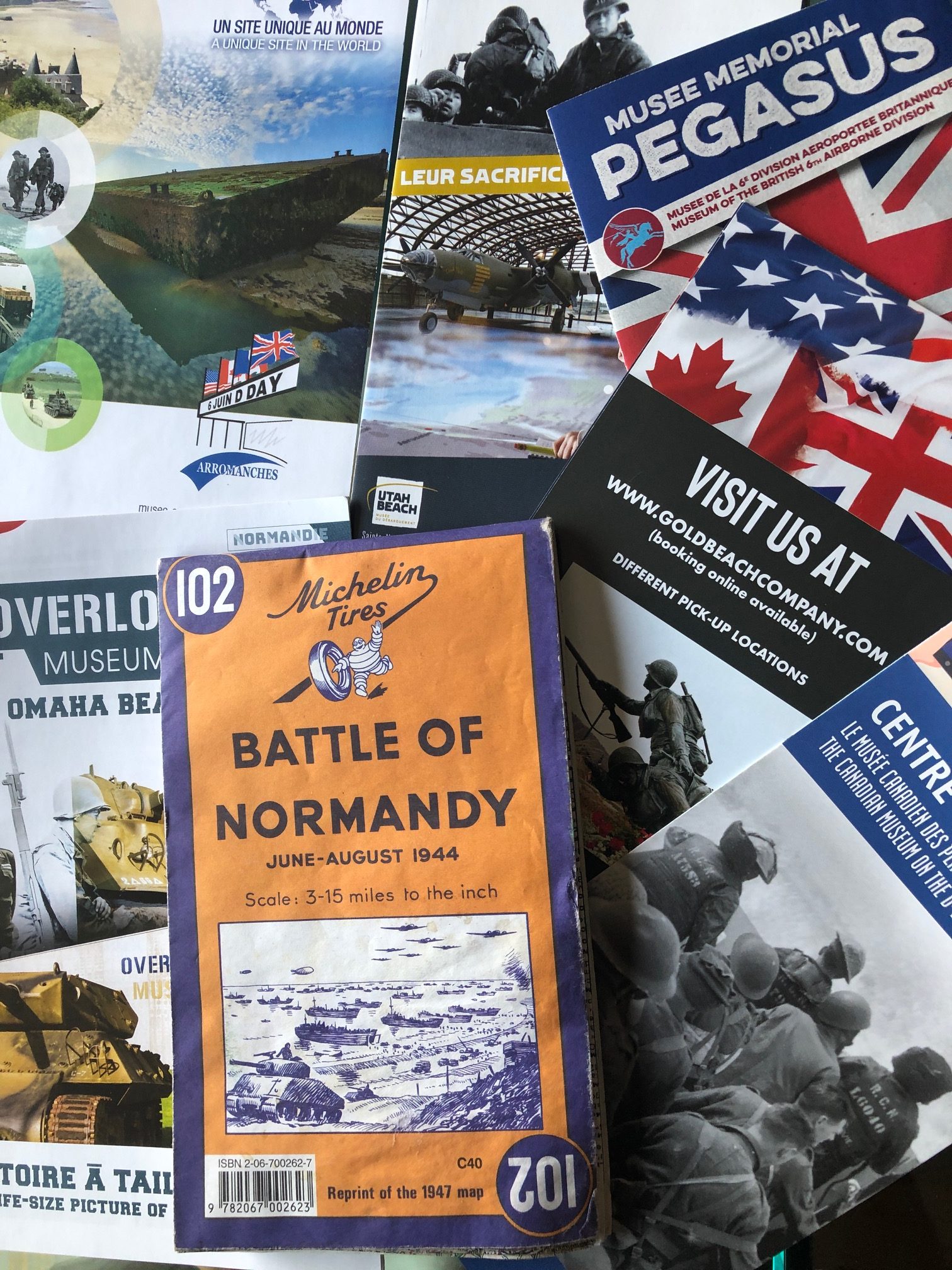 First of all, my blond and I, we rented the appropriate motorcycle to ride this almost one week trip: a brand new Electra Glide for the perfect comfort of madam (my Dyna Clubstyle was not exactly the best bike for two persons).
First of all, my blond and I, we rented the appropriate motorcycle to ride this almost one week trip: a brand new Electra Glide for the perfect comfort of madam (my Dyna Clubstyle was not exactly the best bike for two persons).
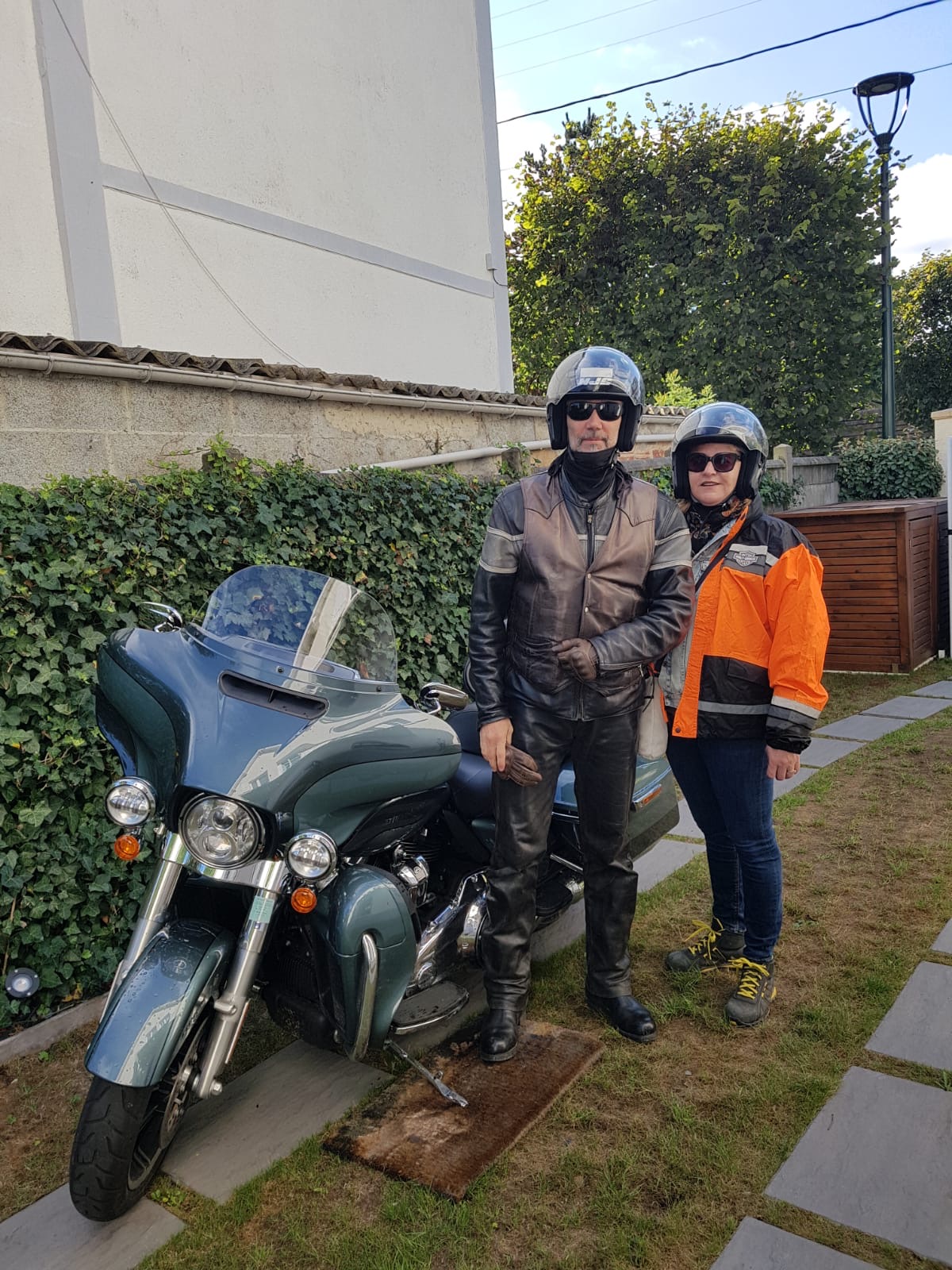 Ha!! There is something you absolutely must know: never entering Normandy without your sunglasses …and your rain suit …
Ha!! There is something you absolutely must know: never entering Normandy without your sunglasses …and your rain suit …
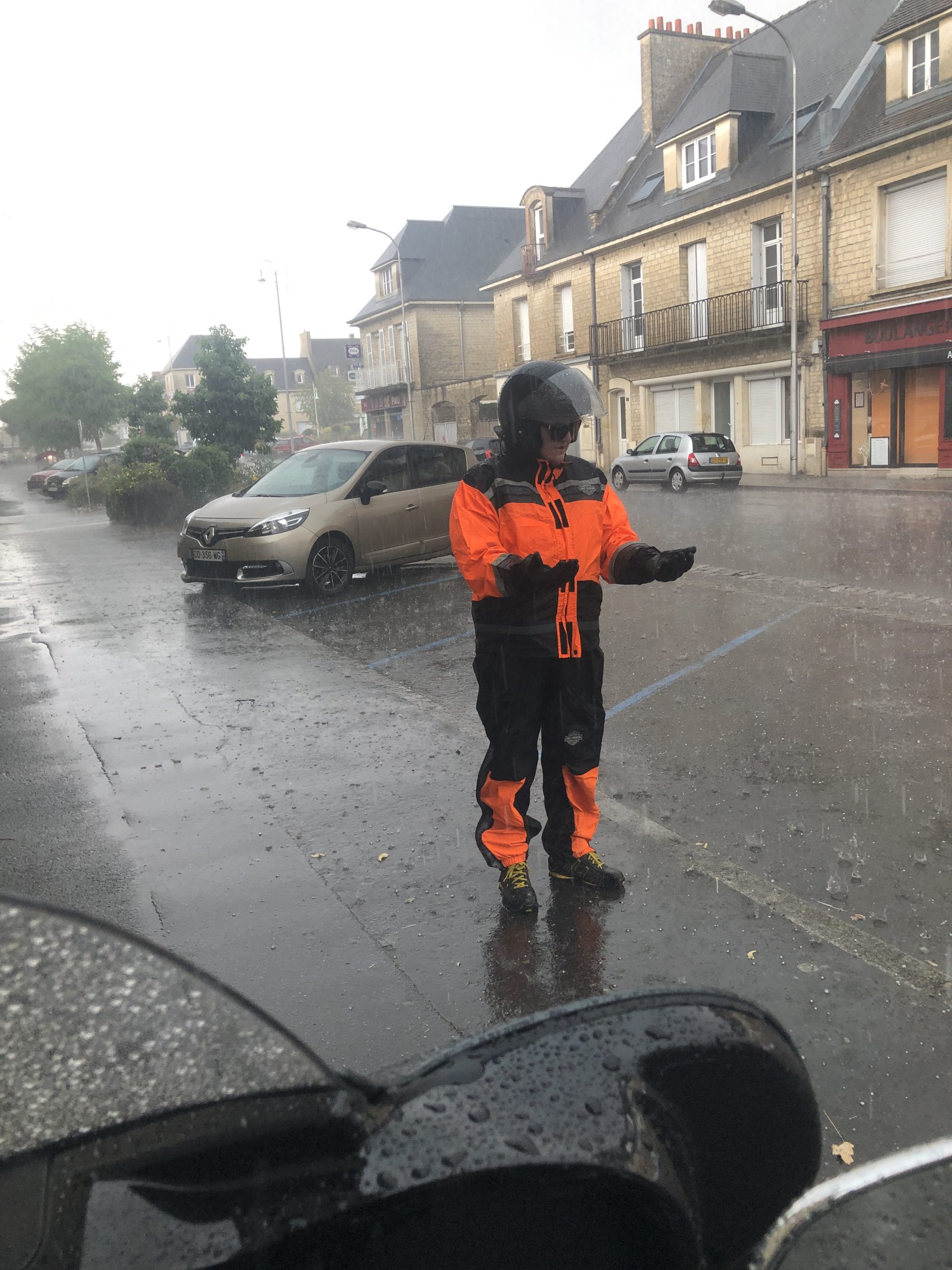 It should be sunny they said … but maybe not … welcome to Normandy.
It should be sunny they said … but maybe not … welcome to Normandy.
 The Electra is absolutely perfect for all these little roads in the beautiful green country side and villages.
The Electra is absolutely perfect for all these little roads in the beautiful green country side and villages.
 We established our basecamp in Chateau d’Andrieux. Yes, we’re maybe heavy bikers but French before all. We love our comfort and enjoy the French way of living …
We established our basecamp in Chateau d’Andrieux. Yes, we’re maybe heavy bikers but French before all. We love our comfort and enjoy the French way of living …
 Our project was, having the following sightseeing tour:
Our project was, having the following sightseeing tour:
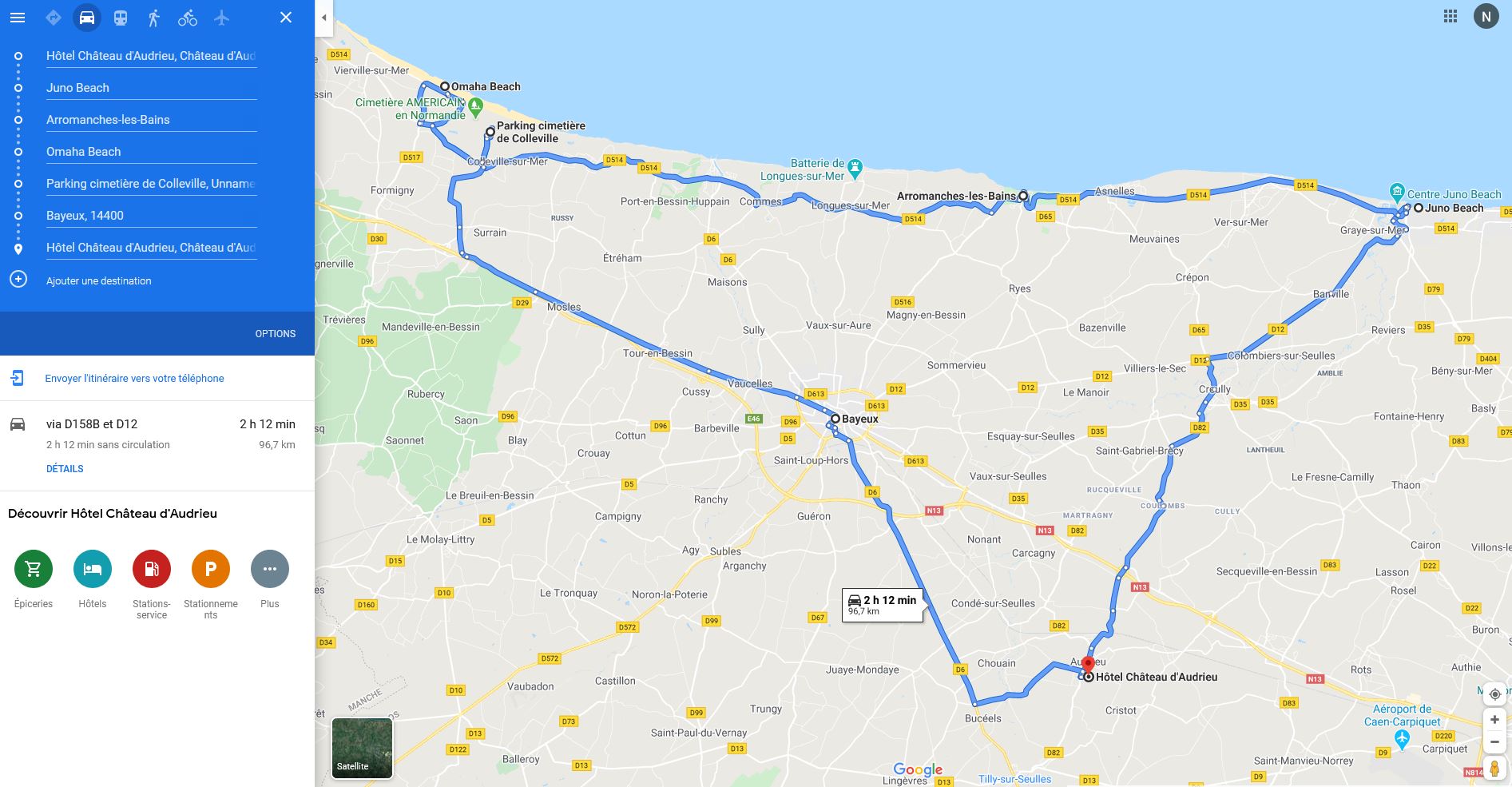 These are the landing beaches:
These are the landing beaches:
But right before the beaches, we wanted to see the famous village of Sainte-Mère l’Eglise.
 Inland from Utah Beach, and crucial to the success of the entire operation, paratroopers of the 82nd and 101st Airborne Division began the invasion well before dawn in and around the town of Sainte-Mère-Église. Like their British counterparts at the eastern edge of the invasion target, their job was to establish a western line to protect the liberated territory from being retaken by German ground forces.
Inland from Utah Beach, and crucial to the success of the entire operation, paratroopers of the 82nd and 101st Airborne Division began the invasion well before dawn in and around the town of Sainte-Mère-Église. Like their British counterparts at the eastern edge of the invasion target, their job was to establish a western line to protect the liberated territory from being retaken by German ground forces.
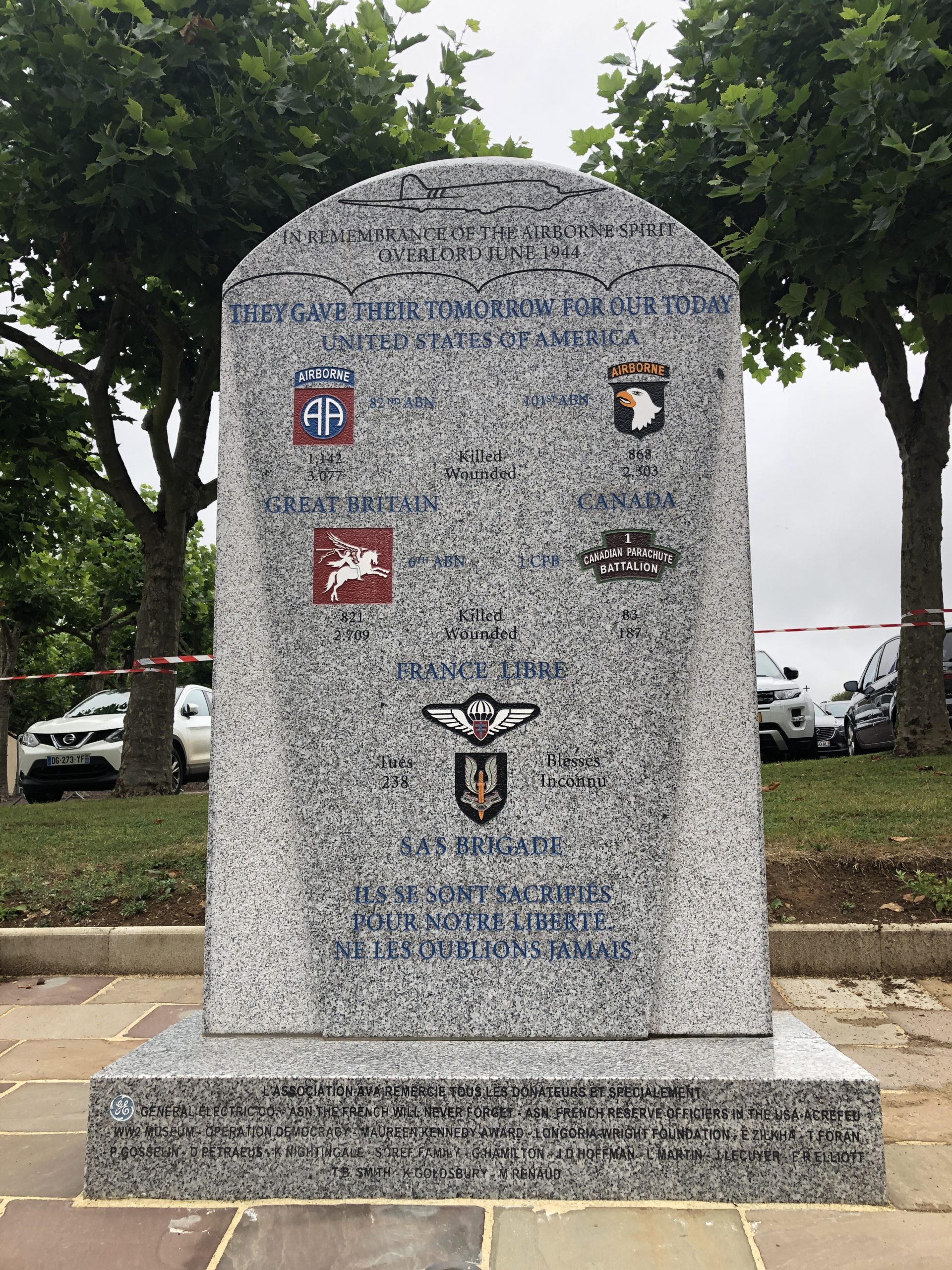 The dramatic story of their dangerous mission is well told in the Airborne Museum, which re-creates some of the experiences of both the landing assault and the townspeople, as Sainte-Mère-Église became the first town in Normandy to be liberated. It was 4:30am when the American flag was raised over Sainte-Mère-Église, 15 minutes before the capture of the Merville Battery securing both ends of the landing zone.
The dramatic story of their dangerous mission is well told in the Airborne Museum, which re-creates some of the experiences of both the landing assault and the townspeople, as Sainte-Mère-Église became the first town in Normandy to be liberated. It was 4:30am when the American flag was raised over Sainte-Mère-Église, 15 minutes before the capture of the Merville Battery securing both ends of the landing zone.
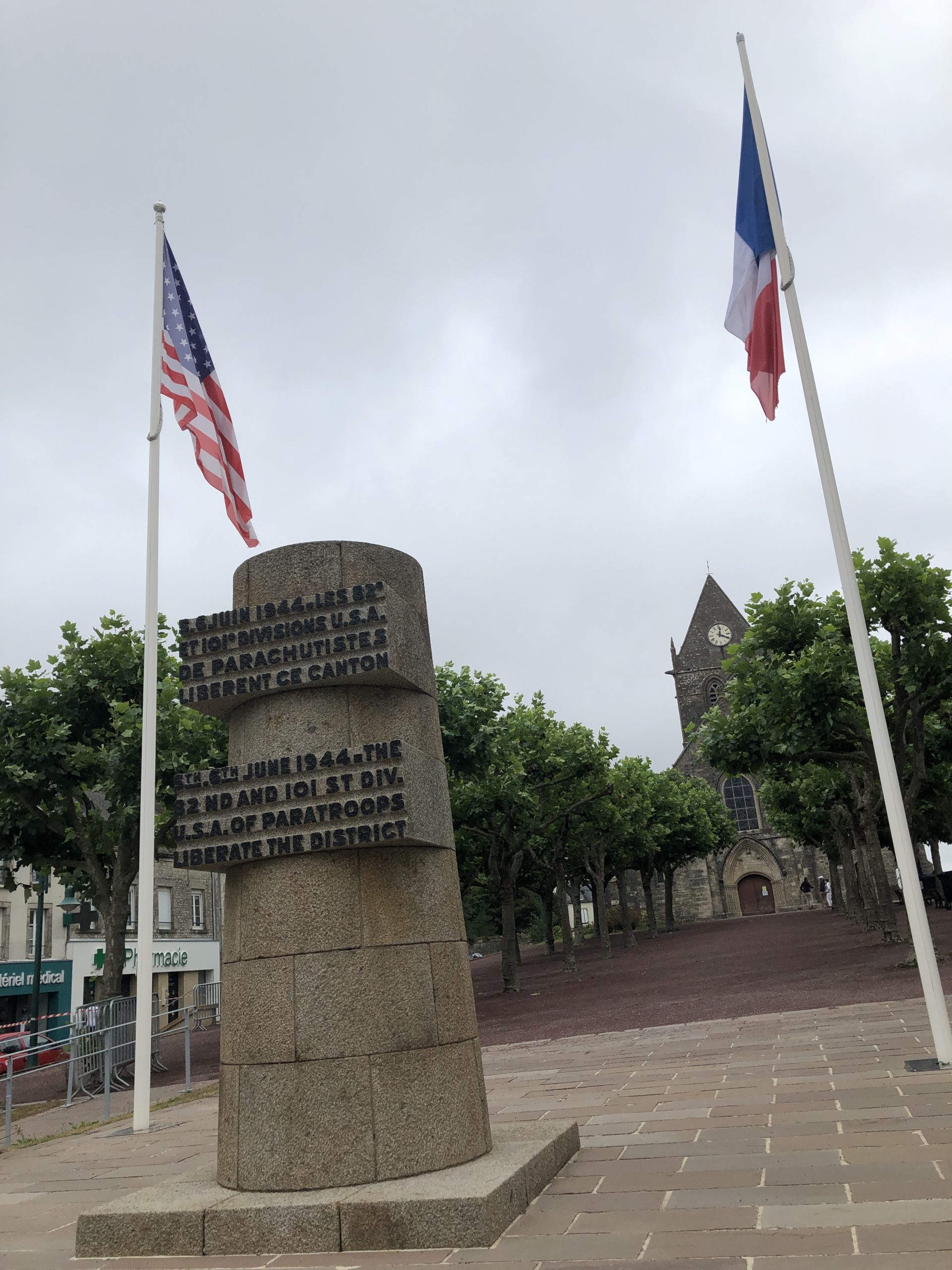 The town’s church still re-creates the scene villagers awoke to, with paratrooper John Steele suspended from his parachute on the church roof. Steele’s medals, memorabilia from several generals and others who took part in the operation, and a C-47 Dakota used in the drops add to the collection of original artifacts used to immerse visitors in the reality of this historic assault that set Operation Overlord in motion.
The town’s church still re-creates the scene villagers awoke to, with paratrooper John Steele suspended from his parachute on the church roof. Steele’s medals, memorabilia from several generals and others who took part in the operation, and a C-47 Dakota used in the drops add to the collection of original artifacts used to immerse visitors in the reality of this historic assault that set Operation Overlord in motion.
This is the westernmost beach of the five landing areas of the Normandy Invasion of World War II. It was invaded on D-Day by elements of the U.S. 4th Infantry Division and was taken with relatively few casualties. In the pre-dawn hours of the landing, units of the 82nd and 101st airborne divisions were air-dropped inland from the landing beach.
 They suffered many casualties from drowning and enemy fire but succeeded in their objective of isolating the invasion forces from defending German units.
They suffered many casualties from drowning and enemy fire but succeeded in their objective of isolating the invasion forces from defending German units.
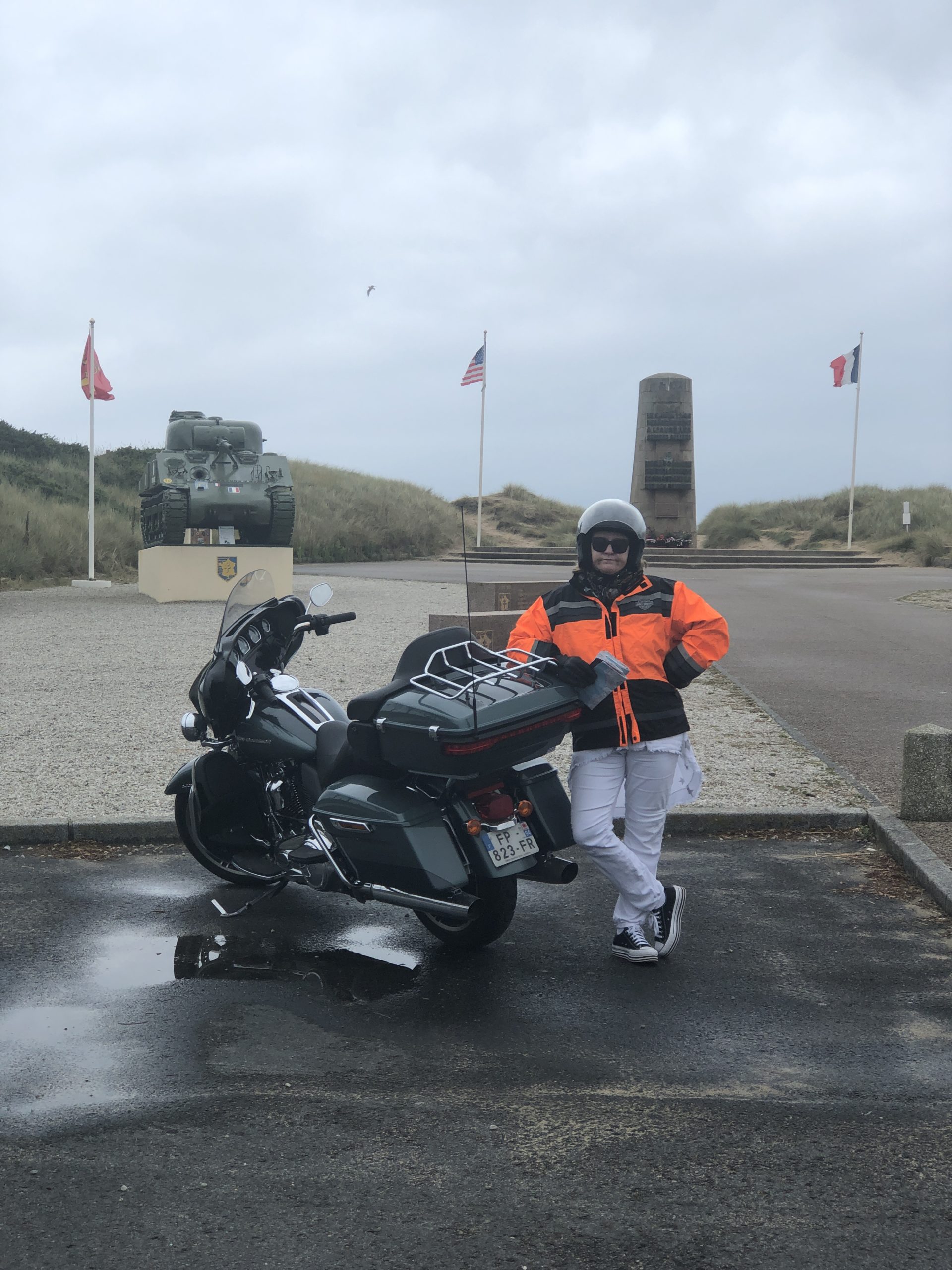 Which is very impressive when you visit this region, it’s the numerous monuments you can find. You have tank monuments almost everywhere.
Which is very impressive when you visit this region, it’s the numerous monuments you can find. You have tank monuments almost everywhere.
It was invaded on June 6, 1944 (D-Day) by units of the U.S. 29th and 1st infantry divisions. Many soldiers drowned during the approach from ships offshore, or were killed by defending fire from German troops surrounding the beach.
Here is a short animated video that explains what happened on the day of the Normandy invasion at Omaha Beach:
 https://www.youtube.com/watch?v=t3P11ENBZyc&feature=youtu.be
https://www.youtube.com/watch?v=t3P11ENBZyc&feature=youtu.be
Omaha beach is sadly famous for the most devastating but glorious moment of the Normandy invasion. It is on this American sector that the number of Allied casualties was highest. This very long sandy beach remain a silent homage to the D-Day and its victims. It has an impressive war memorial monument on the beach, and a museum with artillery equipment from the battle. It is worth a visit if you have time.
 We were not prepared to the great emotion which took us at the American cemetery in Colleville sur mer. I have no words to explain, you just have to go there to visit the place and you will understand …
We were not prepared to the great emotion which took us at the American cemetery in Colleville sur mer. I have no words to explain, you just have to go there to visit the place and you will understand …
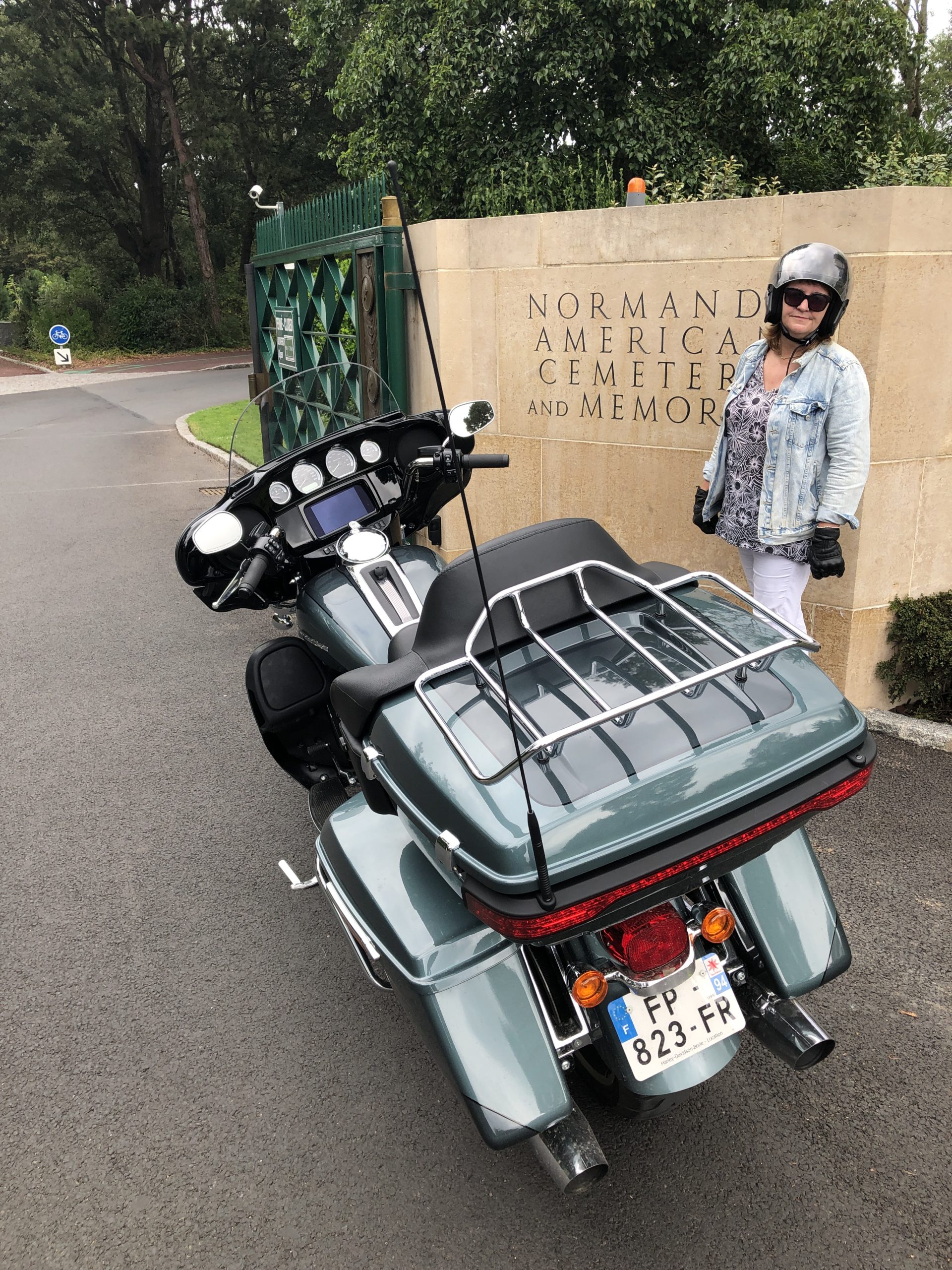 Right above Omaha beach, the American cemetery, stretching away as far as the eye can see, reminds us of the importance of the battle of Normandy in this sector. Omaha beach is key to understanding the US invasion. However if you don’t know much about this historical event – or don’t have a guide to explain it to you in depth – you may well feel like you’ve missed out on something.
Right above Omaha beach, the American cemetery, stretching away as far as the eye can see, reminds us of the importance of the battle of Normandy in this sector. Omaha beach is key to understanding the US invasion. However if you don’t know much about this historical event – or don’t have a guide to explain it to you in depth – you may well feel like you’ve missed out on something.
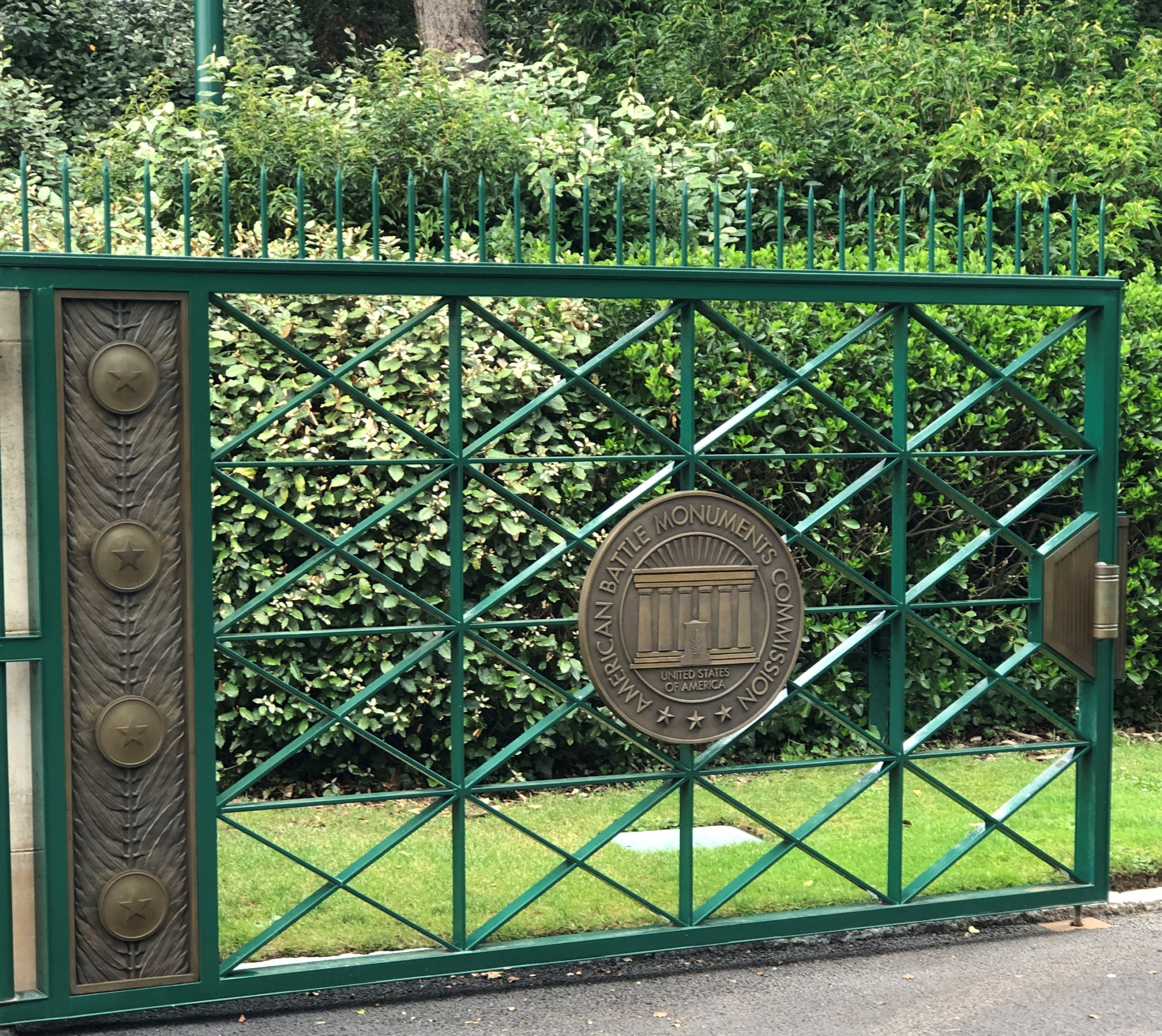 The landing at Omaha Beach went badly from the start and by the end of June 6, the Americans had lost 3,000 men, with as many more wounded or missing. But they had secured a narrow corridor to get supplies and equipment ashore.
The landing at Omaha Beach went badly from the start and by the end of June 6, the Americans had lost 3,000 men, with as many more wounded or missing. But they had secured a narrow corridor to get supplies and equipment ashore.
 It is fitting that this scene of so many casualties should be the location of the American Cemetery, where 9,386 graves are marked with perfectly aligned white marble headstones. You can also visit the Memorial, the Garden of the Missing, and a viewing platform that overlooks Omaha Beach.
It is fitting that this scene of so many casualties should be the location of the American Cemetery, where 9,386 graves are marked with perfectly aligned white marble headstones. You can also visit the Memorial, the Garden of the Missing, and a viewing platform that overlooks Omaha Beach.
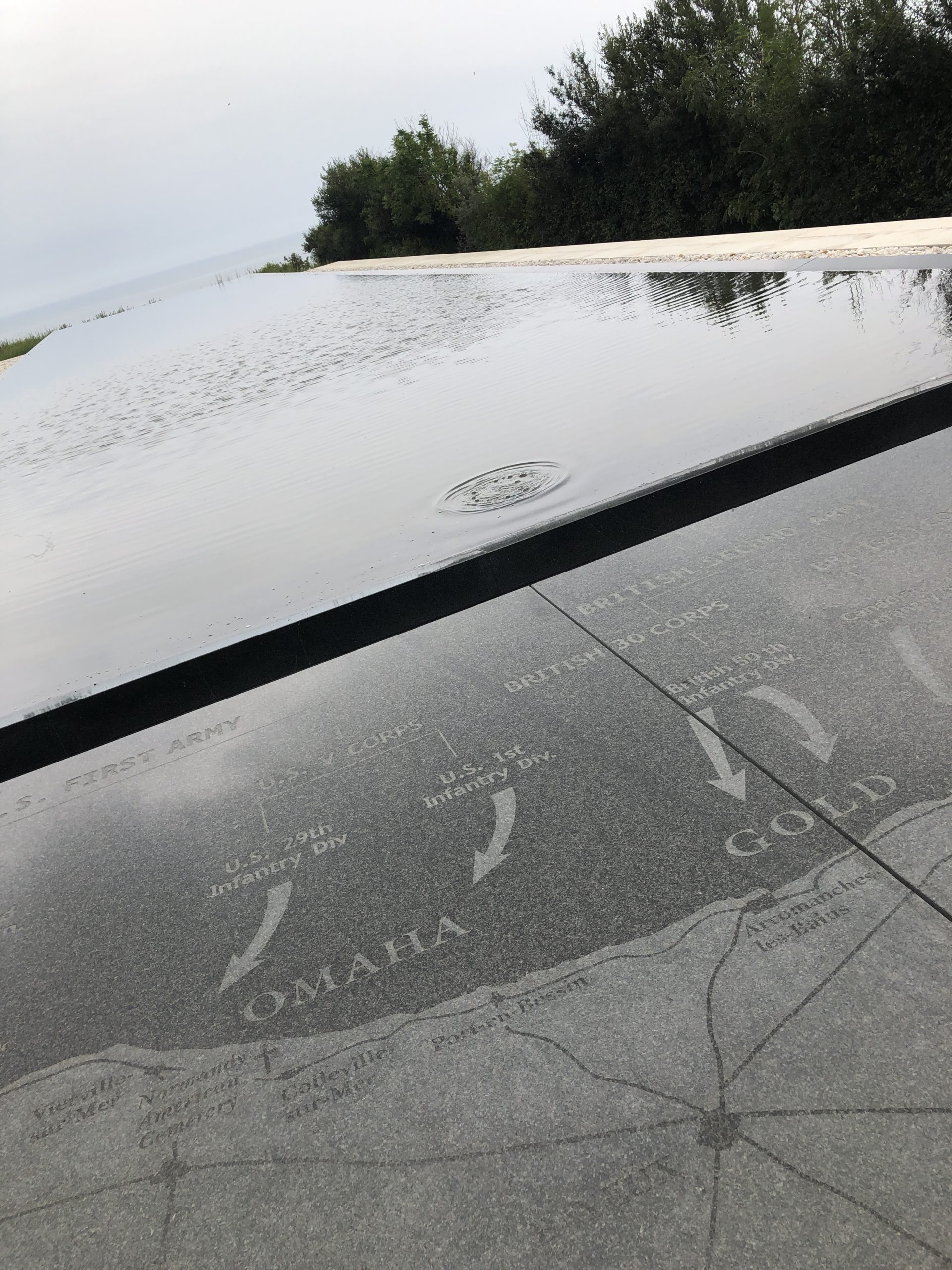 In the Overlord Museum, 10,000 artifacts including vehicles, tanks, and cannons are used to create realistic life-sized replicas of scenes from the D-Day landings and the subsequent operations culminating in the liberation of Paris.
In the Overlord Museum, 10,000 artifacts including vehicles, tanks, and cannons are used to create realistic life-sized replicas of scenes from the D-Day landings and the subsequent operations culminating in the liberation of Paris.
Gold Beach was the centre beach of the five designated landing areas of the Normandy Invasion of World War II. It was taken by units of the British 50th Infantry Division. The landing area code-named Gold Beach was five miles wide. On the western end of the beach was the small port of Arromanches, and slightly west of that port was the town of Longues-sur-Mer (and the German Battery).
The lack of large harbors along this stretch of the Normandy coast was both a plus and a minus to the allied forces. While it allowed them the element of surprise because the Germans thought they wouldn’t try a massive landing here, it also created the problem of how to get men and heavy equipment ashore on soft sand beaches and marshes that were both open and heavily defended.
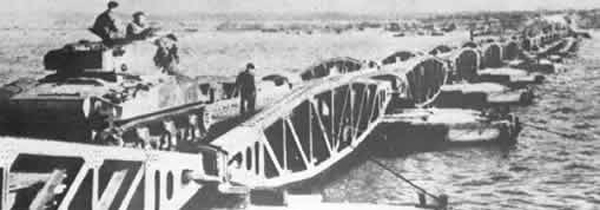 The allied answer was to construct a massive artificial port. Huge concrete caissons were towed across the channel and sunk offshore to create a breakwater and a harbor inside its protection, where long floating roads were assembled to offload tanks and equipment. Remains of this Mulberry Harbor can be seen today at Arromanches, where British forces landed under brutal fire.
The allied answer was to construct a massive artificial port. Huge concrete caissons were towed across the channel and sunk offshore to create a breakwater and a harbor inside its protection, where long floating roads were assembled to offload tanks and equipment. Remains of this Mulberry Harbor can be seen today at Arromanches, where British forces landed under brutal fire.
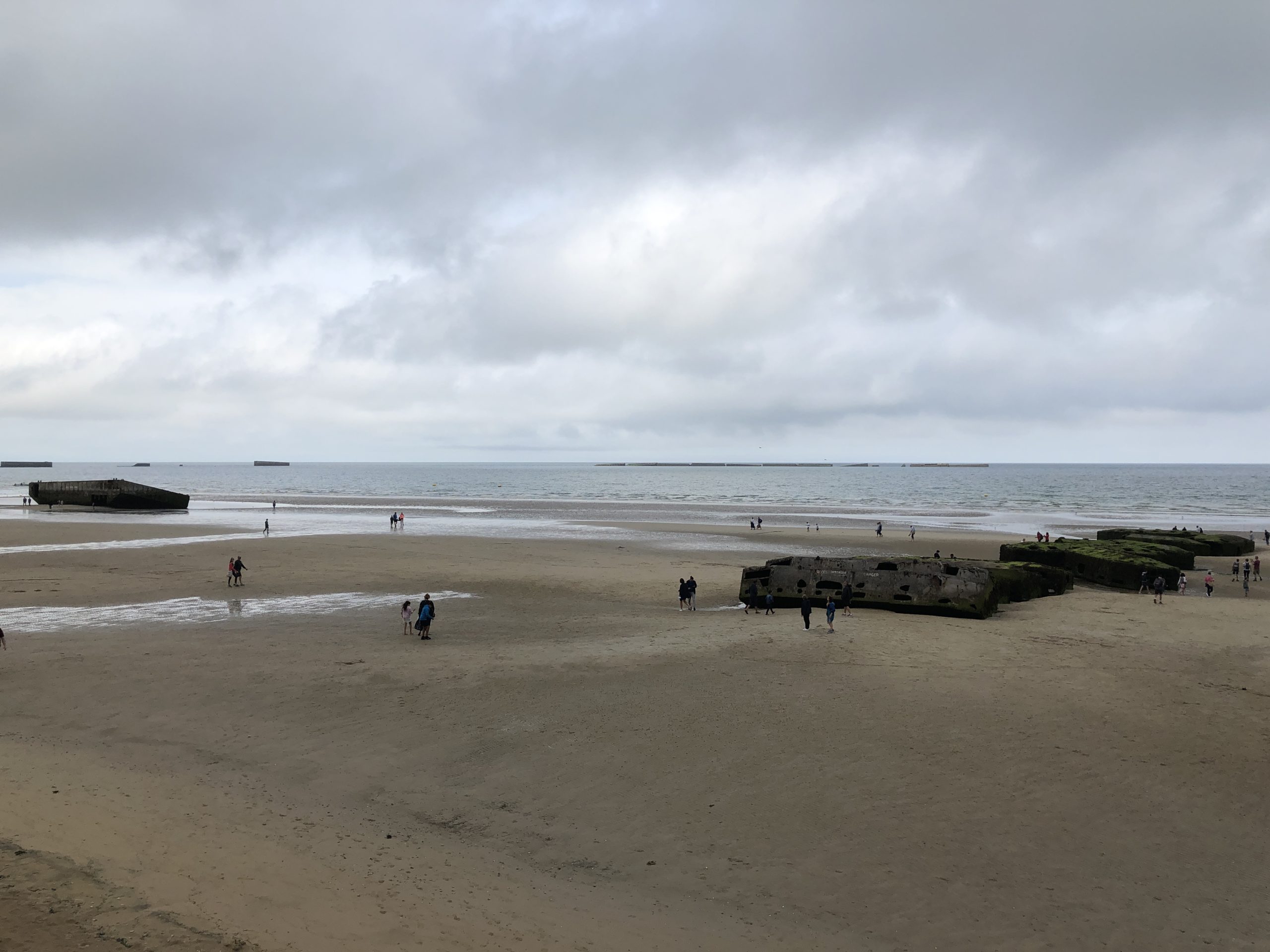 Despite heavy casualties, by 4pm on June 6, British tanks began rolling ashore here. Although one of the two Mulberry Harbors was destroyed in a storm, by the time it was replaced by the liberation of the Port of Cherbourg, more than 500,000 tons of equipment and supplies had entered this artificial port.
Despite heavy casualties, by 4pm on June 6, British tanks began rolling ashore here. Although one of the two Mulberry Harbors was destroyed in a storm, by the time it was replaced by the liberation of the Port of Cherbourg, more than 500,000 tons of equipment and supplies had entered this artificial port.
 Just west of Arromanches, at Longues-sur-Mer, you can visit sections of the Atlantic Wall, including a battery with a German range-finding post and four casemates, each of which housed a 150-mm artillery piece.
Just west of Arromanches, at Longues-sur-Mer, you can visit sections of the Atlantic Wall, including a battery with a German range-finding post and four casemates, each of which housed a 150-mm artillery piece.
Although the magnitude of the invasion, the difficulty of the highly defended terrain, and its tremendous cost in human lives will strike you again and again as you tour these beaches, one of the most gripping relics of D-Day is atop the soaring cliffs of Pointe du Hoc. The entire clifftop is pocked with bomb craters, and huge batteries lie askew where they were exploded off their foundations.
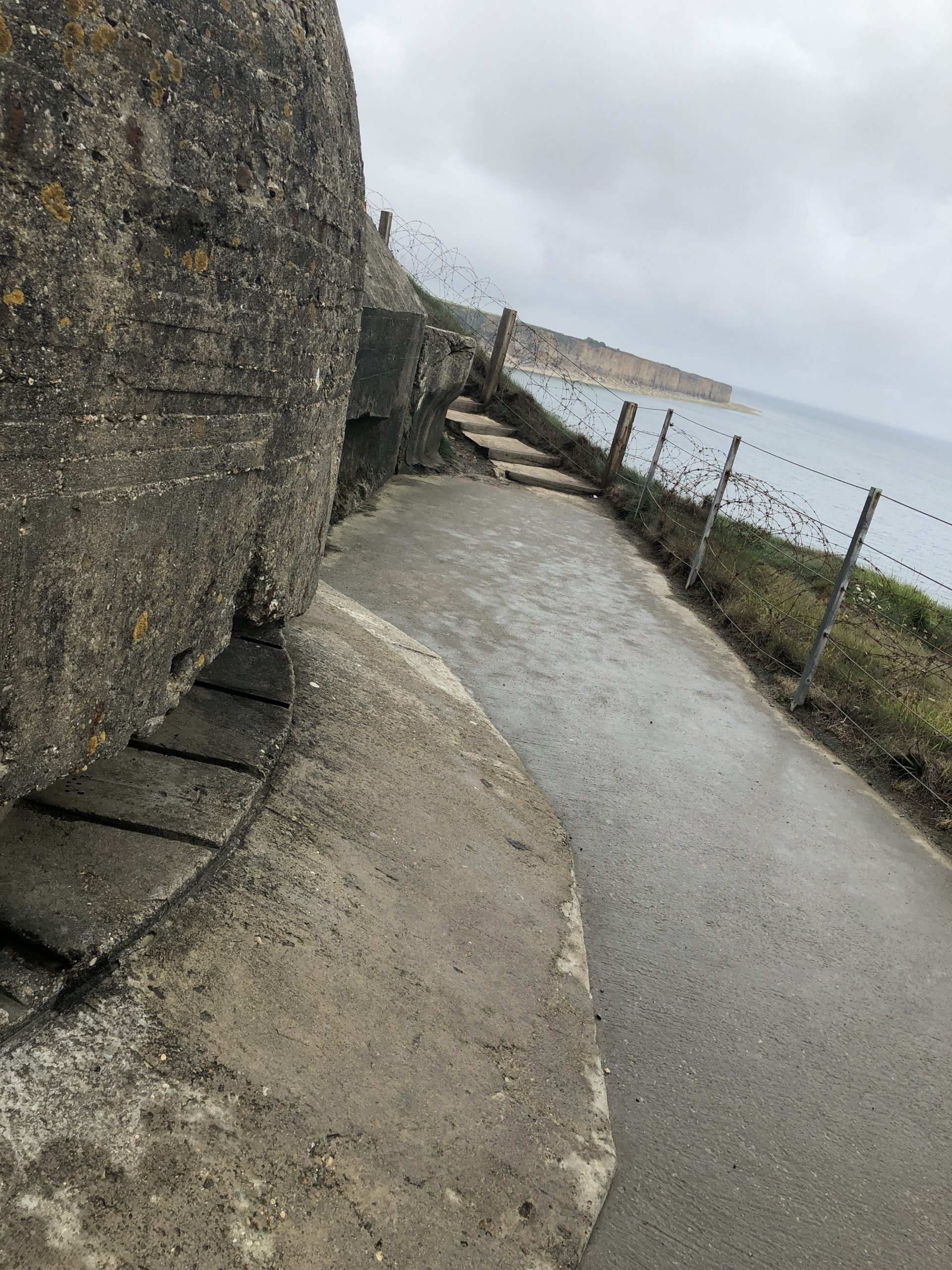 Stand at the top of the rough 100-foot cliffs and imagine the US Rangers who scaled them after landing on the narrow beach below at 6:40am on June 6. The scene has been left as it was and is an official war grave for the men who still lie beneath the ruins.This point was important because it was the highest land between Omaha and Utah beaches and could thus fire upon both of them. In fact, its long-range guns had been moved elsewhere, but the allies had no way of knowing this.
Stand at the top of the rough 100-foot cliffs and imagine the US Rangers who scaled them after landing on the narrow beach below at 6:40am on June 6. The scene has been left as it was and is an official war grave for the men who still lie beneath the ruins.This point was important because it was the highest land between Omaha and Utah beaches and could thus fire upon both of them. In fact, its long-range guns had been moved elsewhere, but the allies had no way of knowing this.
At 10 minutes past midnight on June 6, the first parachutist landed just east of Ouistreham and at 12:20am, six gliders crash-landed beside the Caen Canal with 45 men. Subsequent landings dropped a total of 6,000 men of the British 6th Airborne Division with supplies and weapons.
 Their mission was to seize and hold the bridge over the canal to prevent German land reinforcements from reaching the assault target area, and at the same time keeping the bridge open and intact for allied forces to move eastward.
Their mission was to seize and hold the bridge over the canal to prevent German land reinforcements from reaching the assault target area, and at the same time keeping the bridge open and intact for allied forces to move eastward.
 The current bridge looks very much like the original, which you can see – and cross – at the Pegasus Bridge Museum, on the Bénouville side of the canal, where there is also a full-size replica of a Horsa Glider and a large section of one of the originals used in the landing. Café Gondrée, the first house in France to be liberated, on the Ouistreham side of the canal, is now a tearoom and shop.
The current bridge looks very much like the original, which you can see – and cross – at the Pegasus Bridge Museum, on the Bénouville side of the canal, where there is also a full-size replica of a Horsa Glider and a large section of one of the originals used in the landing. Café Gondrée, the first house in France to be liberated, on the Ouistreham side of the canal, is now a tearoom and shop.
 A short drive east of Pegasus Bridge in Merville-Franceville and guarding the coast at the eastern flank of the D-Day invasion, the Merville Battery consisted of multiple bunkers that had withstood repeated allied air attacks. The position was finally taken by British paratroopers, but the structures remained intact. You can tour the bunkers and become immersed in the attack in a sound-and-light show that includes realistic details such as smoke.
A short drive east of Pegasus Bridge in Merville-Franceville and guarding the coast at the eastern flank of the D-Day invasion, the Merville Battery consisted of multiple bunkers that had withstood repeated allied air attacks. The position was finally taken by British paratroopers, but the structures remained intact. You can tour the bunkers and become immersed in the attack in a sound-and-light show that includes realistic details such as smoke.
Juno Beach was the second beach from the east – after Sword Beach – among the five landing areas of the Normandy Invasion. Troops from the Canadian 3rd Infantry Division landed there on D-Day, taking heavy casualties in the first wave. However, by the end of the day, they succeeded in taking control of the area. The landing area code-named Juno Beach was six miles wide and stretched on the small fishing port of Courseulles-sur-Mer. Canadian travelers will find answers to all their questions in the very interesting Juno Beach visitors Center.
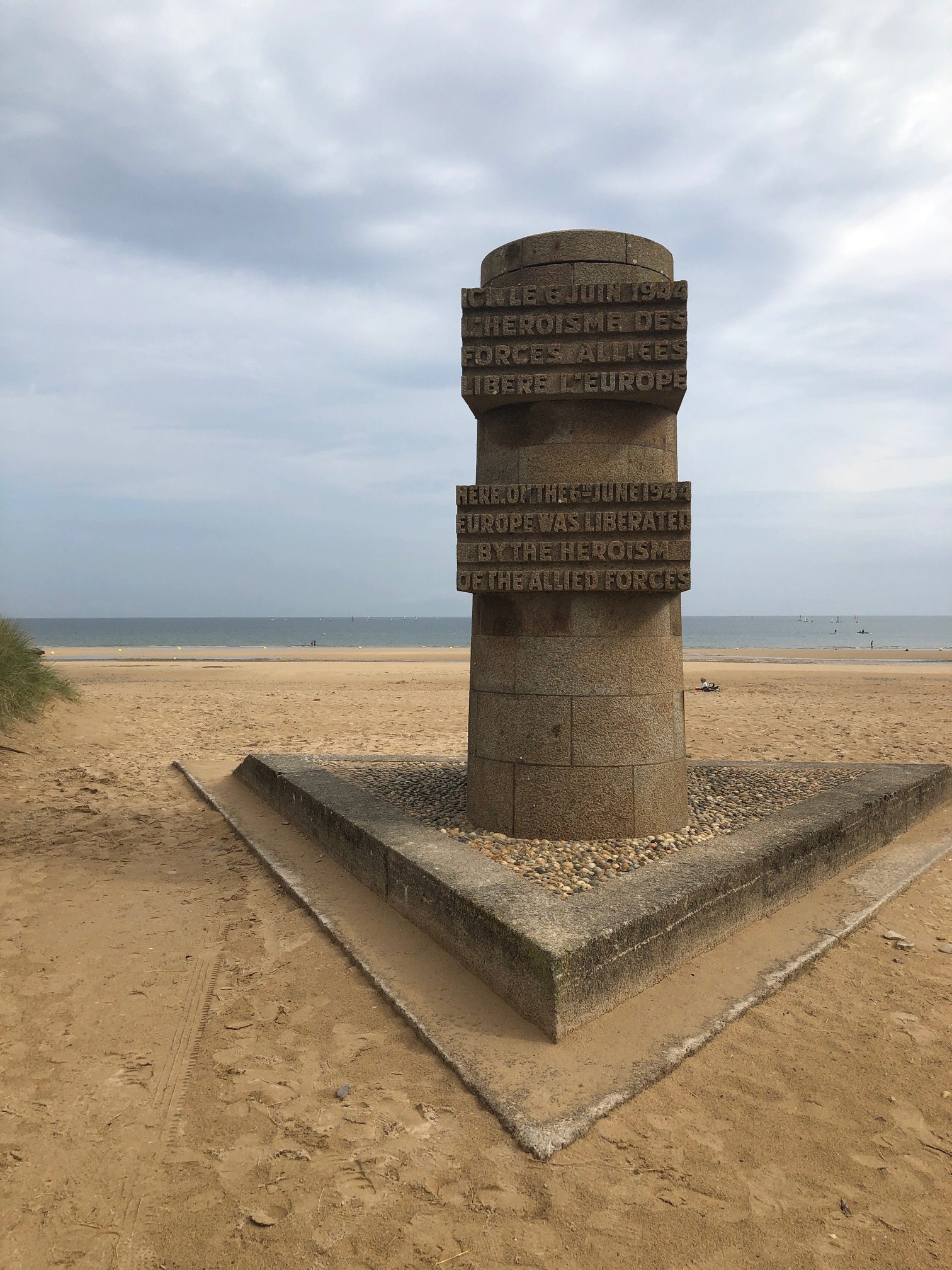 This is a Churchill AVRE tank used by the Royal Engineers 26th Assault Regiment on D-Day. It carried a four man crew and it was armed with a Petard mortar capable of destroying hard targets like seawalls and bunkers. It was also equipped with bridging equipment.
This is a Churchill AVRE tank used by the Royal Engineers 26th Assault Regiment on D-Day. It carried a four man crew and it was armed with a Petard mortar capable of destroying hard targets like seawalls and bunkers. It was also equipped with bridging equipment.
During the battle, the tank was knocked out and pushed into a bomb crater. Another AVRE placed a bridge over it so traffic could pass over it and exit the beach. After the war the hole filled in entombing the tank. In 1976, a British Army team excavated the tank, which was later restored and displayed at this location.
Sword Beach, the easternmost beach of the five landing areas, was invaded by units of the British 3rd Division, with French and British commandos attached. Shortly after midnight on D-Day morning, elements of the 6th Airborne Division seized bridges just inland from the beach and also silenced artillery pieces that threatened the seaborne landing forces.
Not so well known by Anglo-Saxon travelers (but even by French tourist as us, and it was a real surprise) there are also German cemeteries in Normandy. The most visited is La Cambe. It is composed of an impressive necropolis surrounded a gigantic lawn, where 21.500 soldiers who died during the Normandy Invasion are now resting.
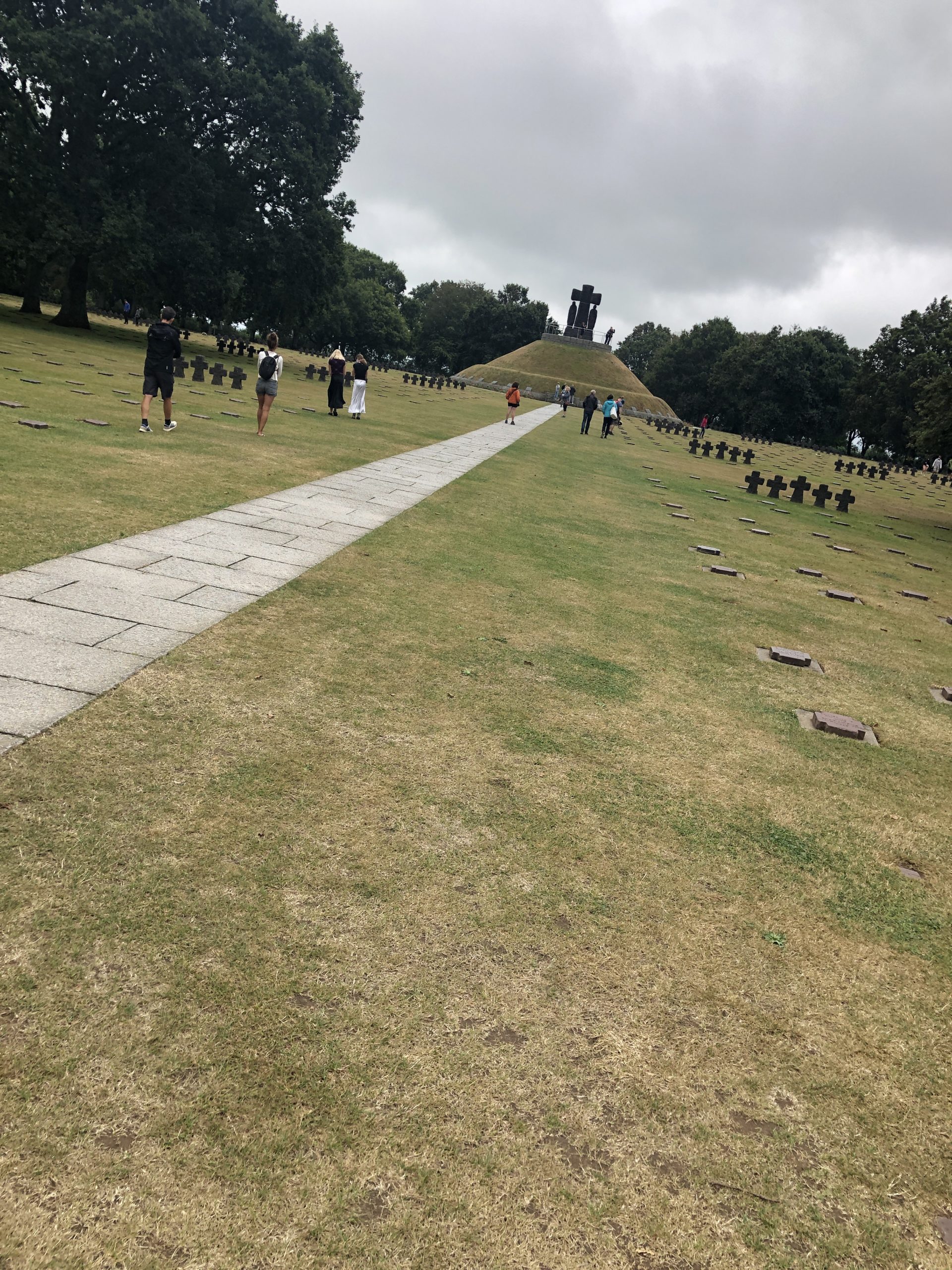 Beyond the incredible number of soldiers who has been killed, in both camps, we have been very impressed by their young age … so many of them were almost teenagers …
Beyond the incredible number of soldiers who has been killed, in both camps, we have been very impressed by their young age … so many of them were almost teenagers …
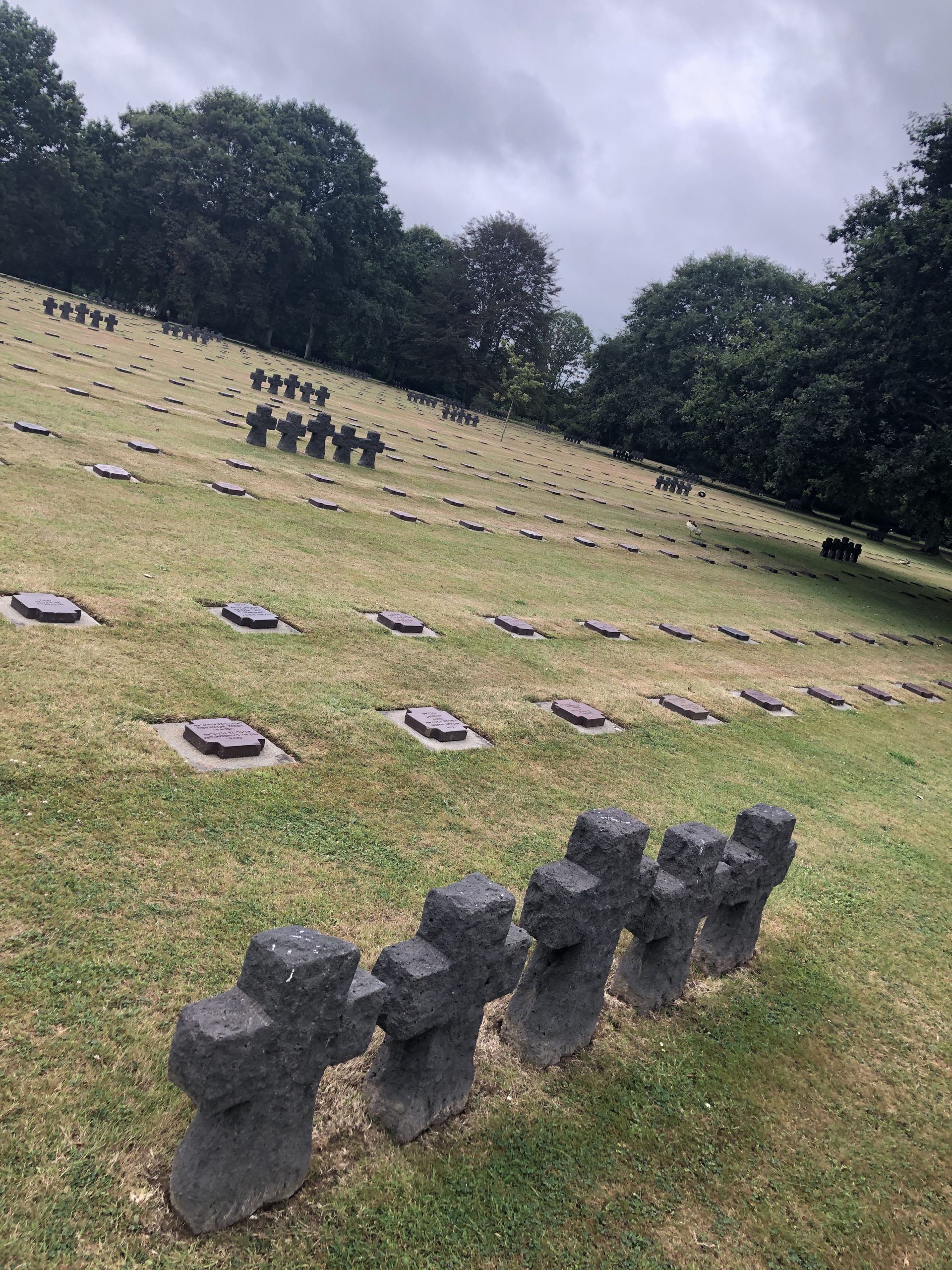 This year, the ambiance in Normandy was very special: because of the covid-crisis, none Britons or American tourists or Vet’ were there. We missed you guys, hope in 2121 you will be back and that I’ll have the pleasure to make you discover this incredible beautiful and historical part of my country.
This year, the ambiance in Normandy was very special: because of the covid-crisis, none Britons or American tourists or Vet’ were there. We missed you guys, hope in 2121 you will be back and that I’ll have the pleasure to make you discover this incredible beautiful and historical part of my country.
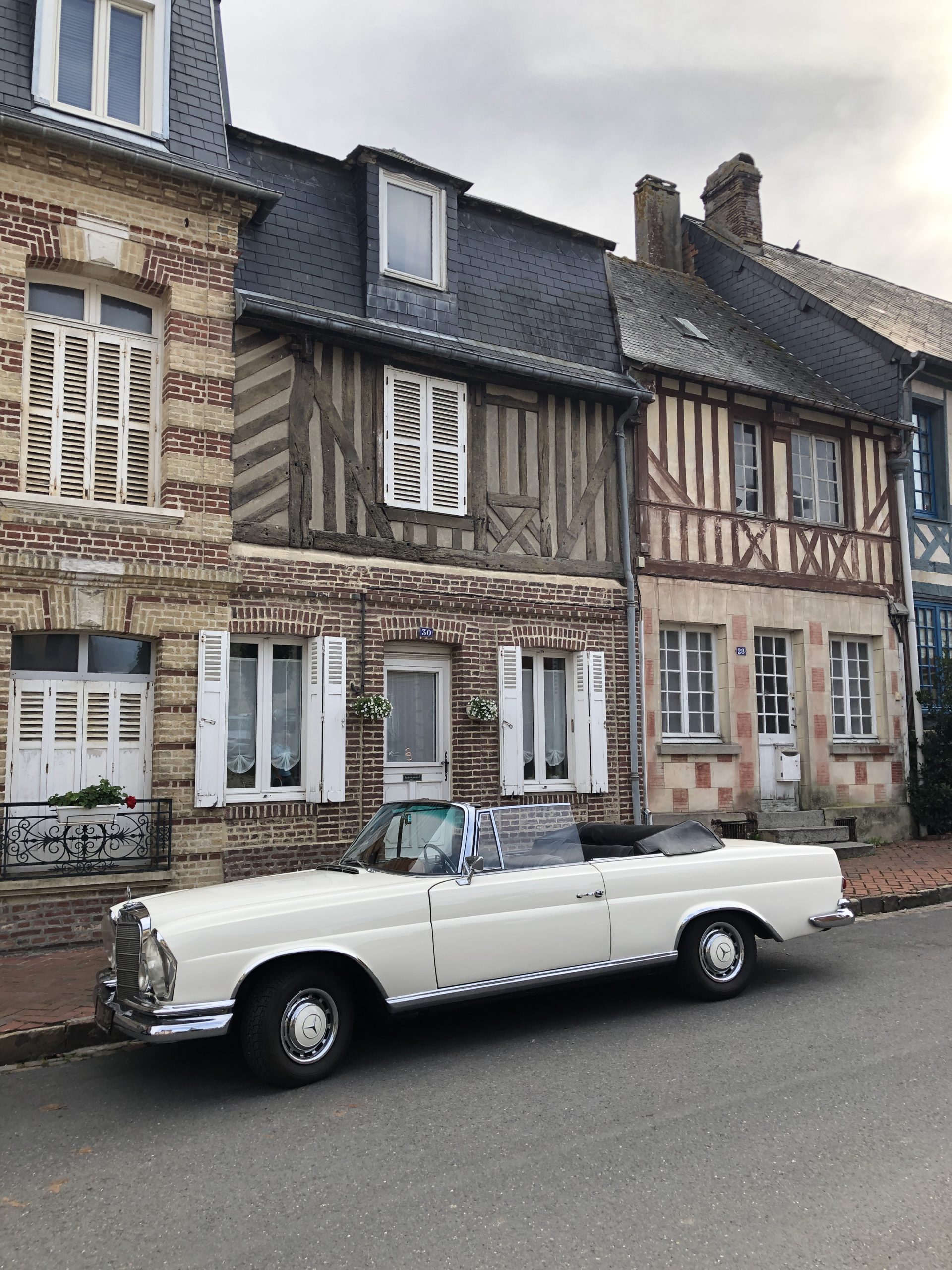 See ya soon on the road, who knows?
See ya soon on the road, who knows?
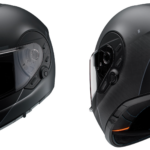

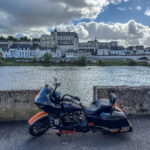

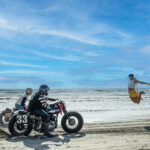

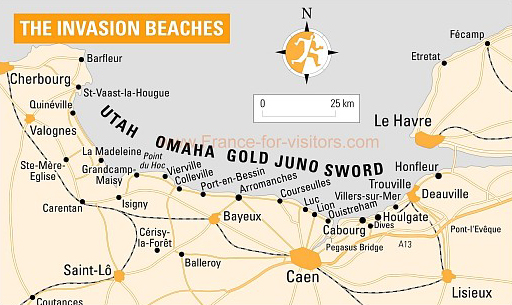

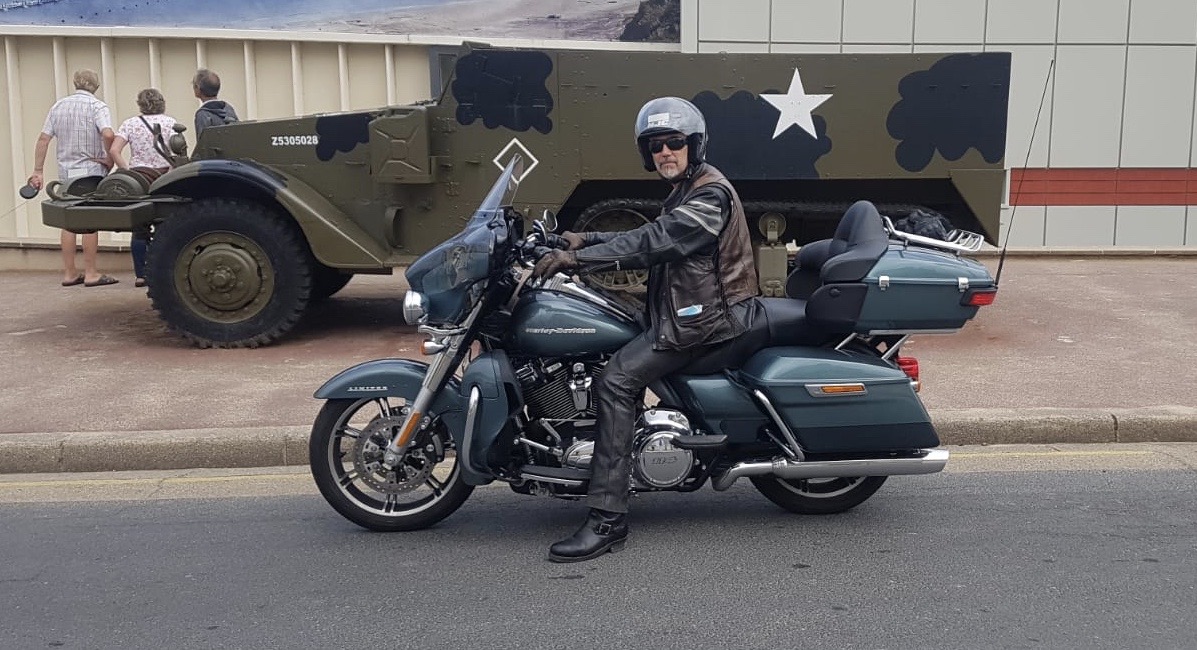
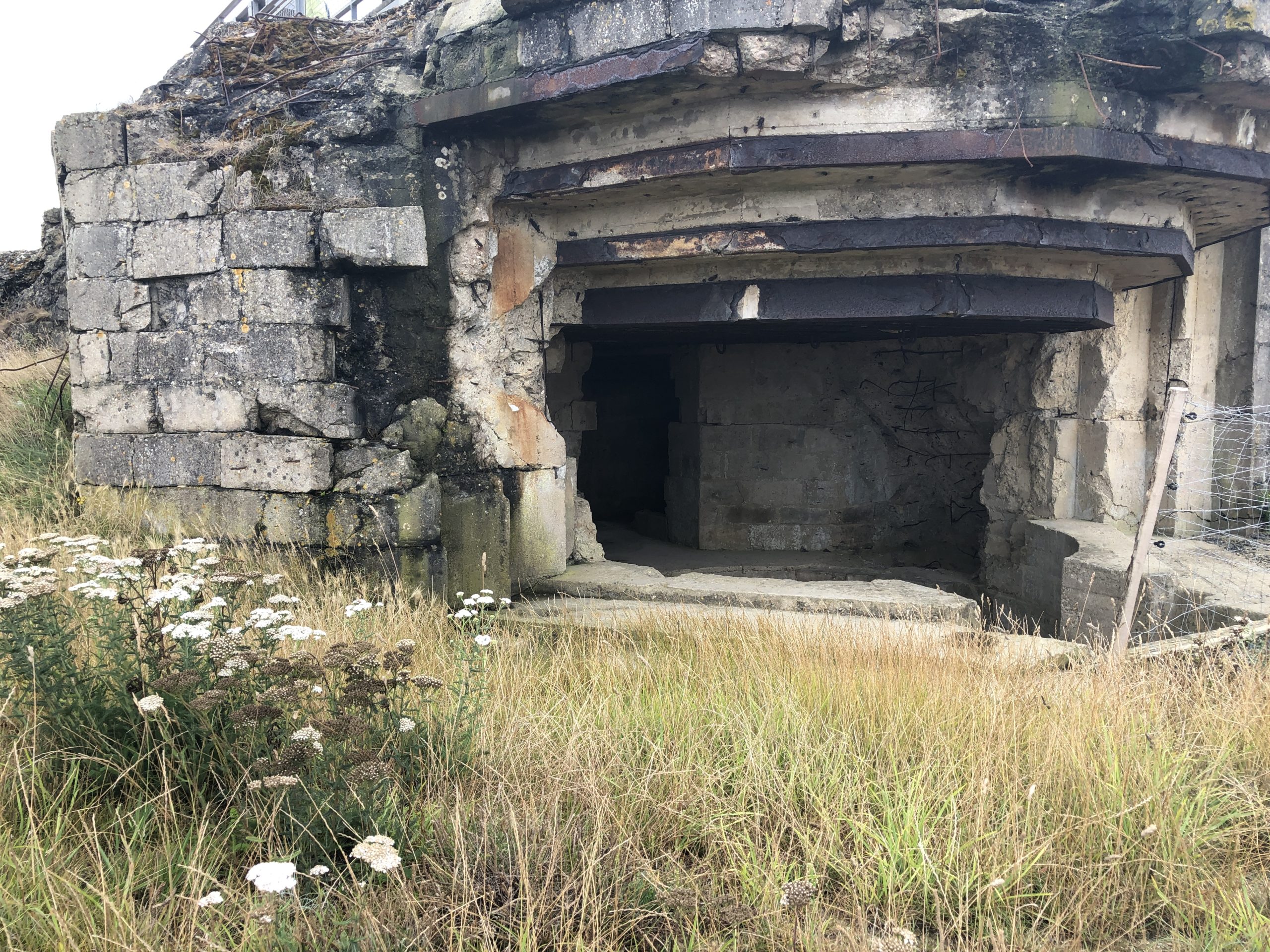
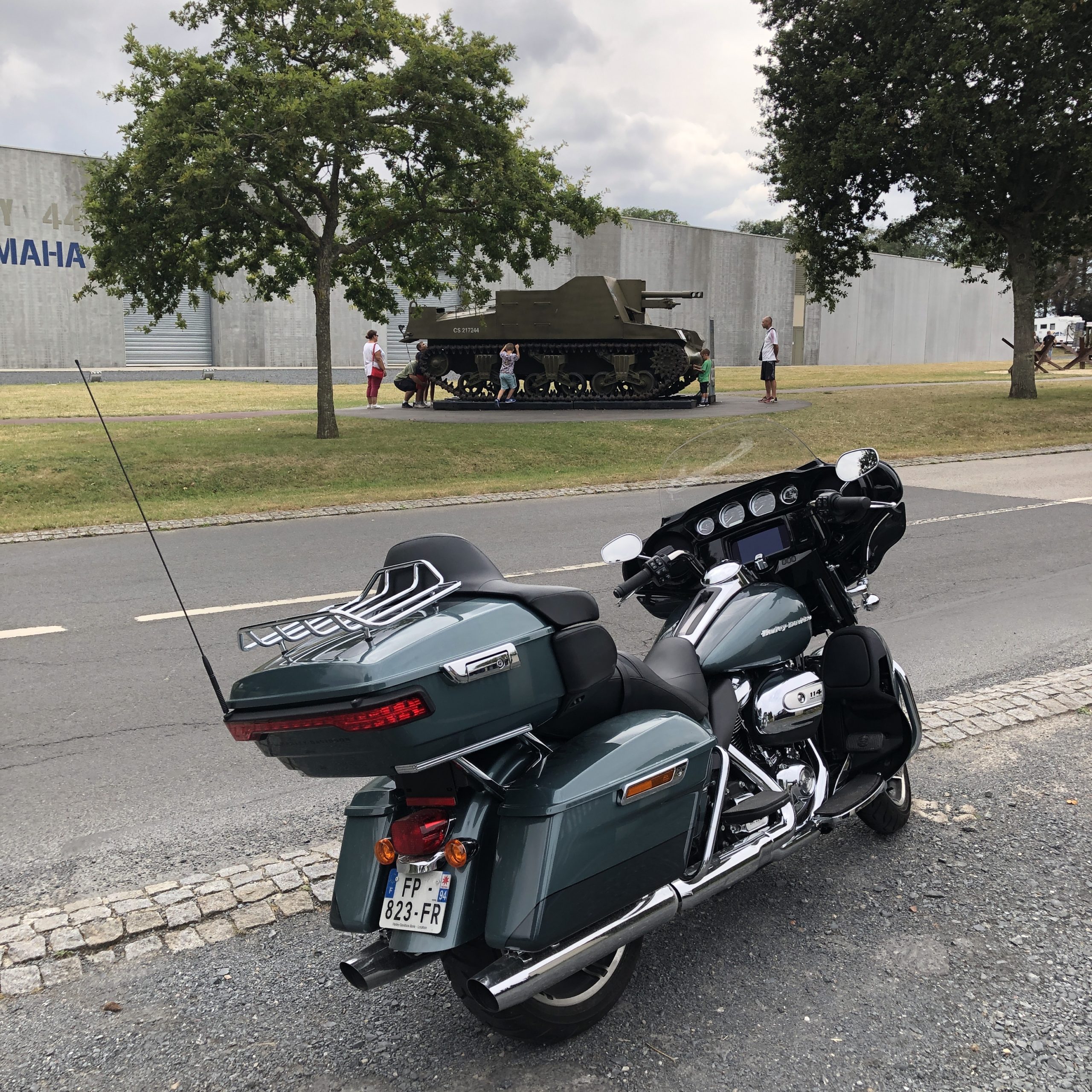
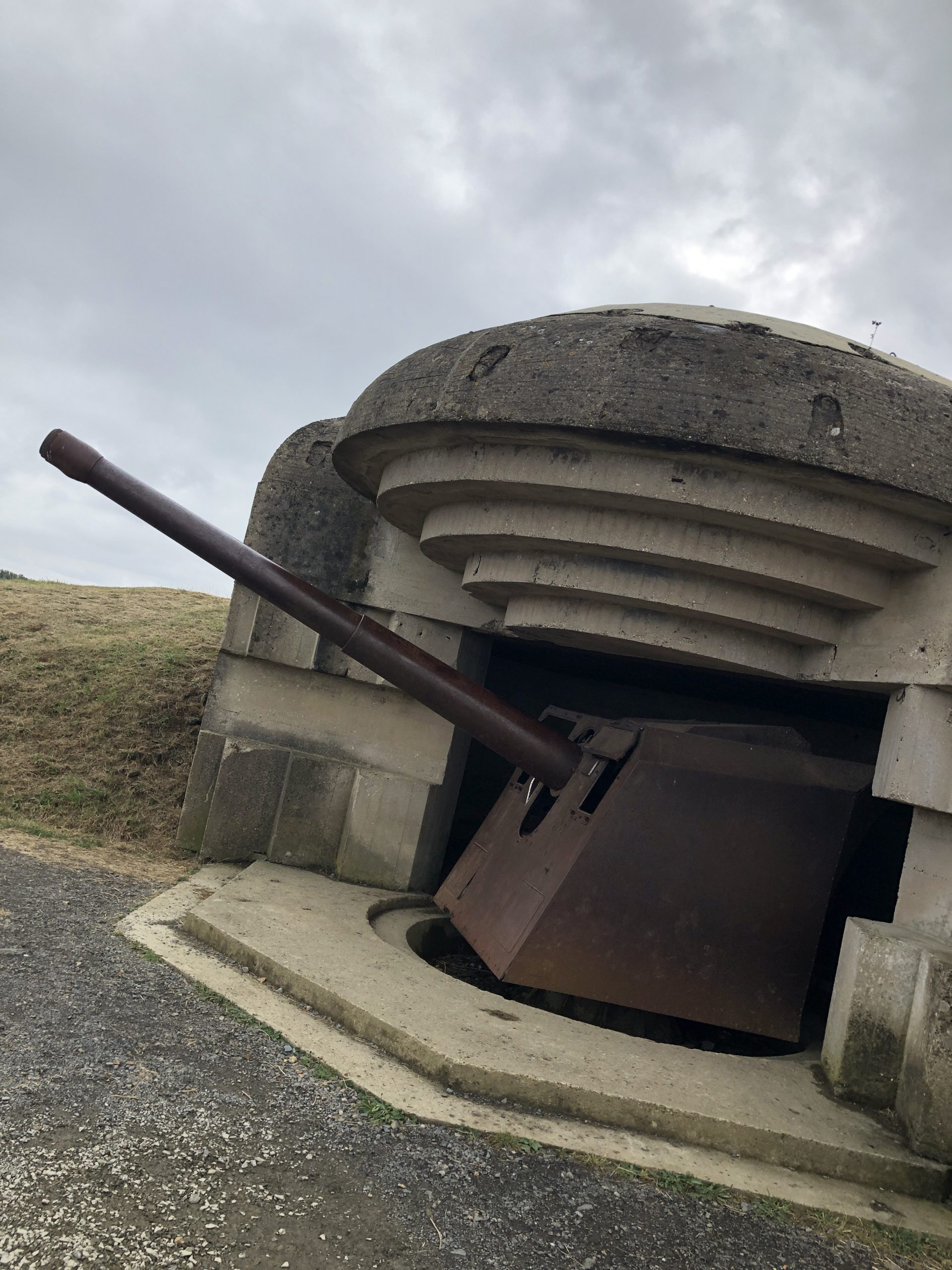
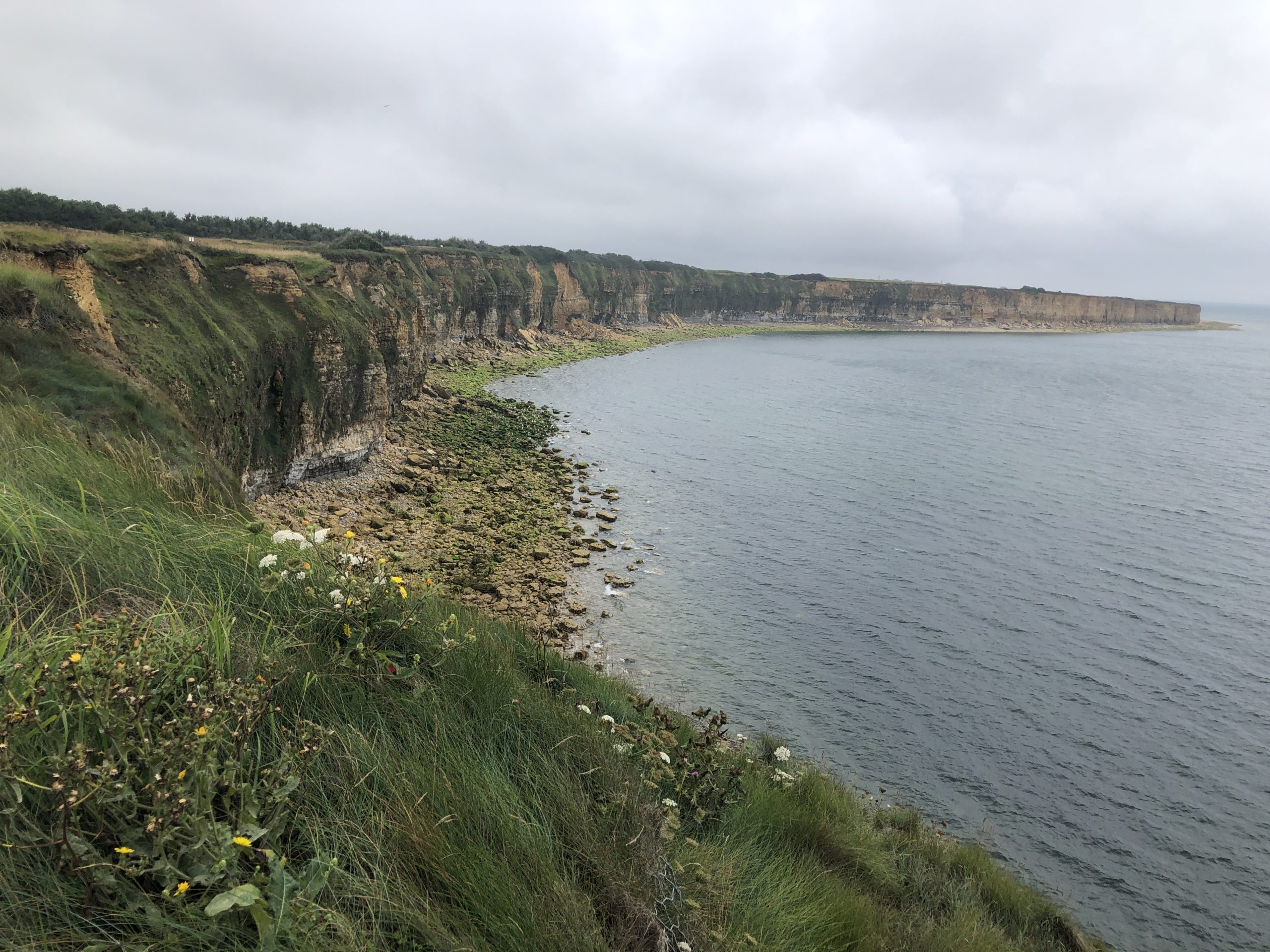
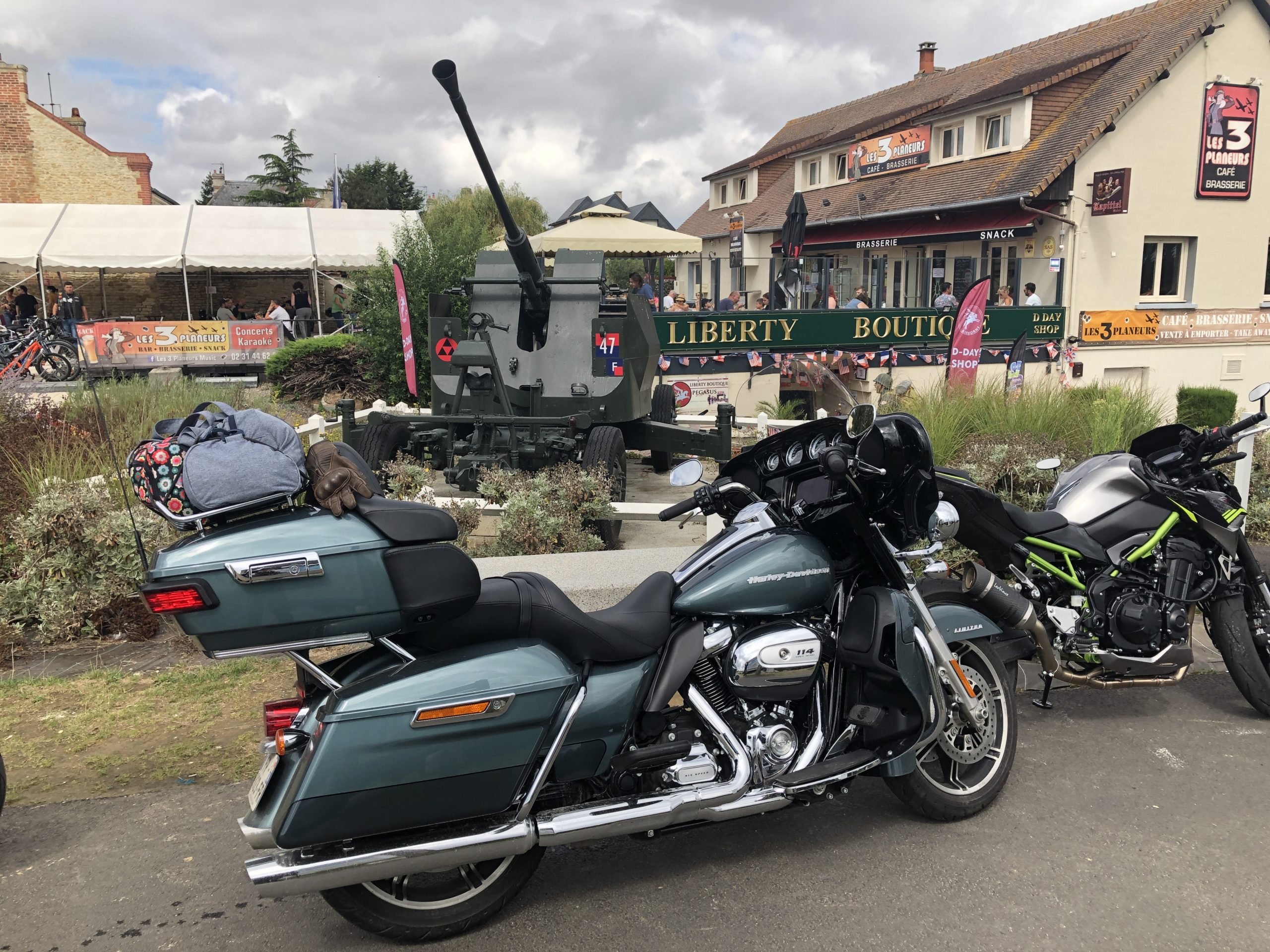
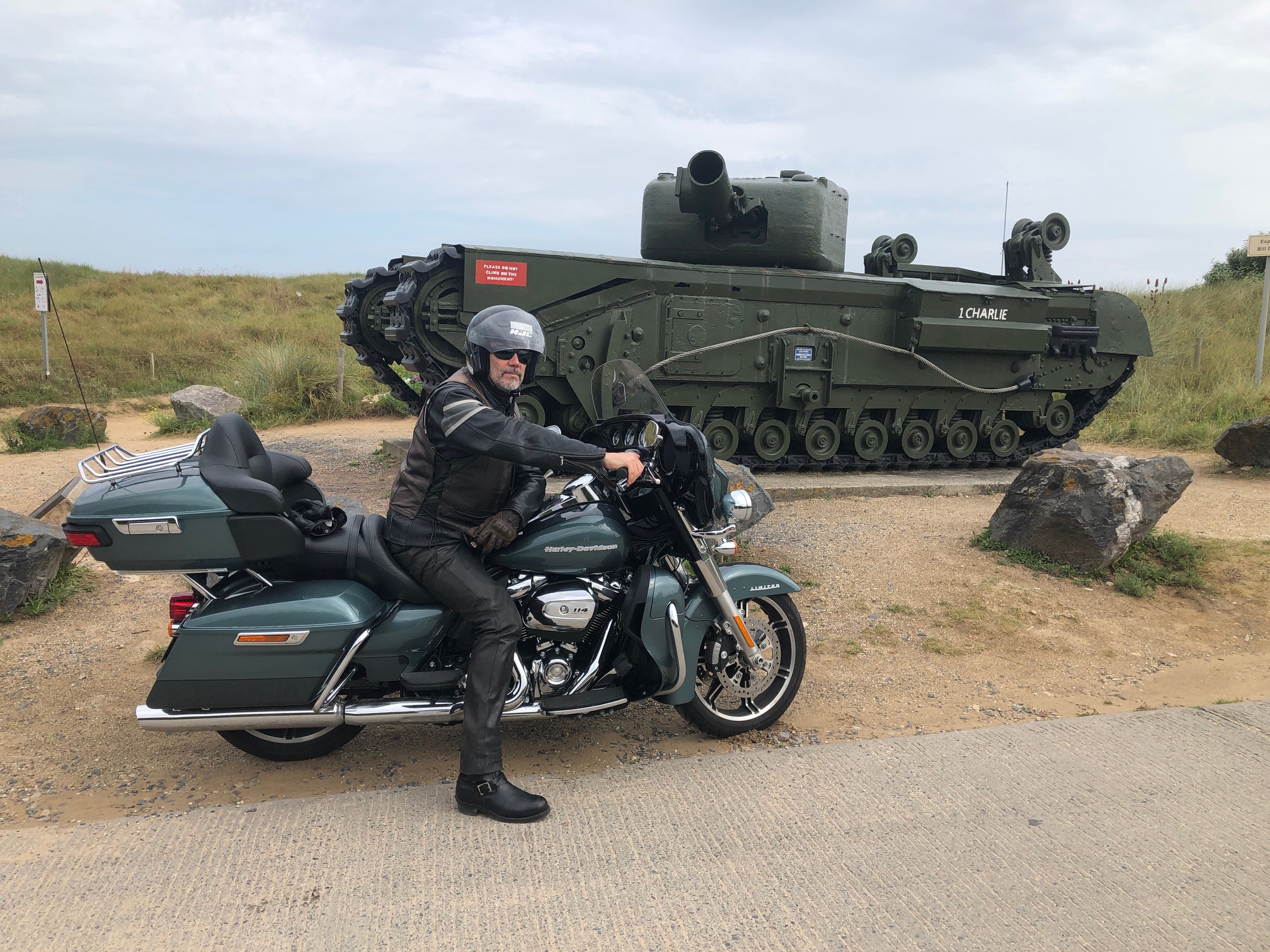
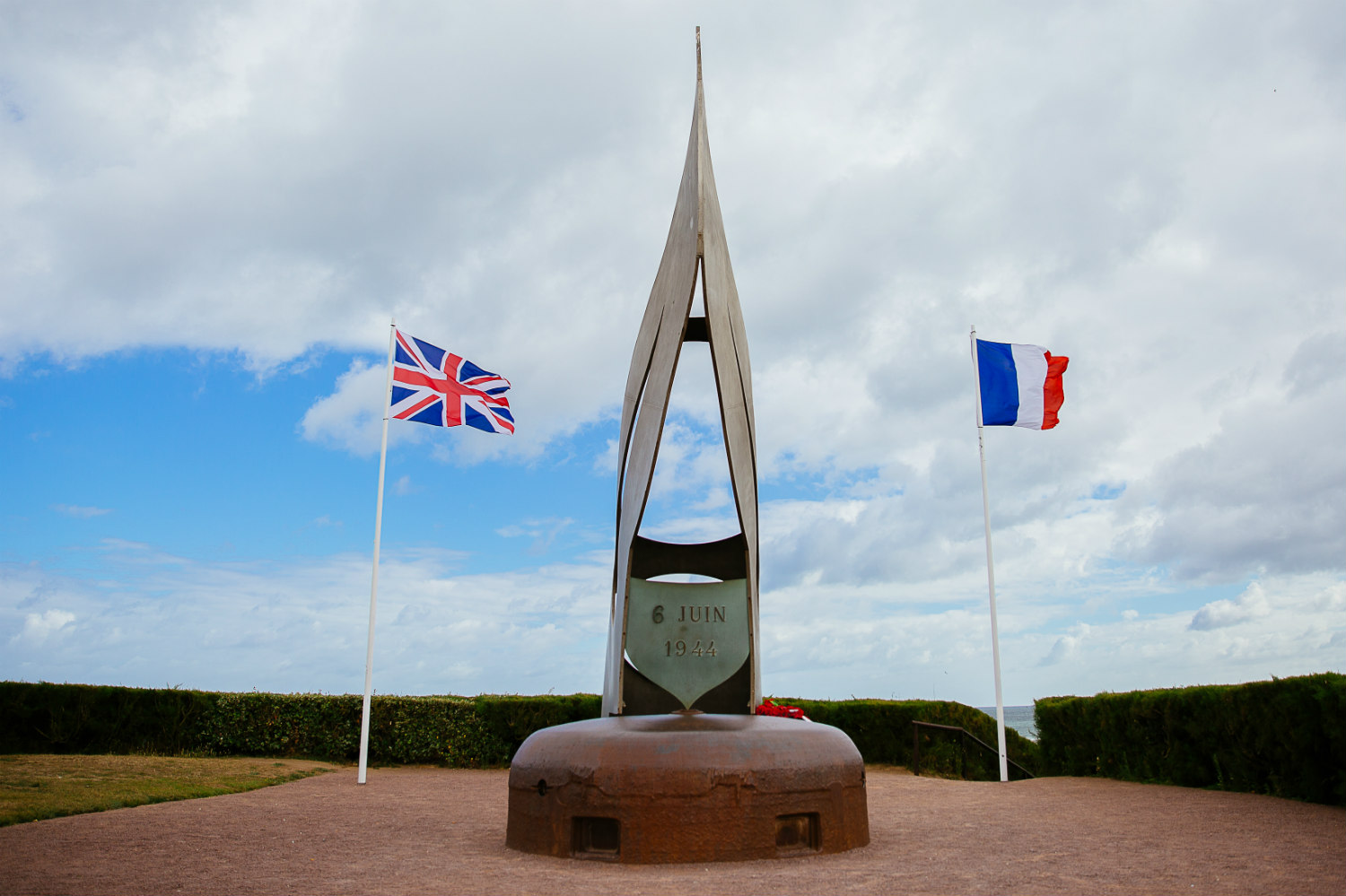

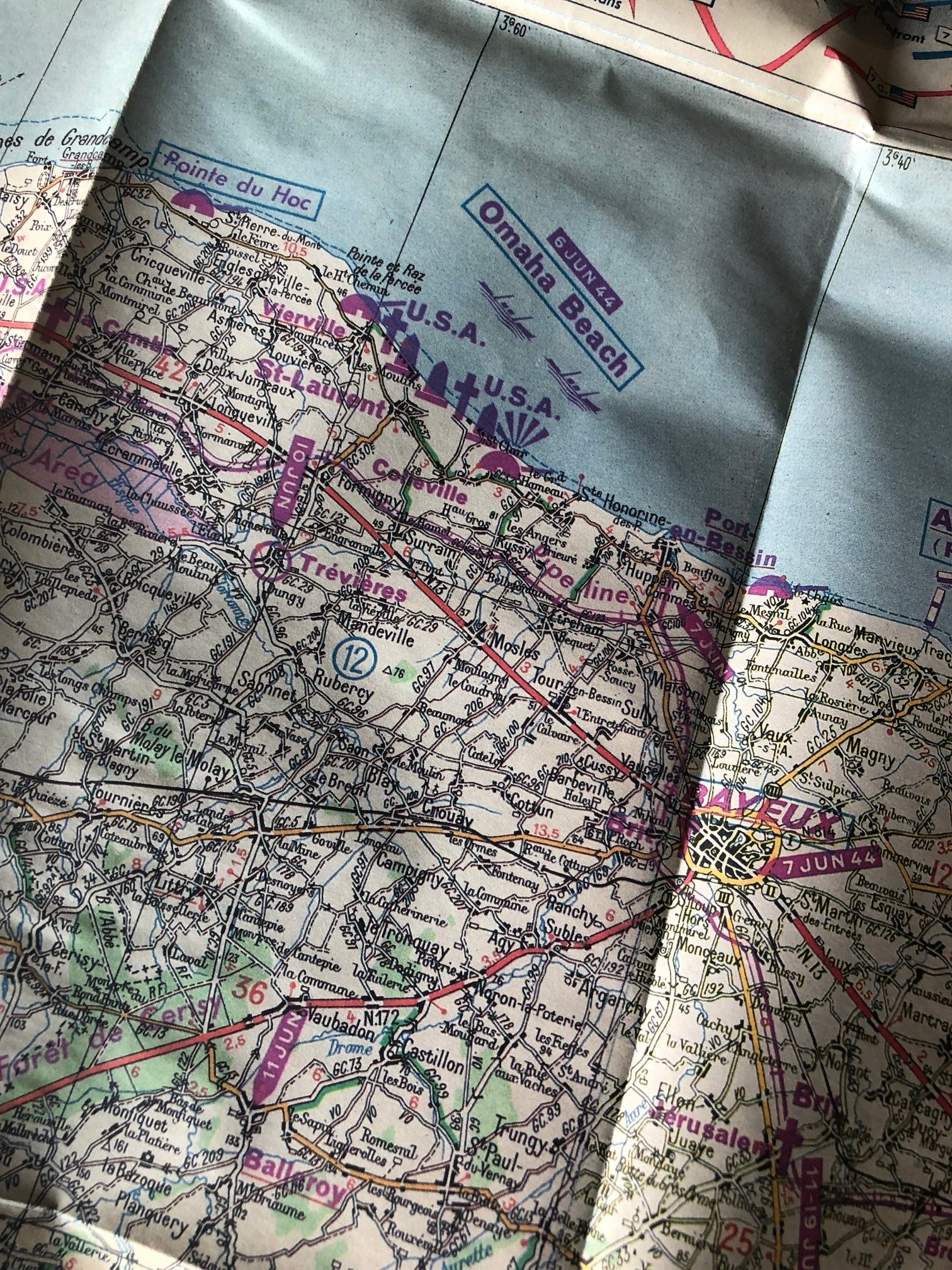
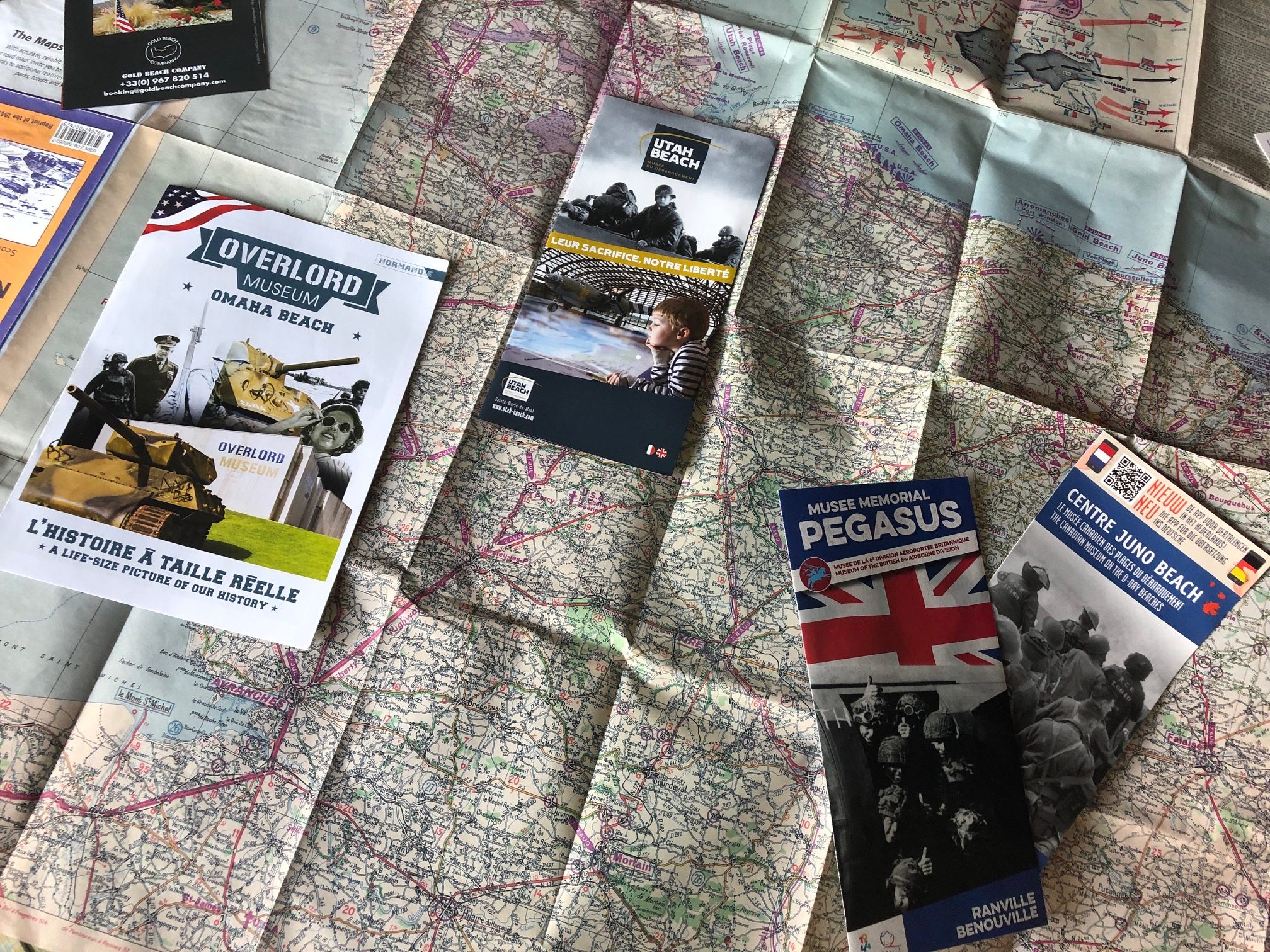

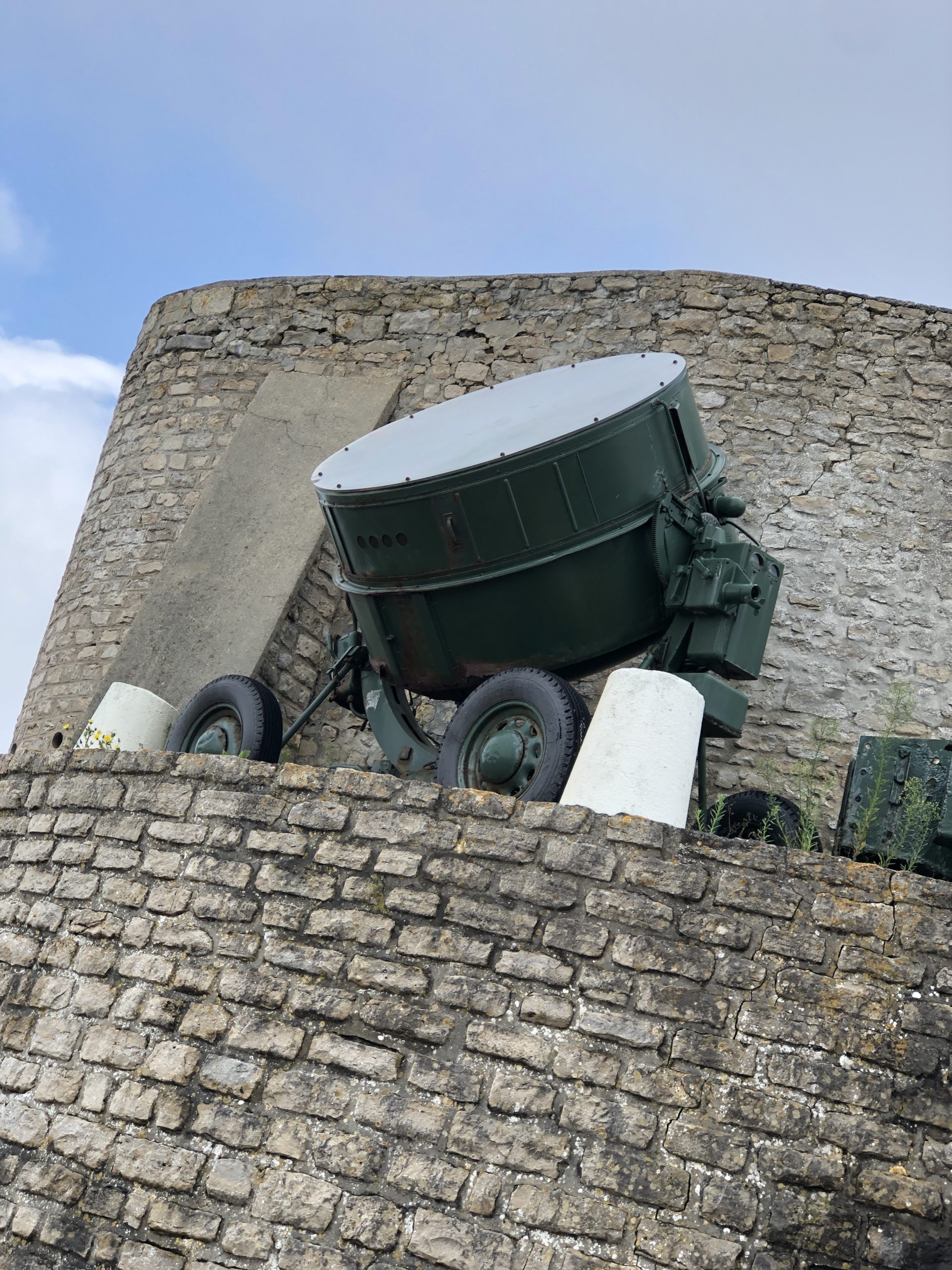

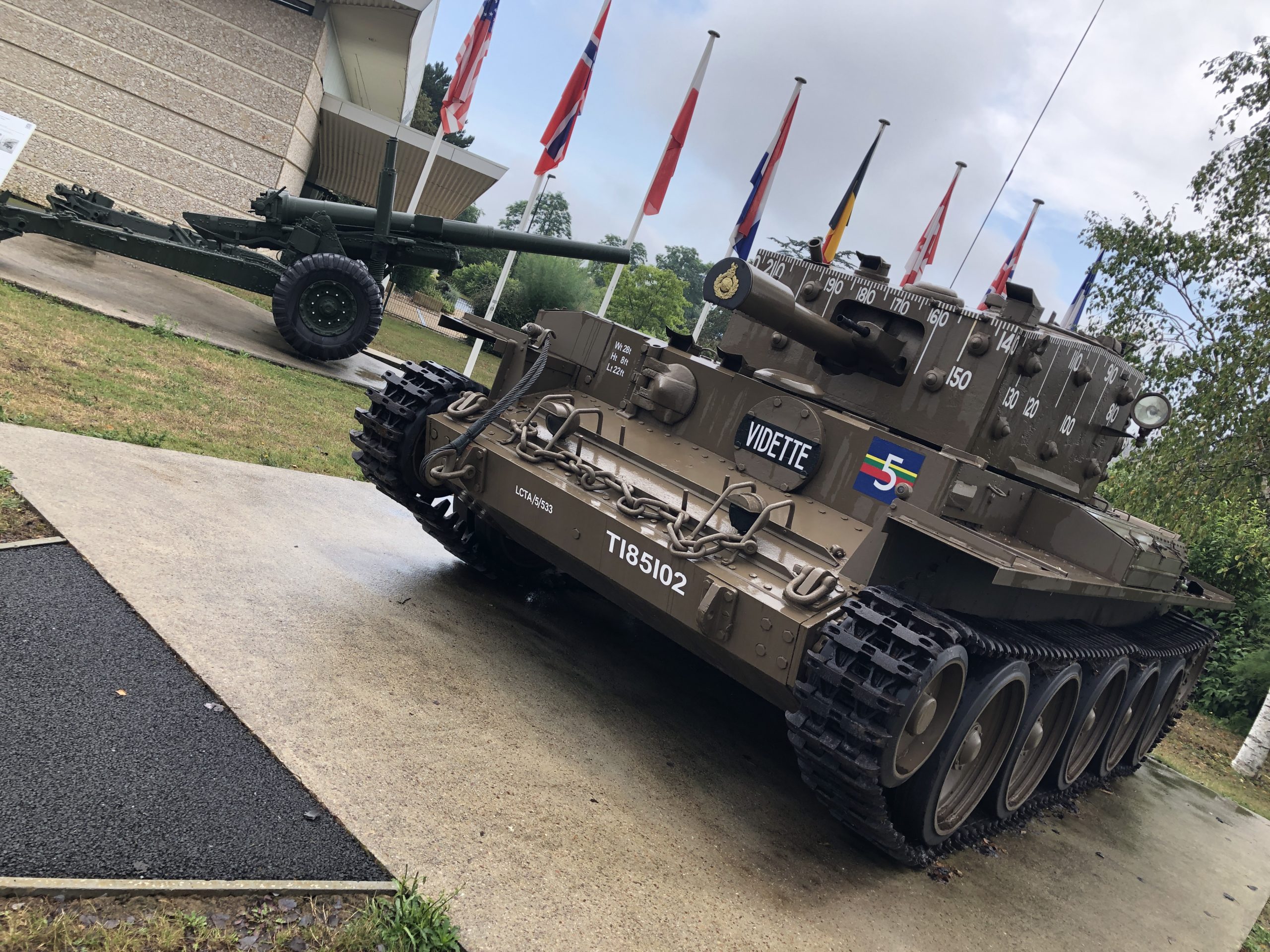
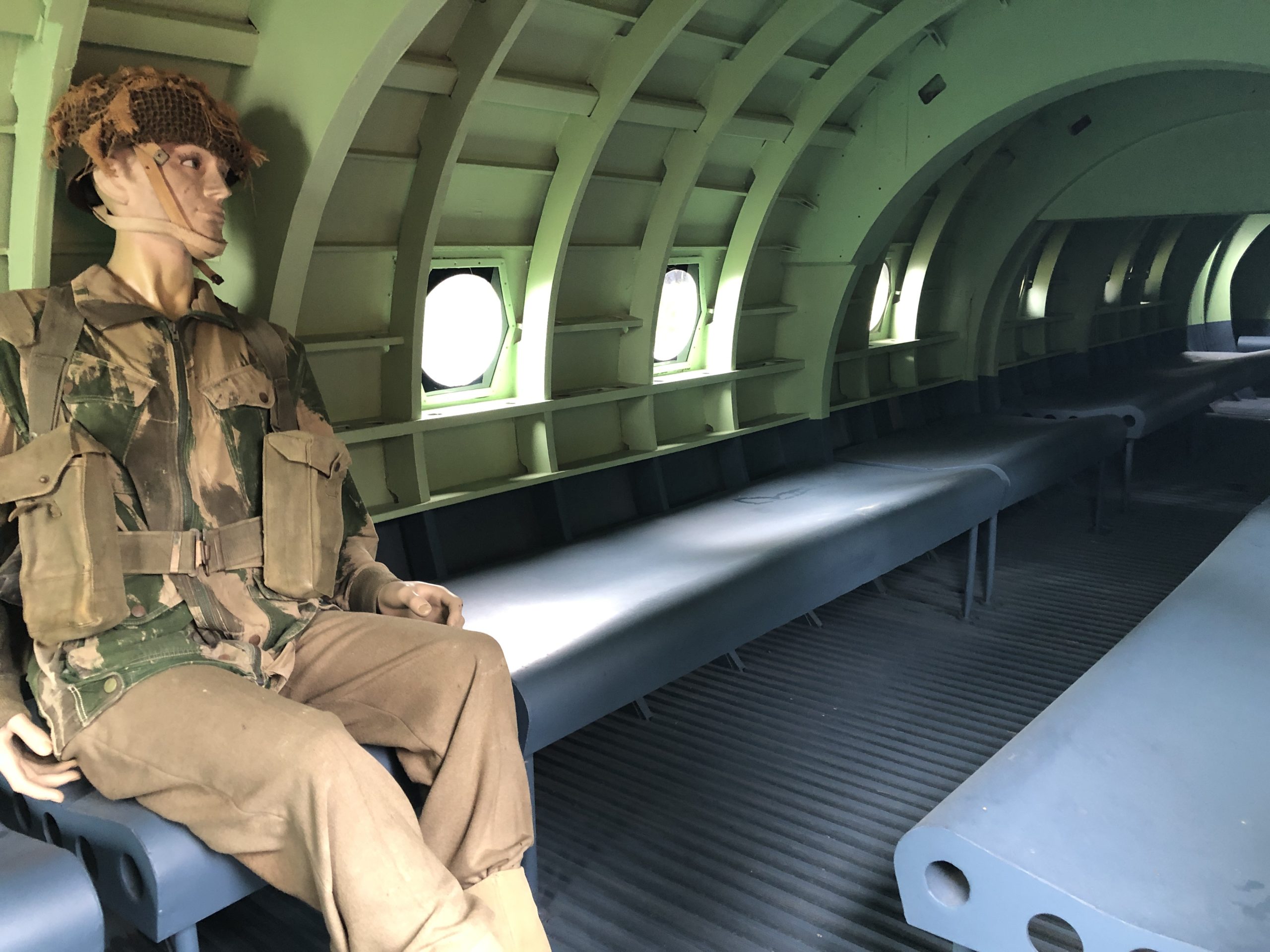
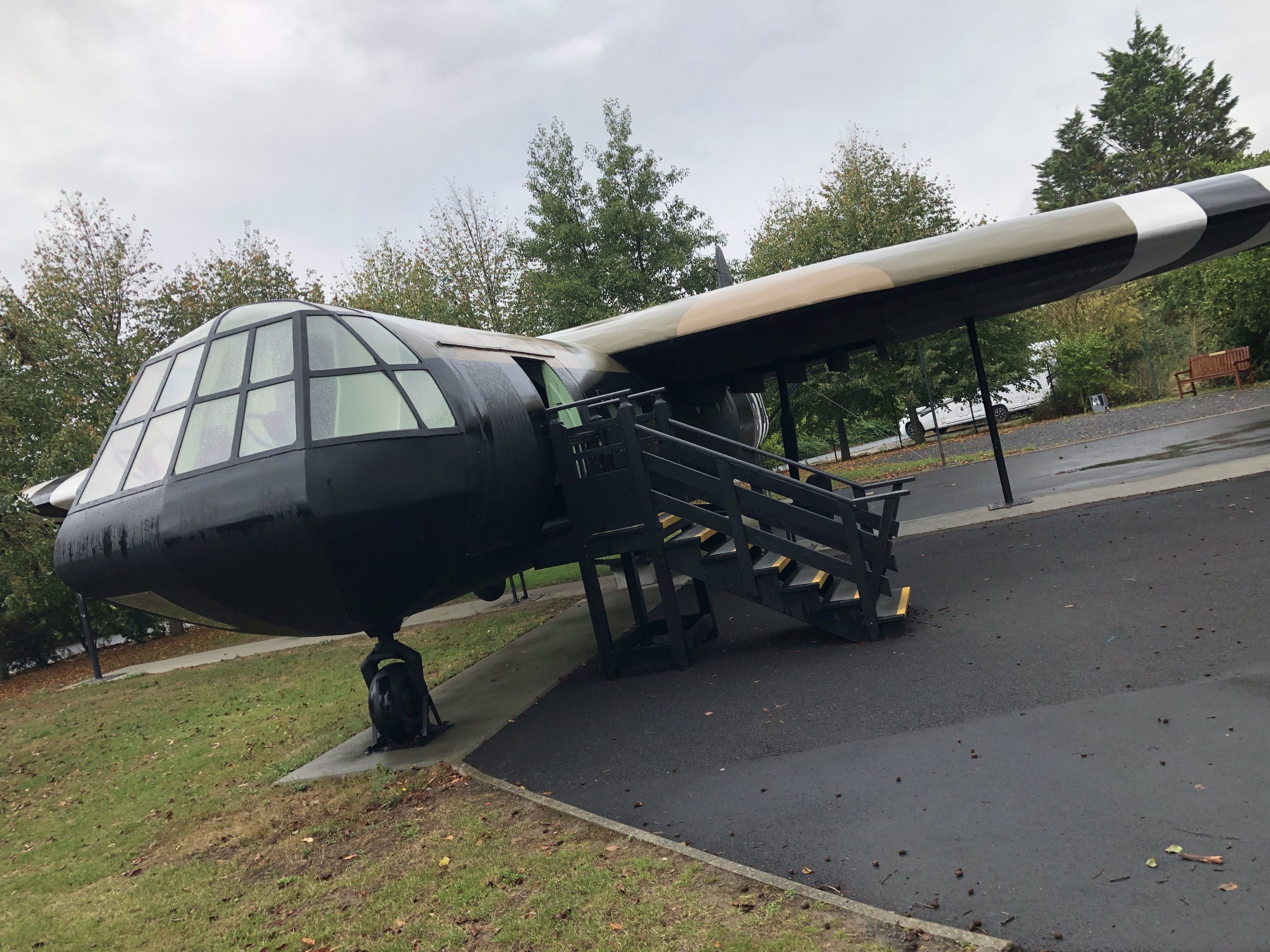
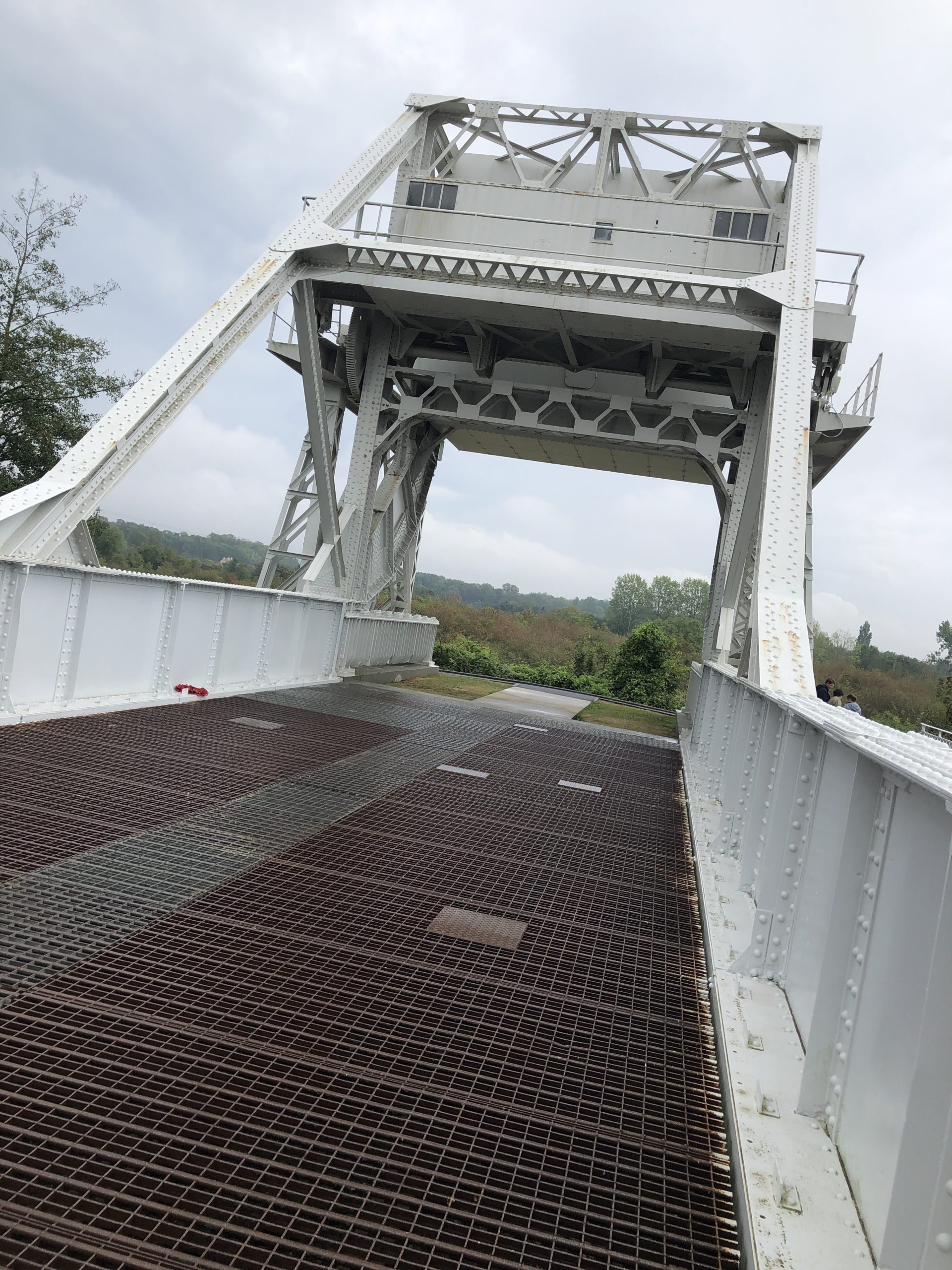
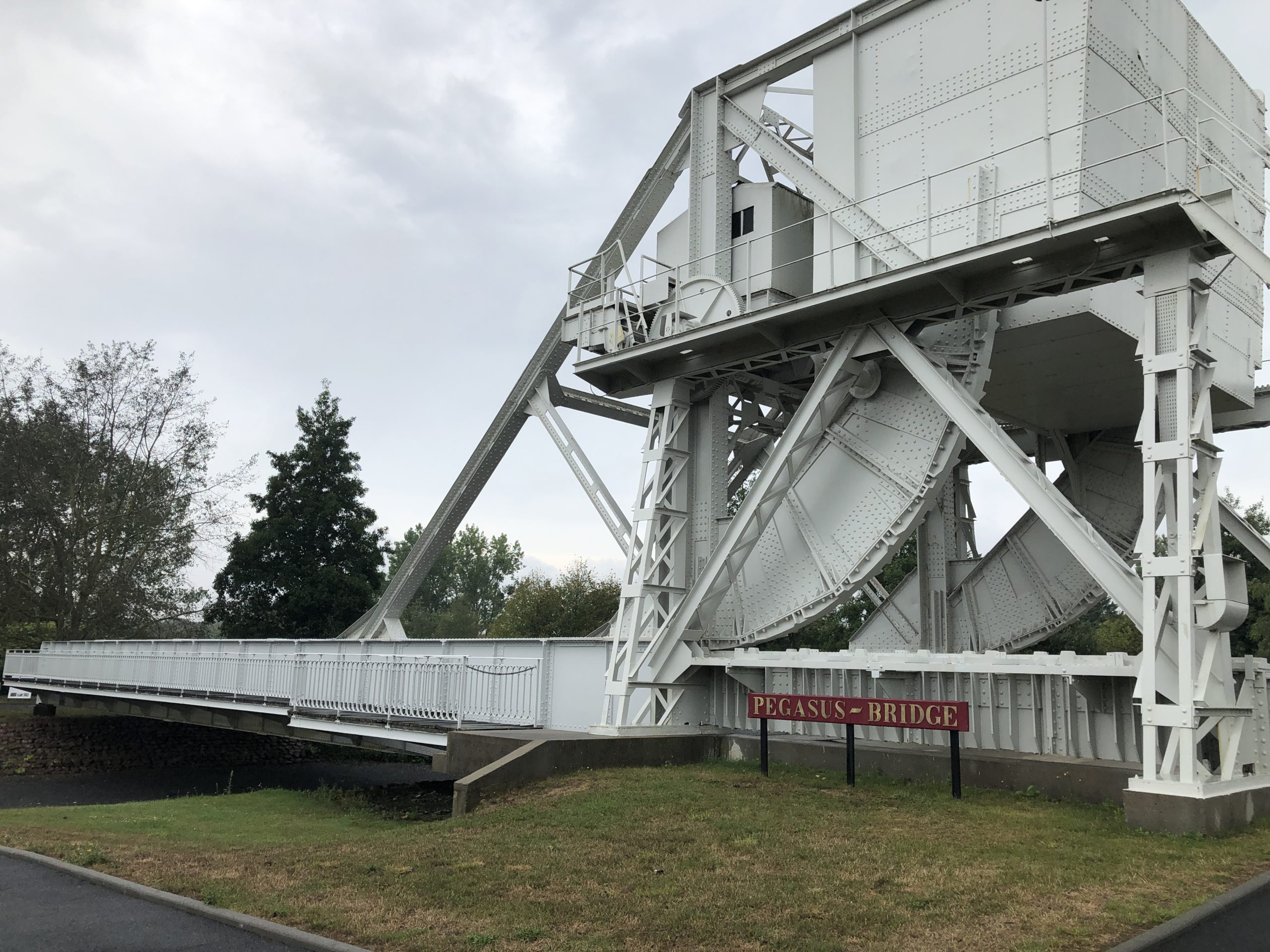
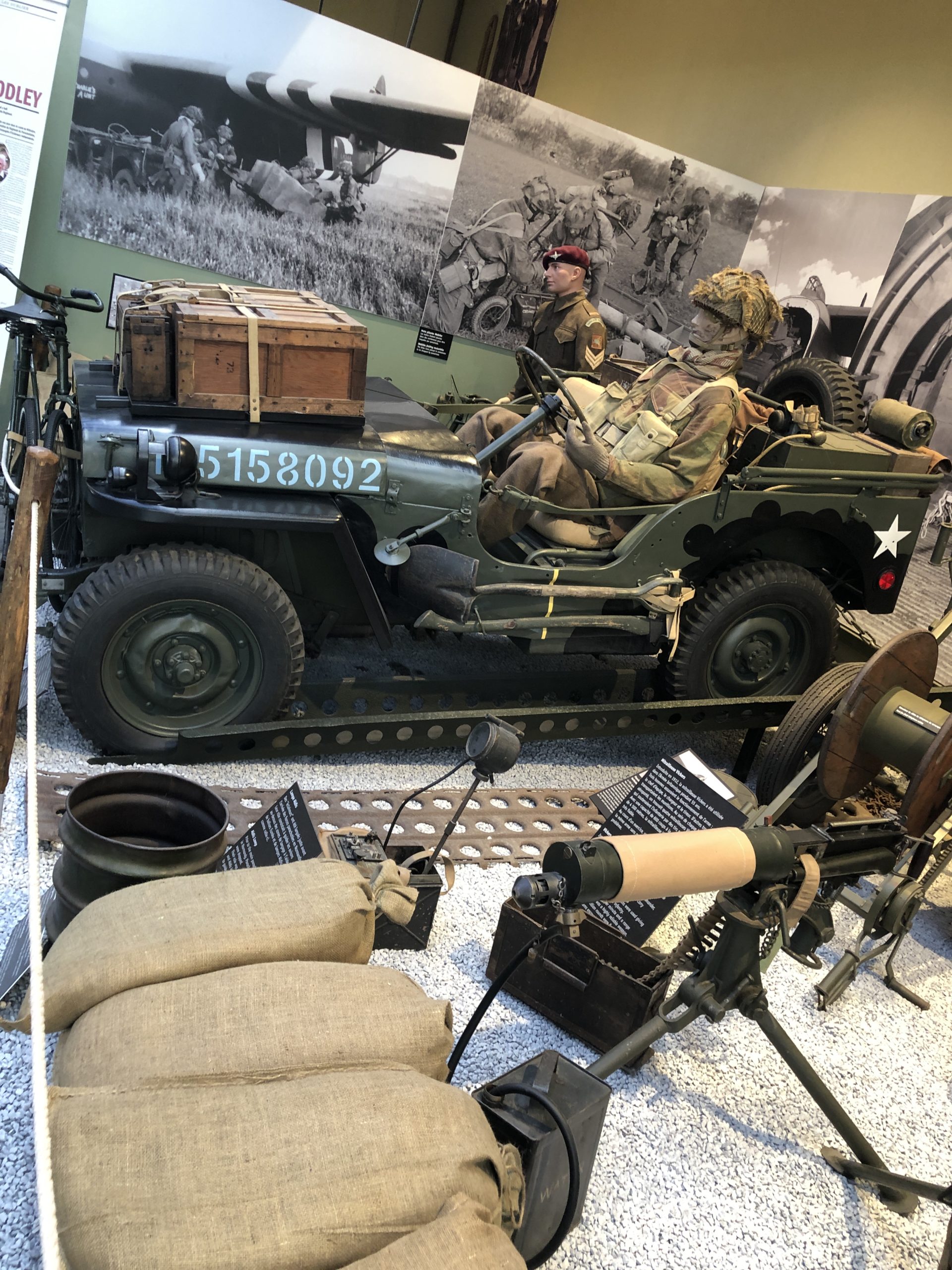
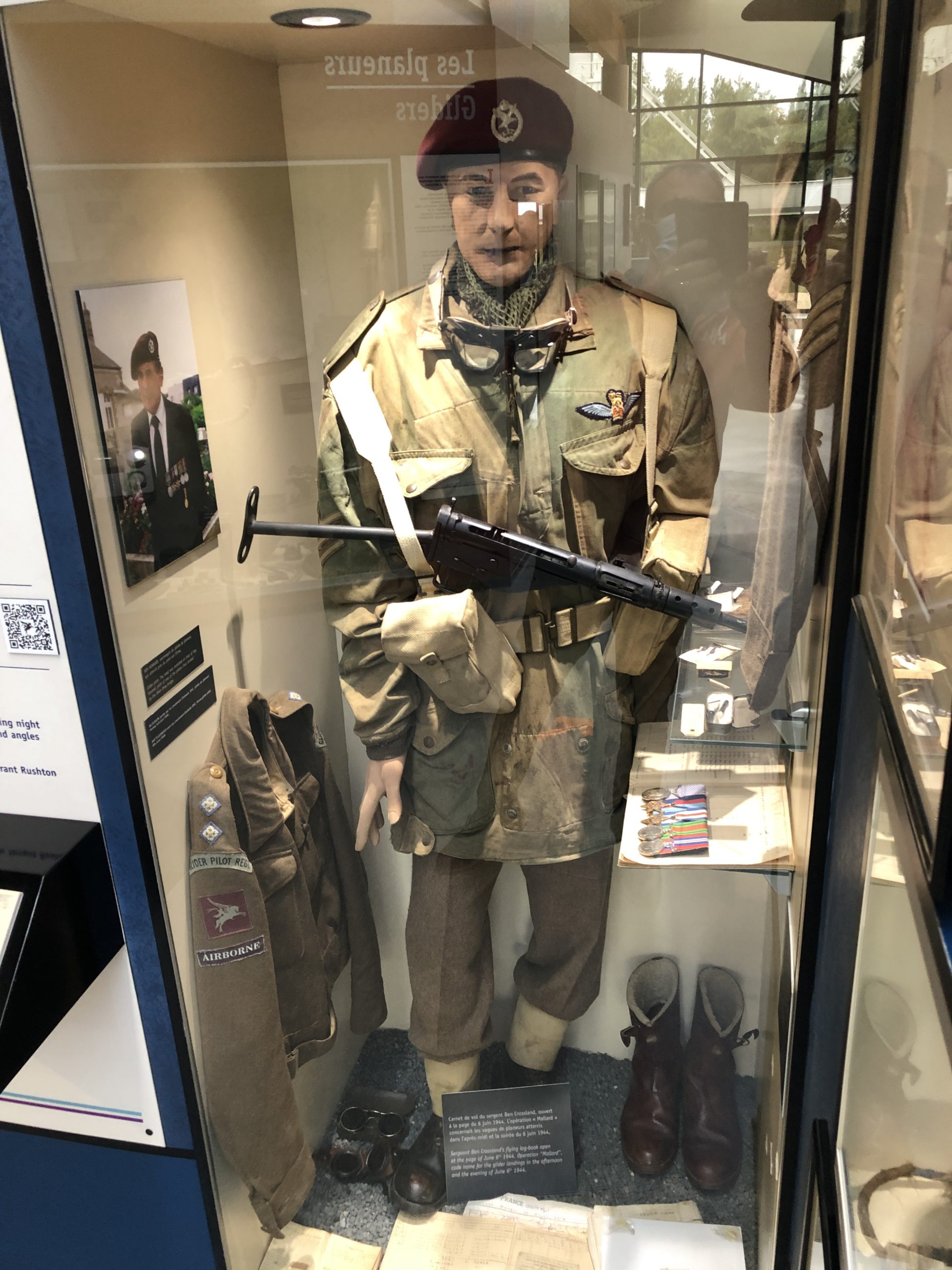

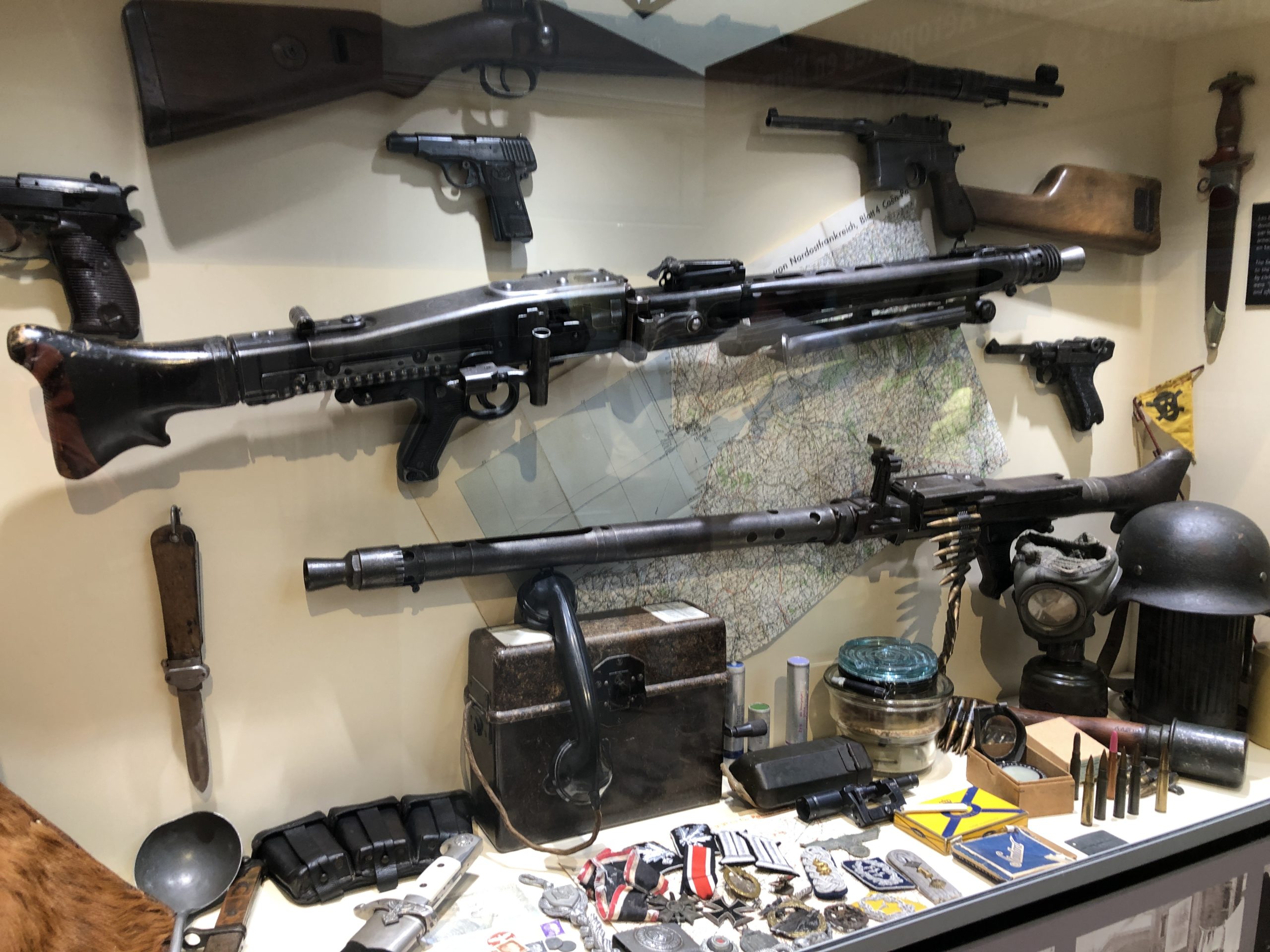
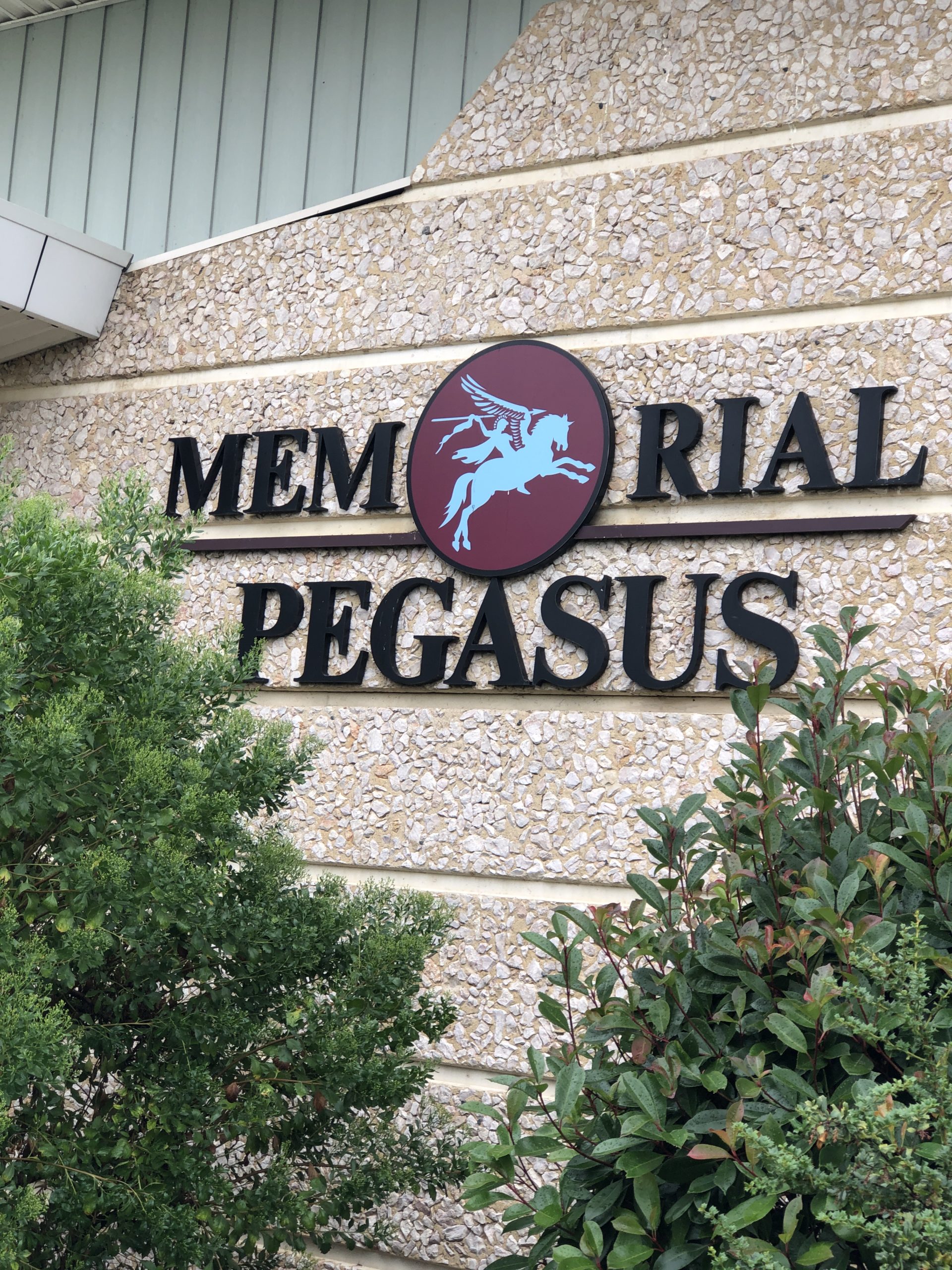


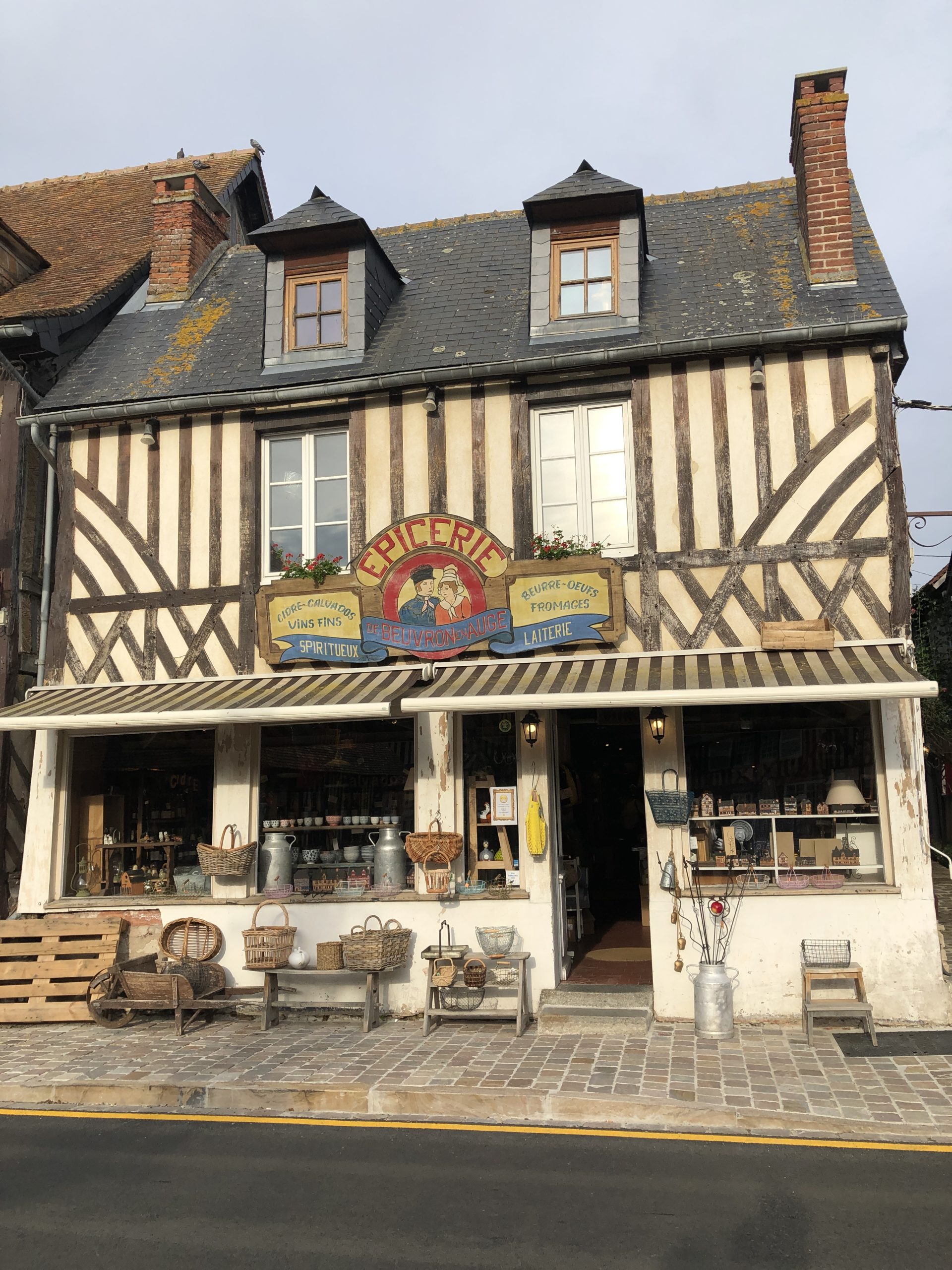
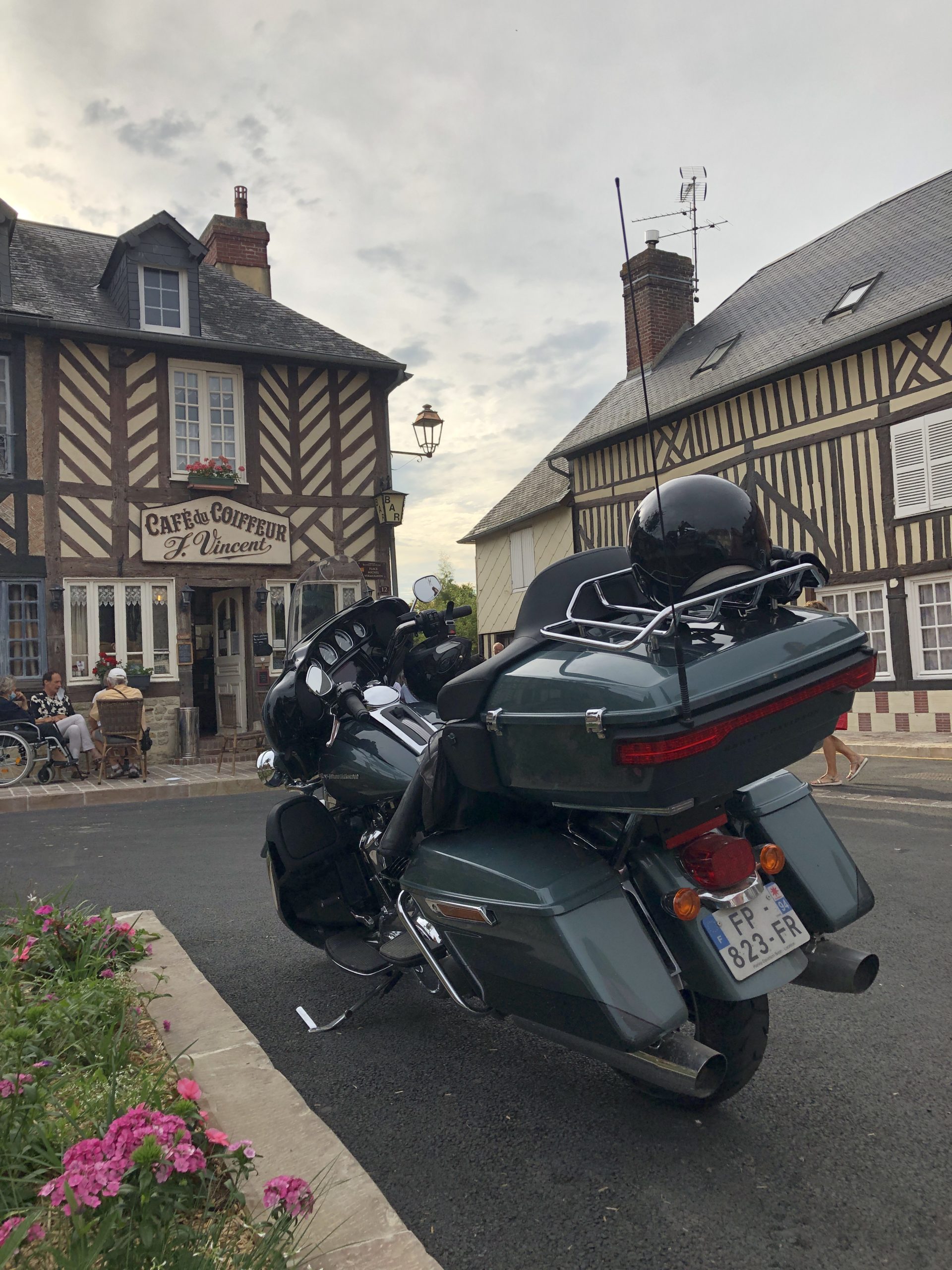
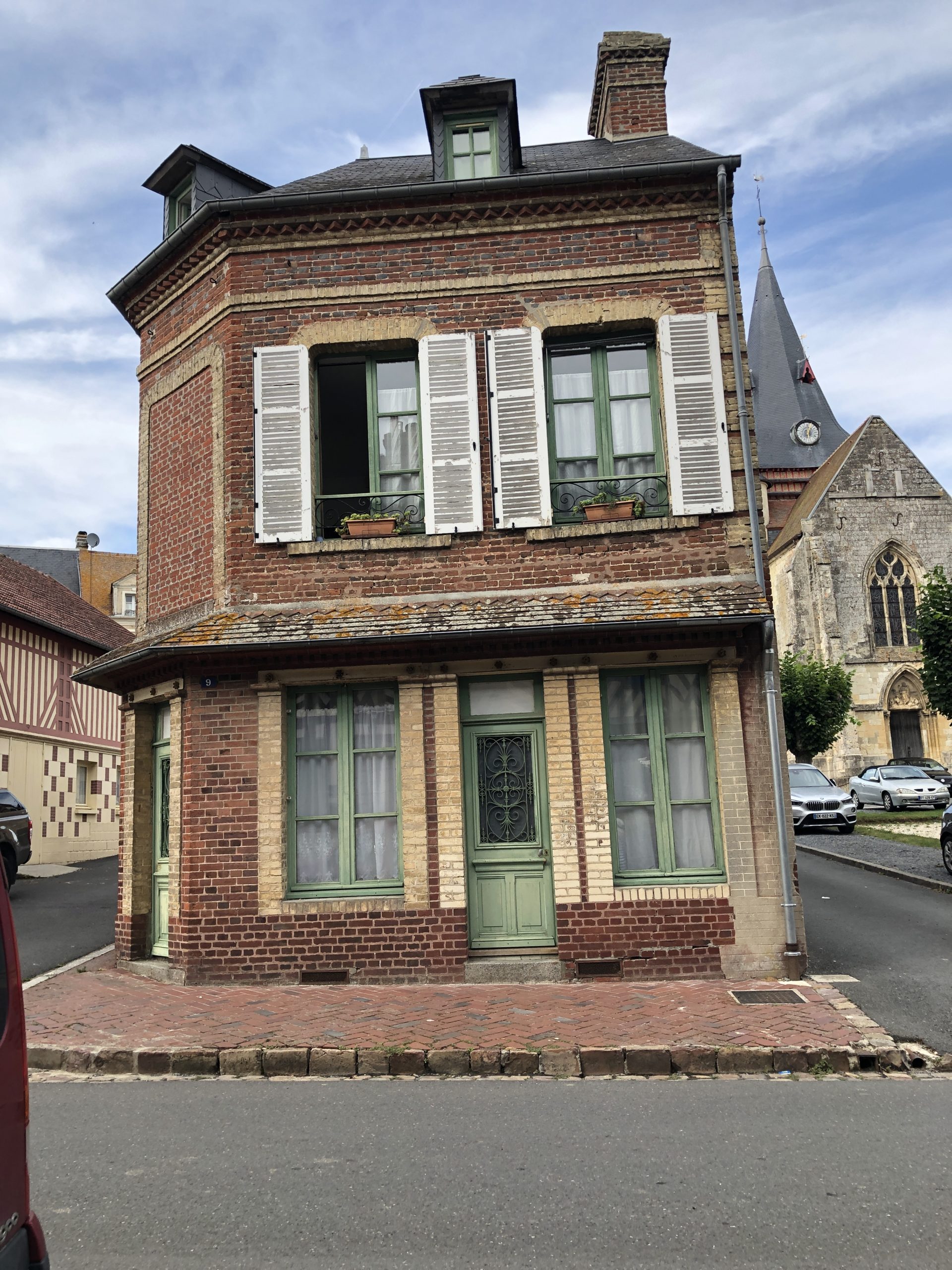
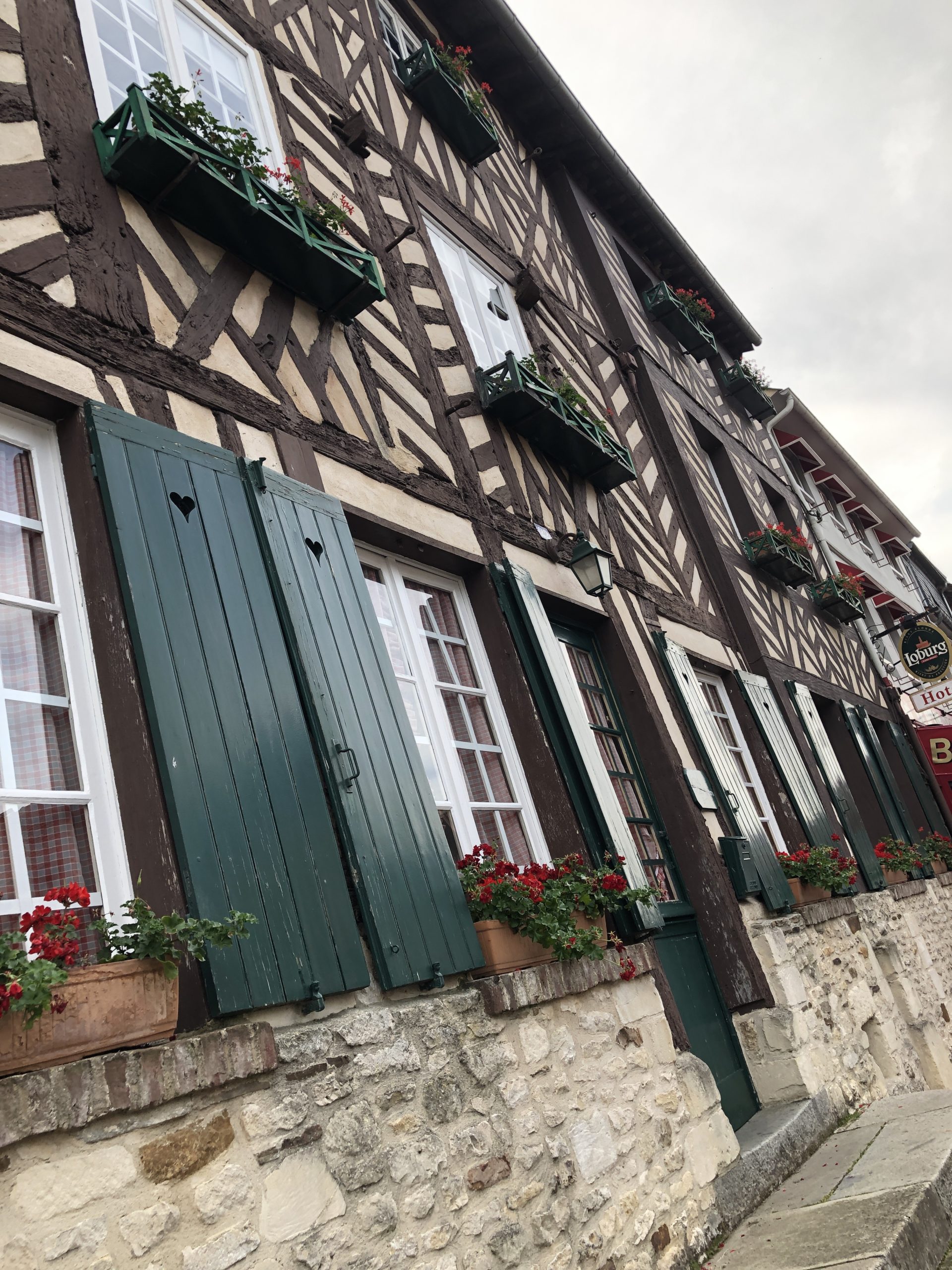
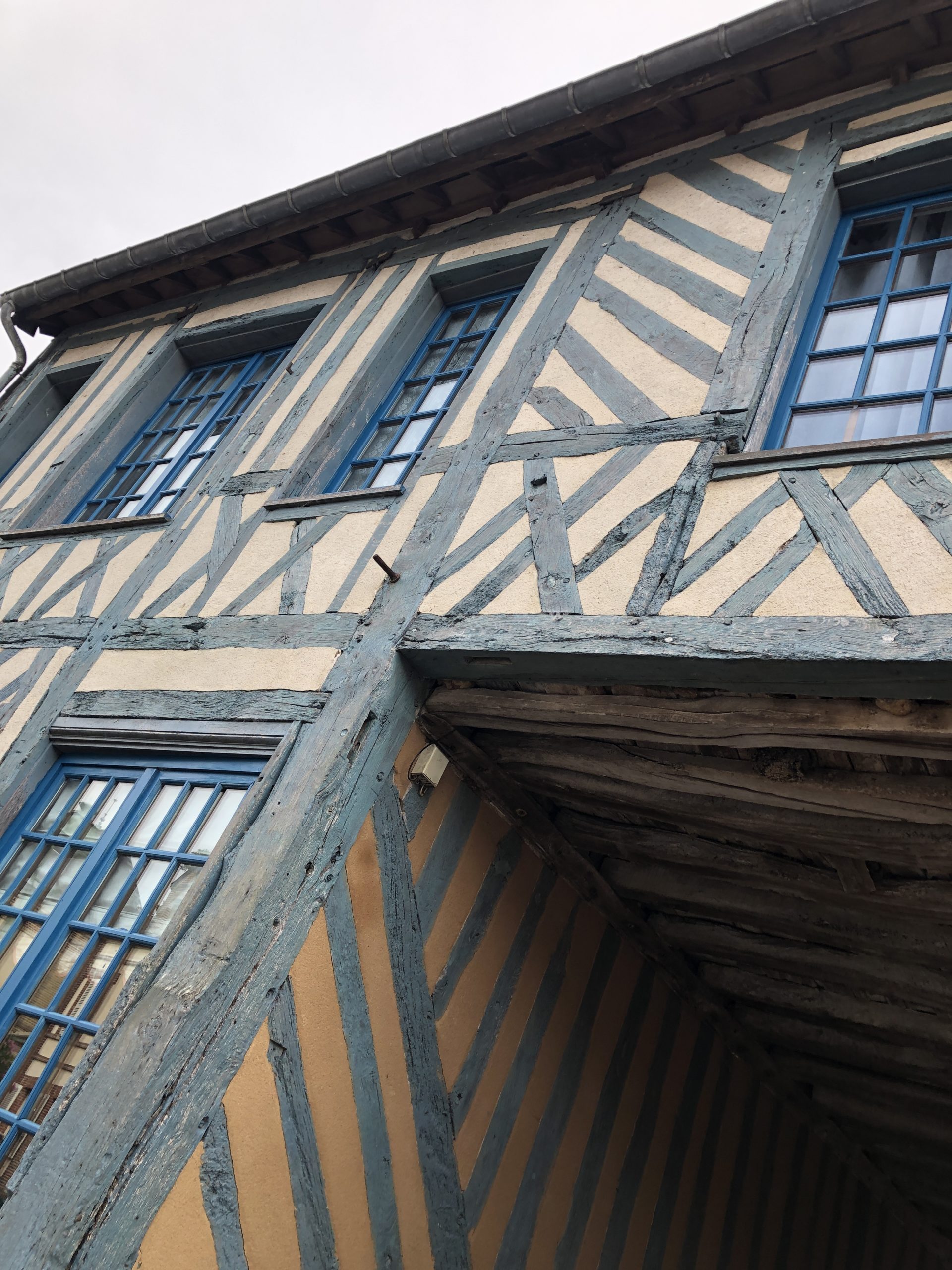

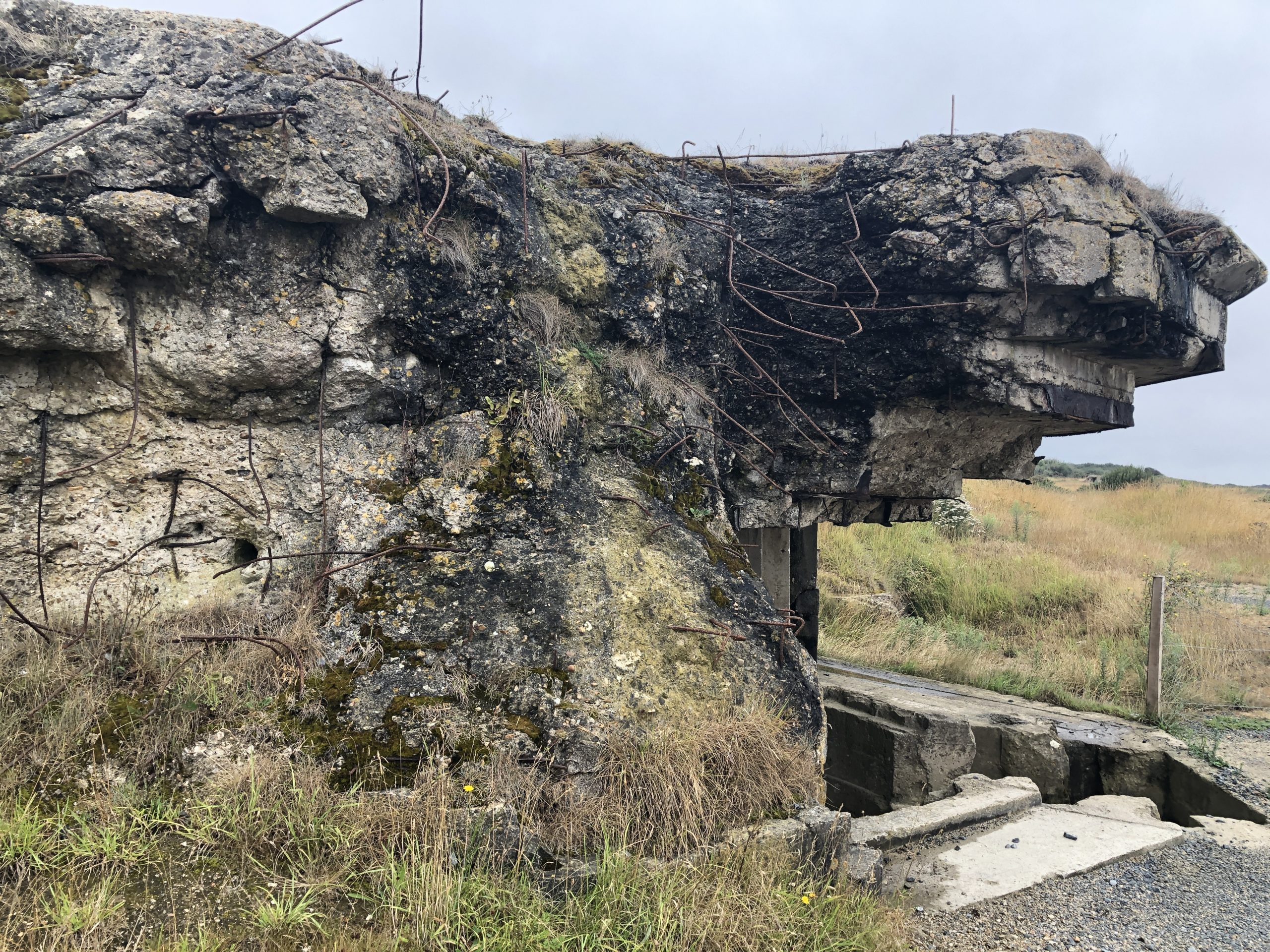
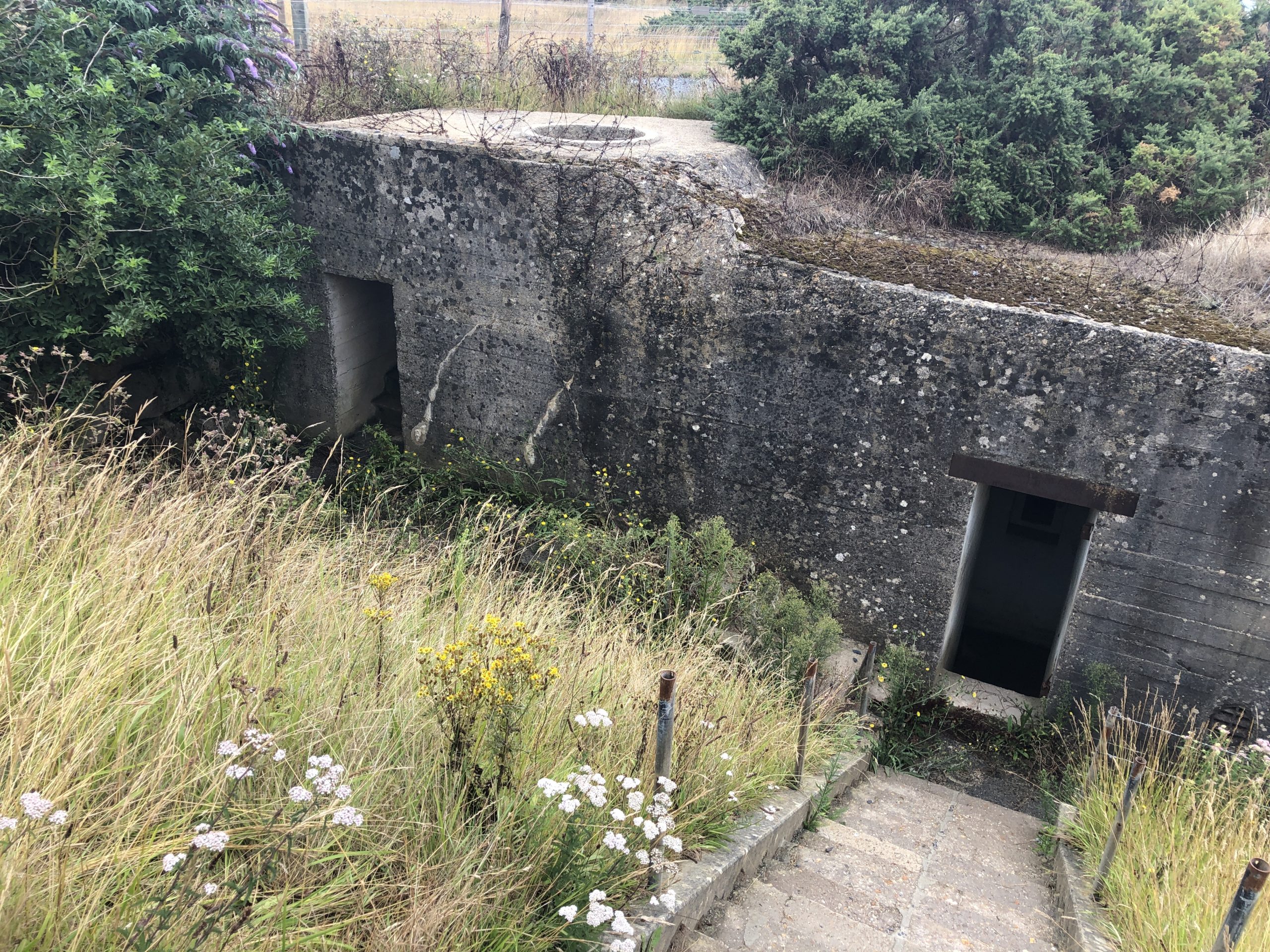
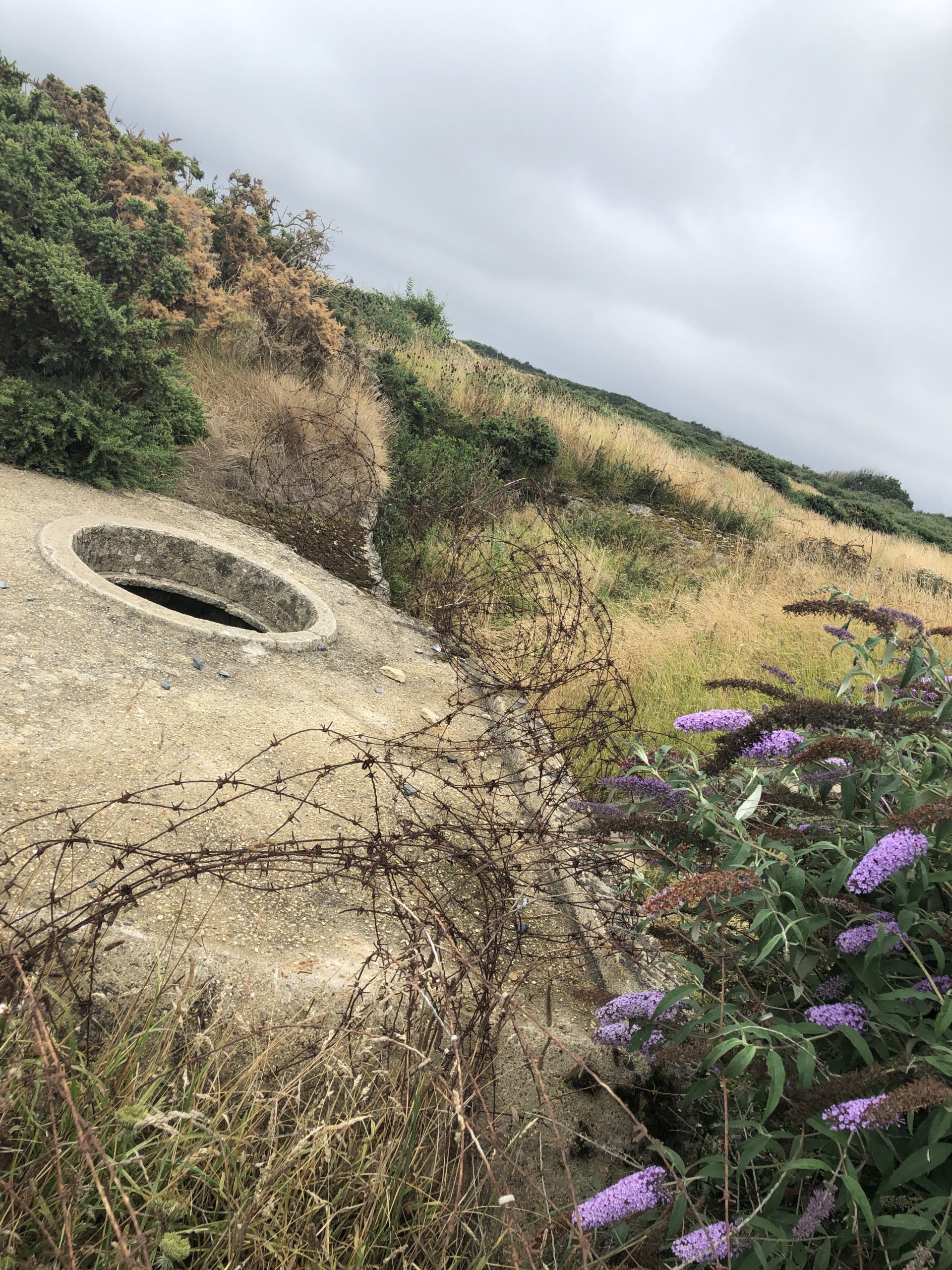
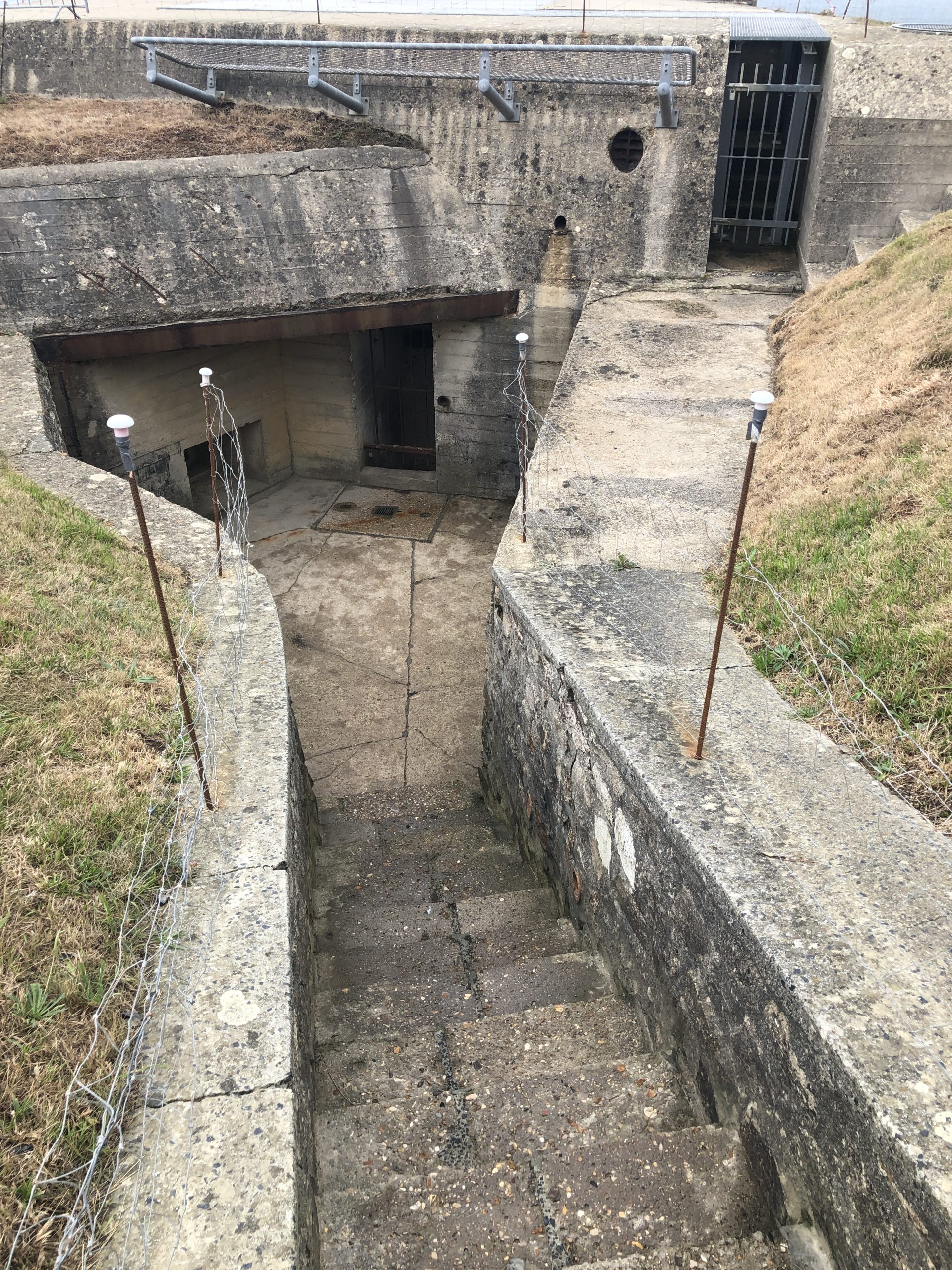

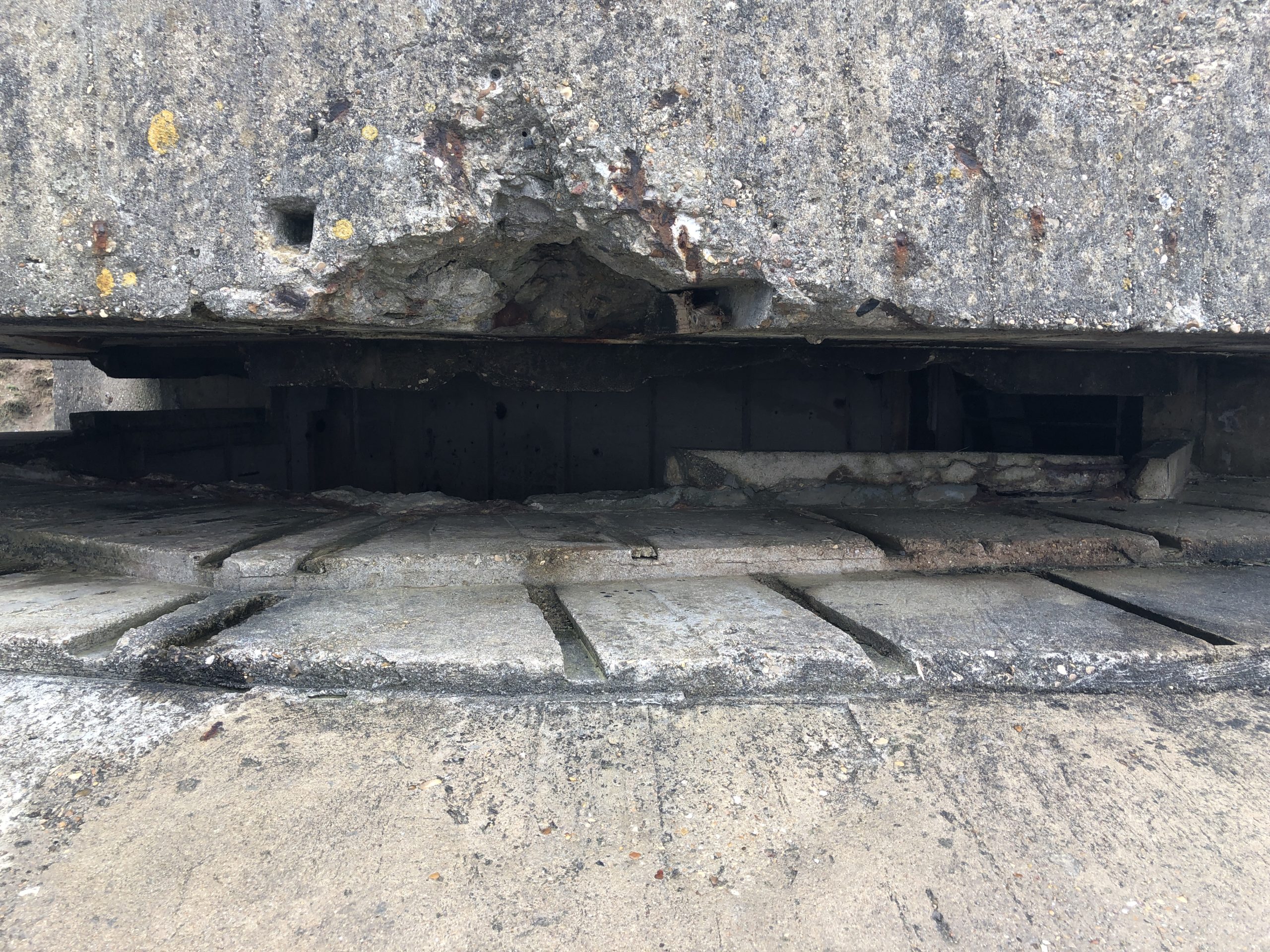
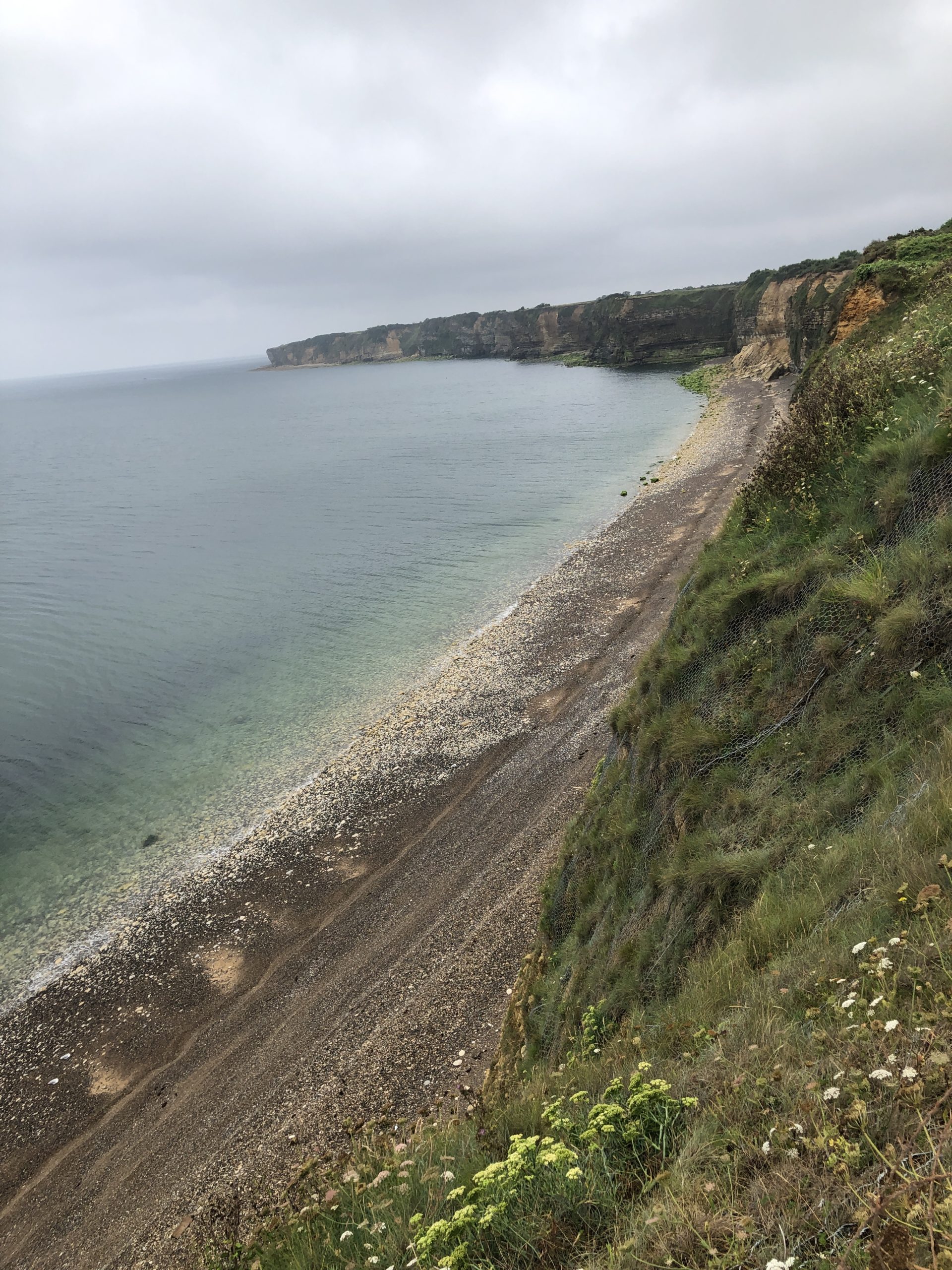

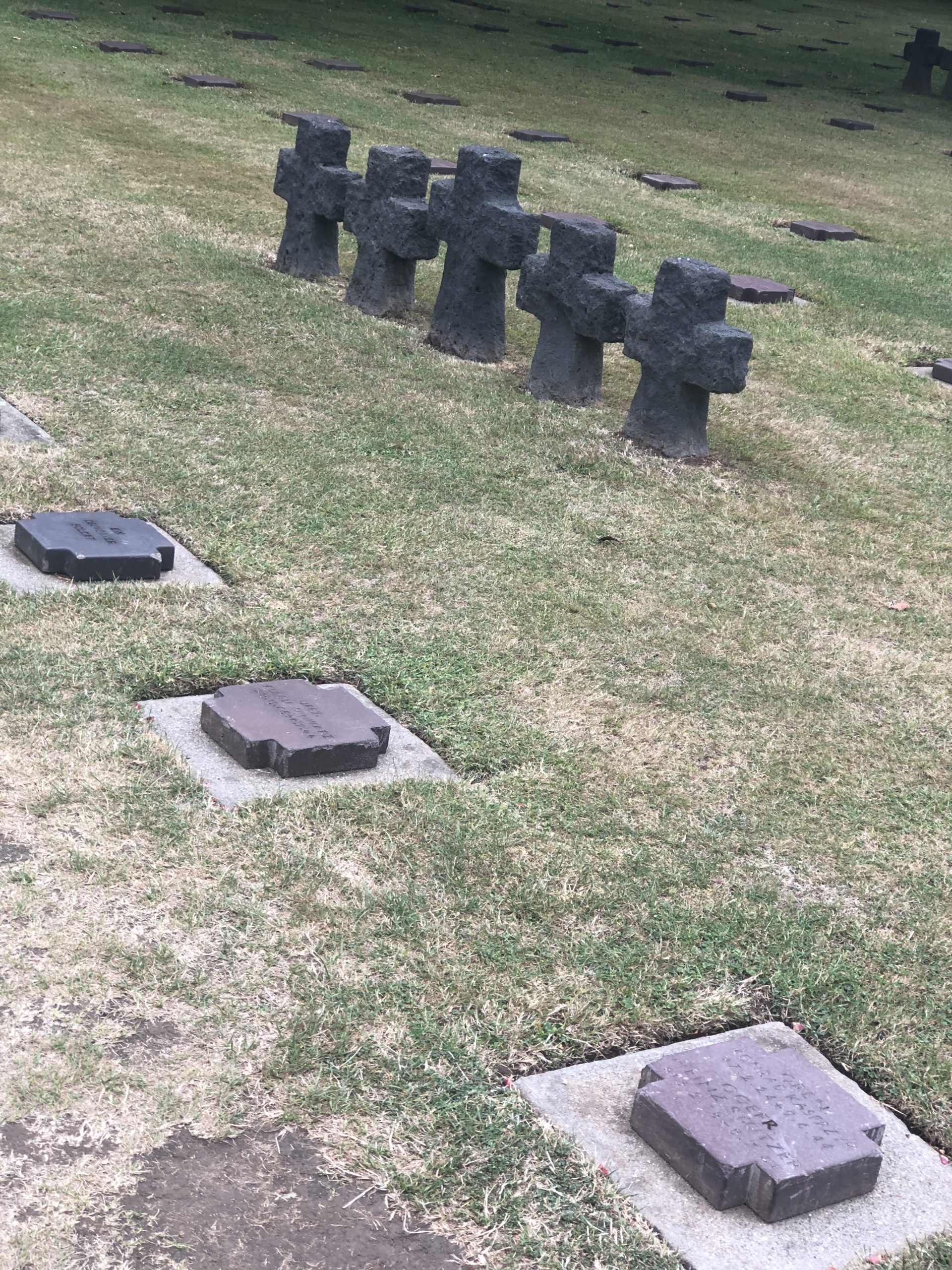
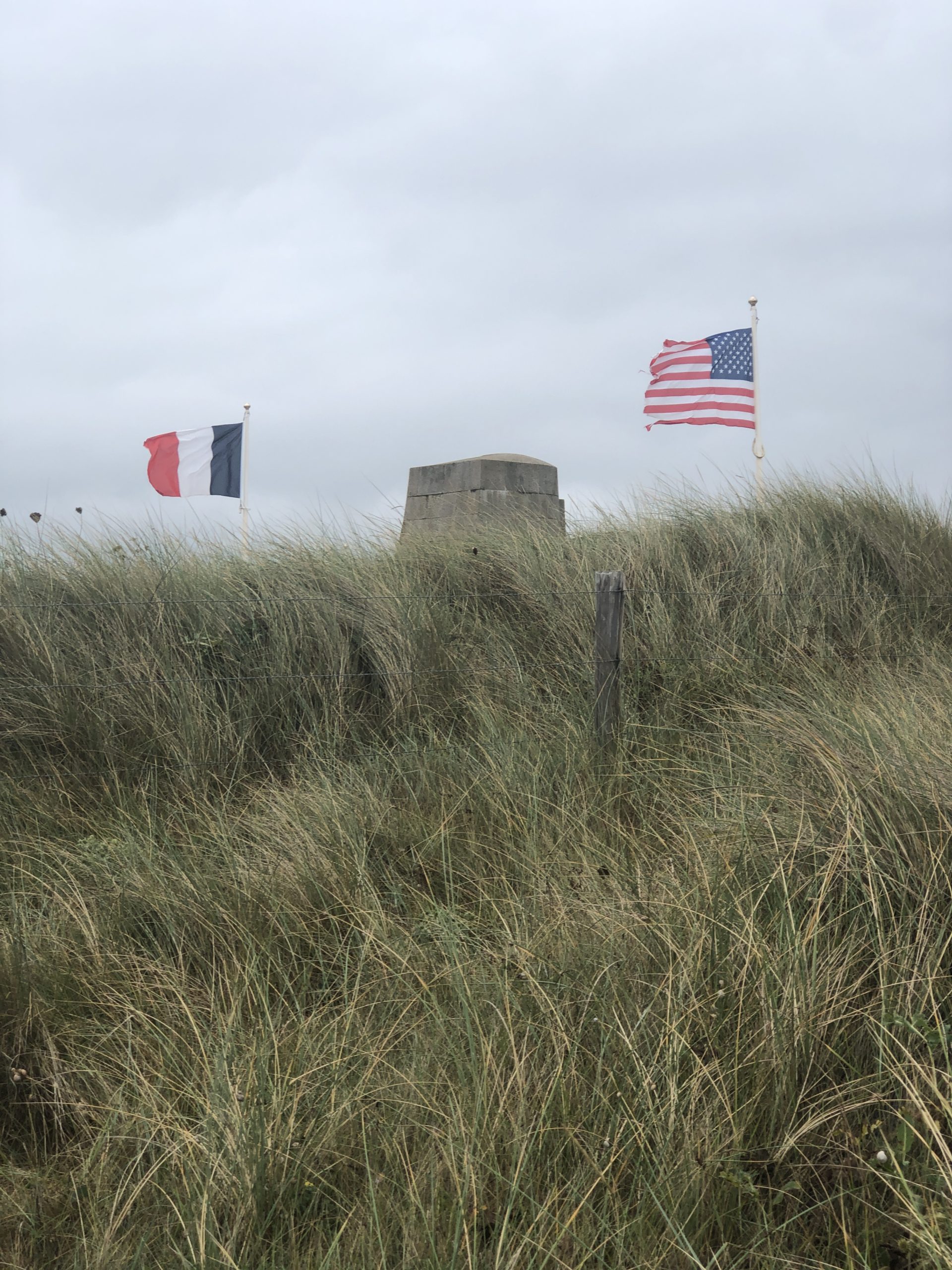
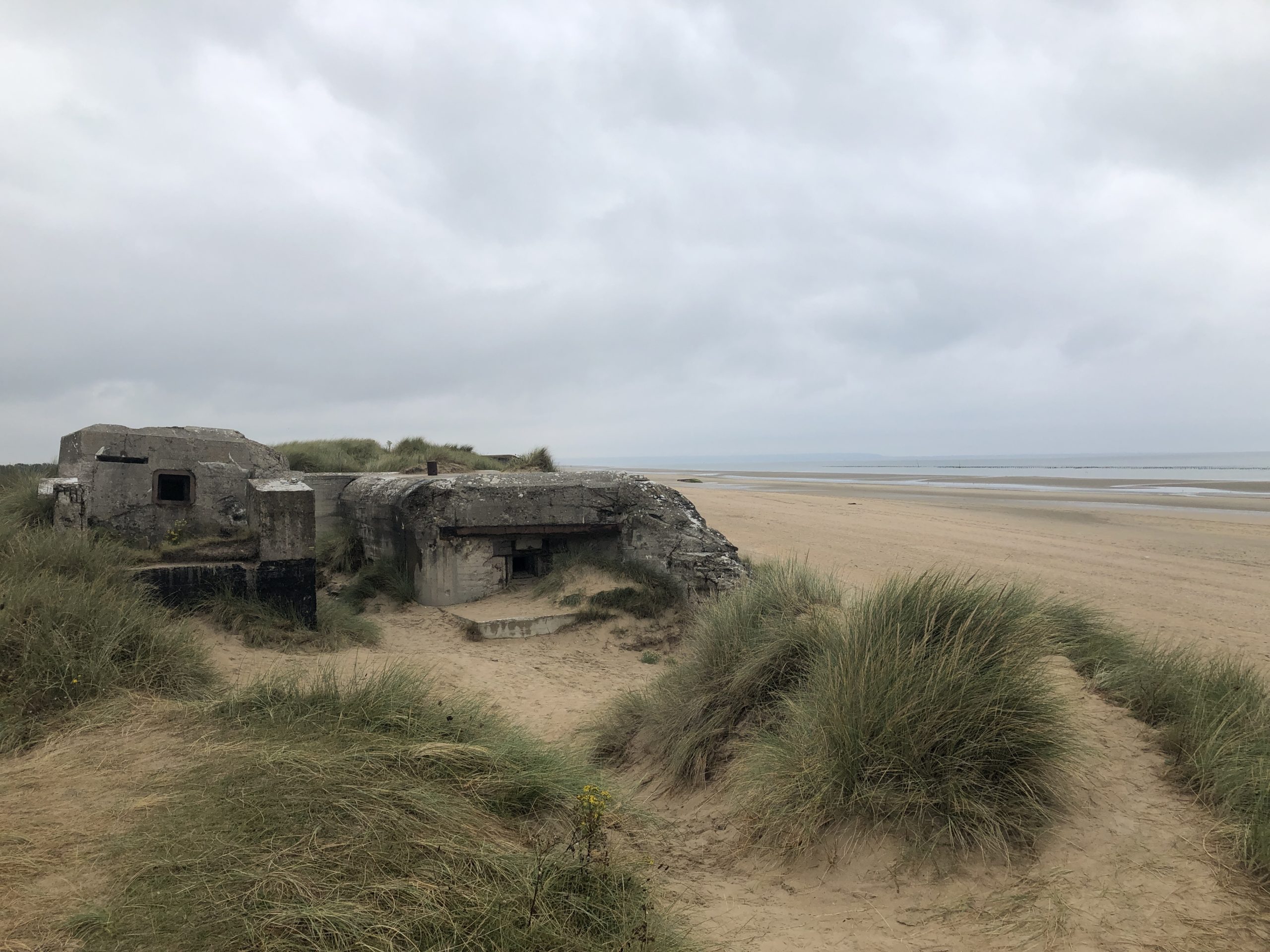
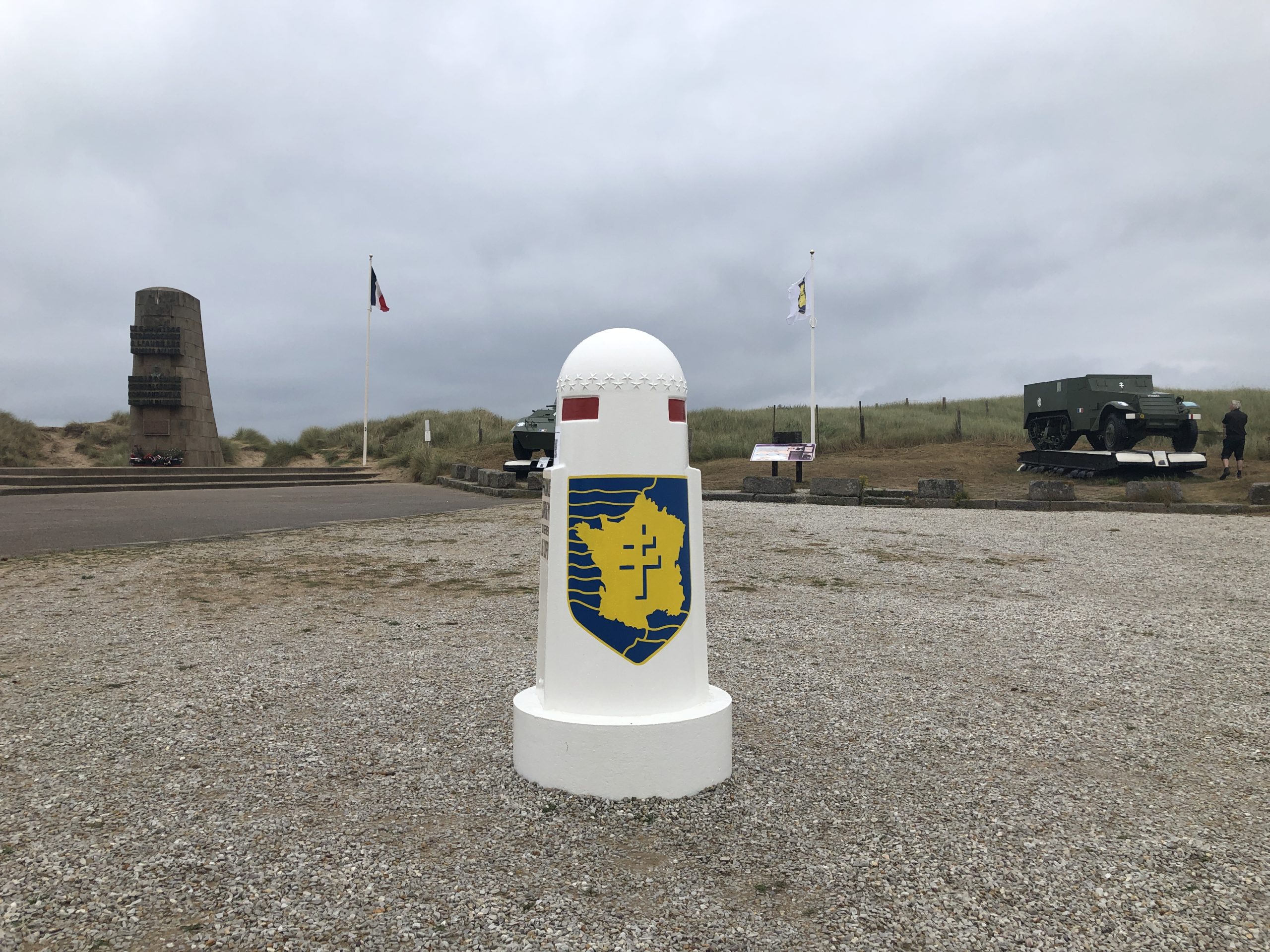

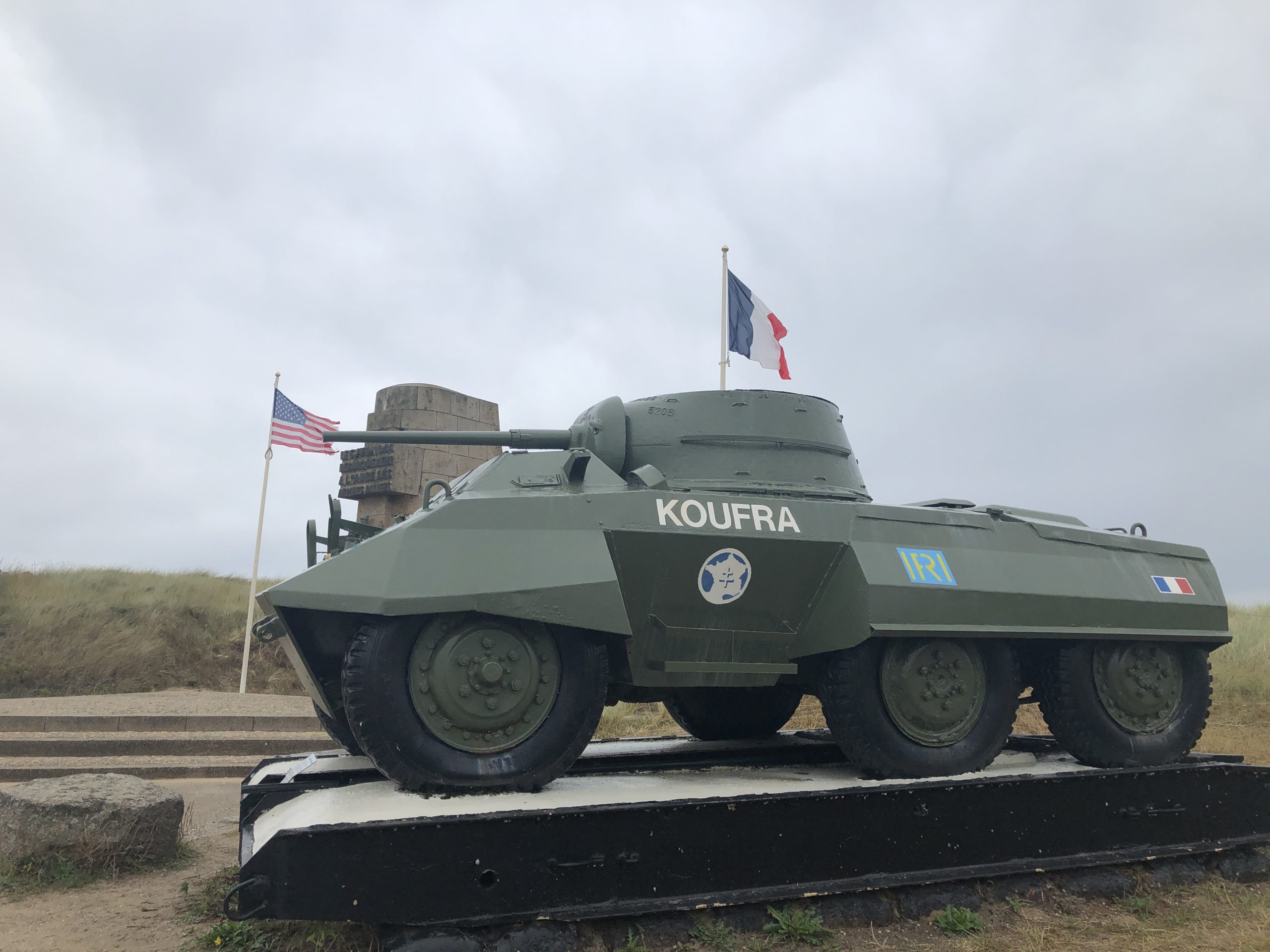

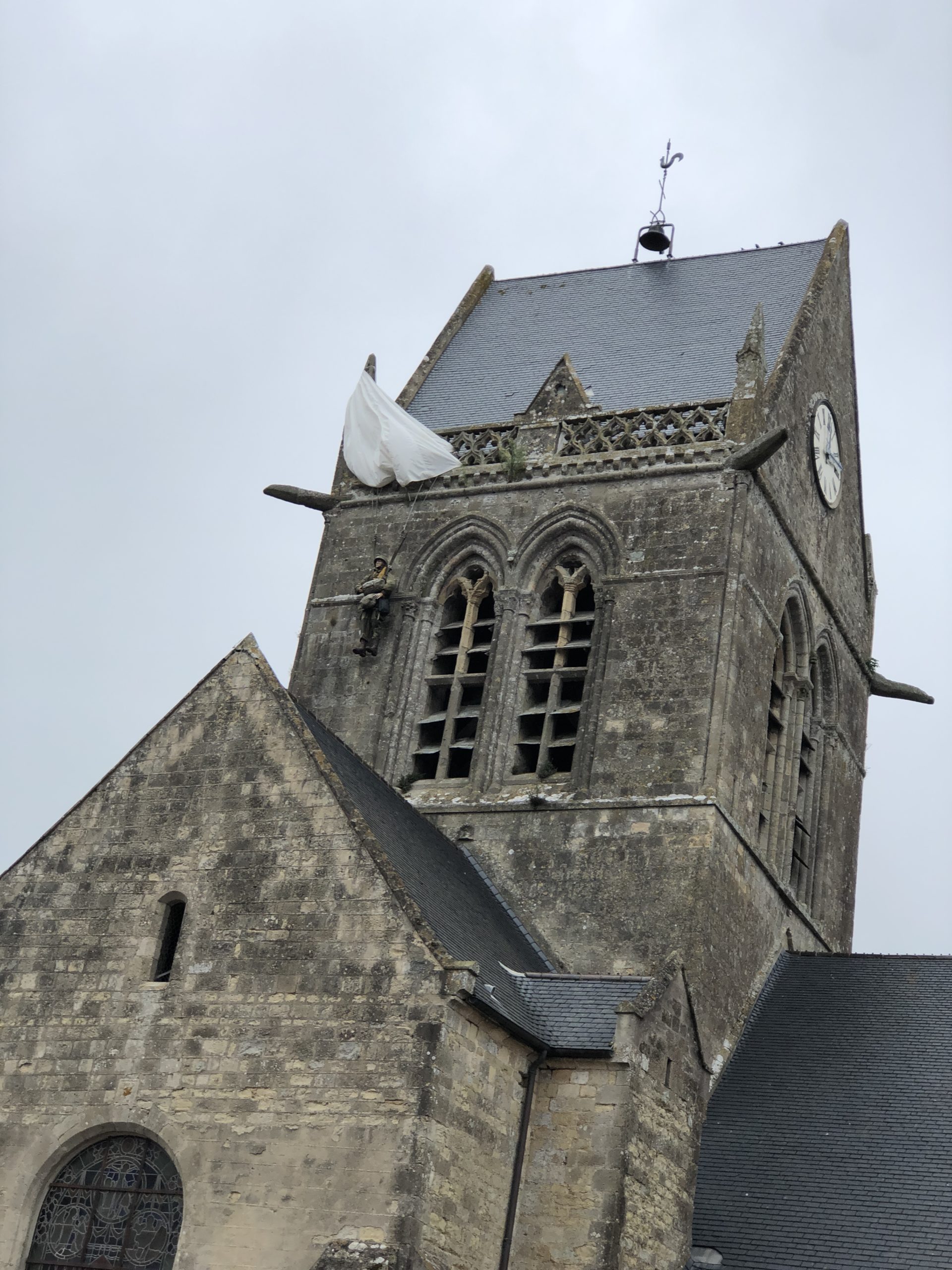
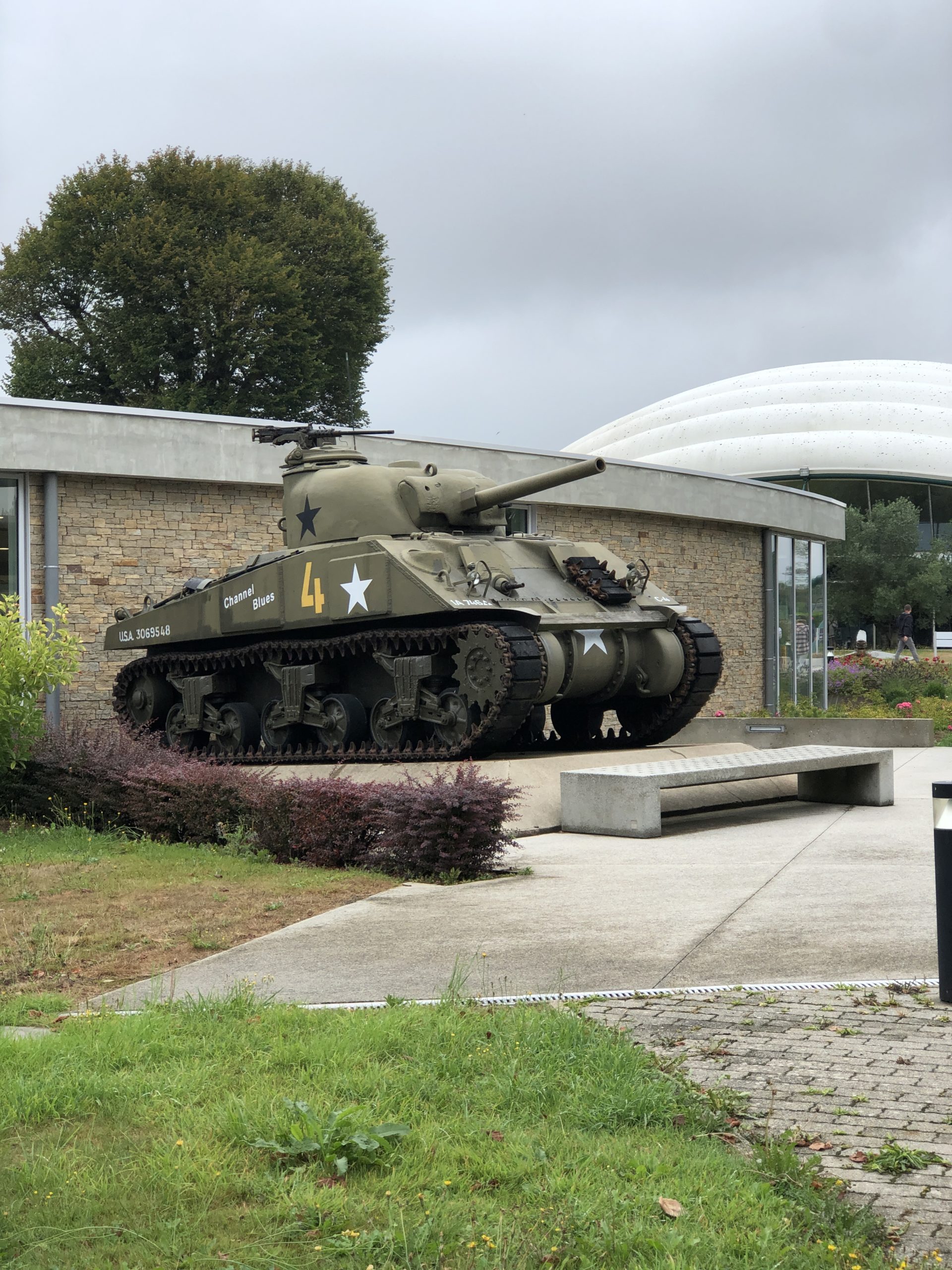
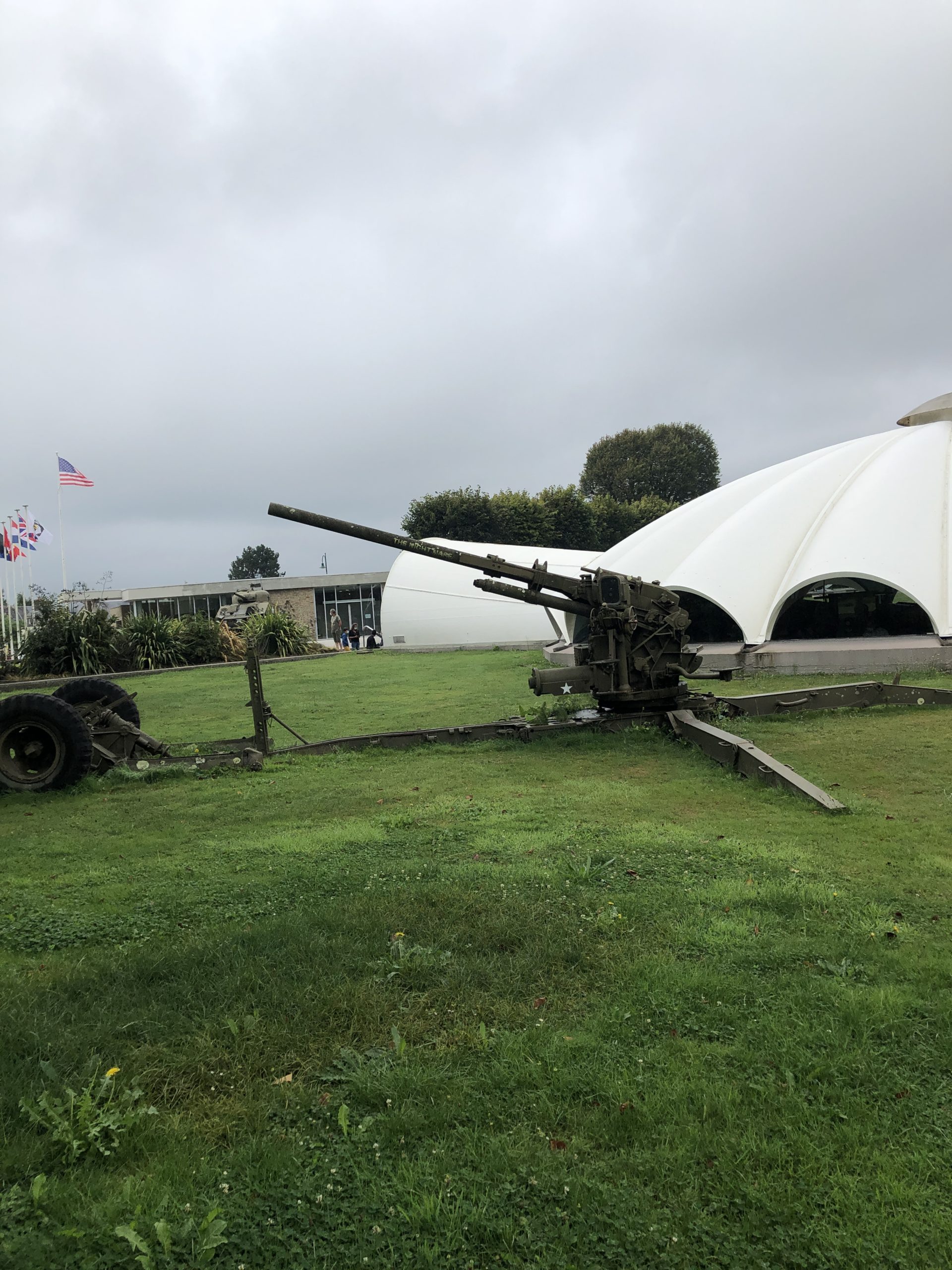
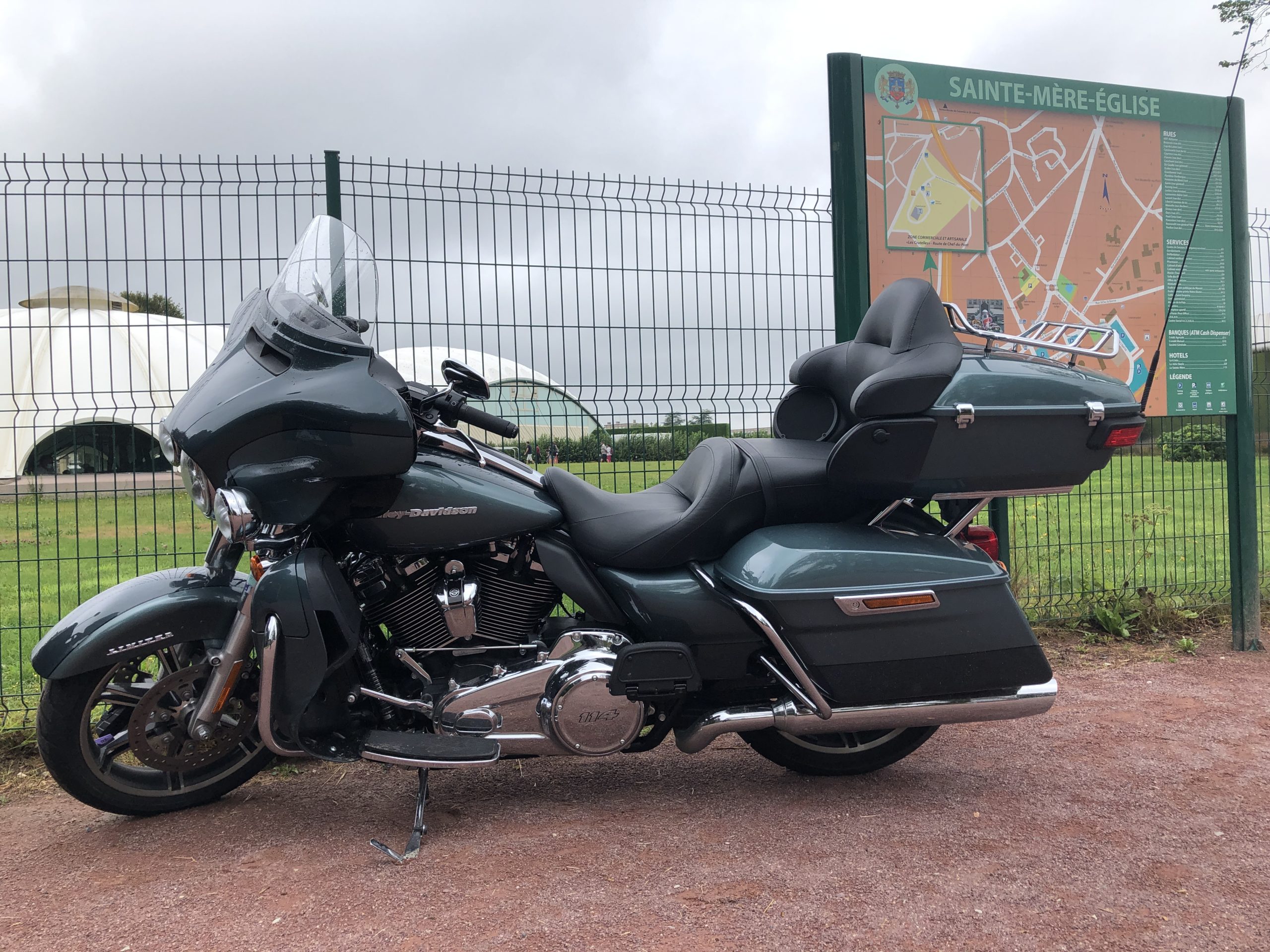

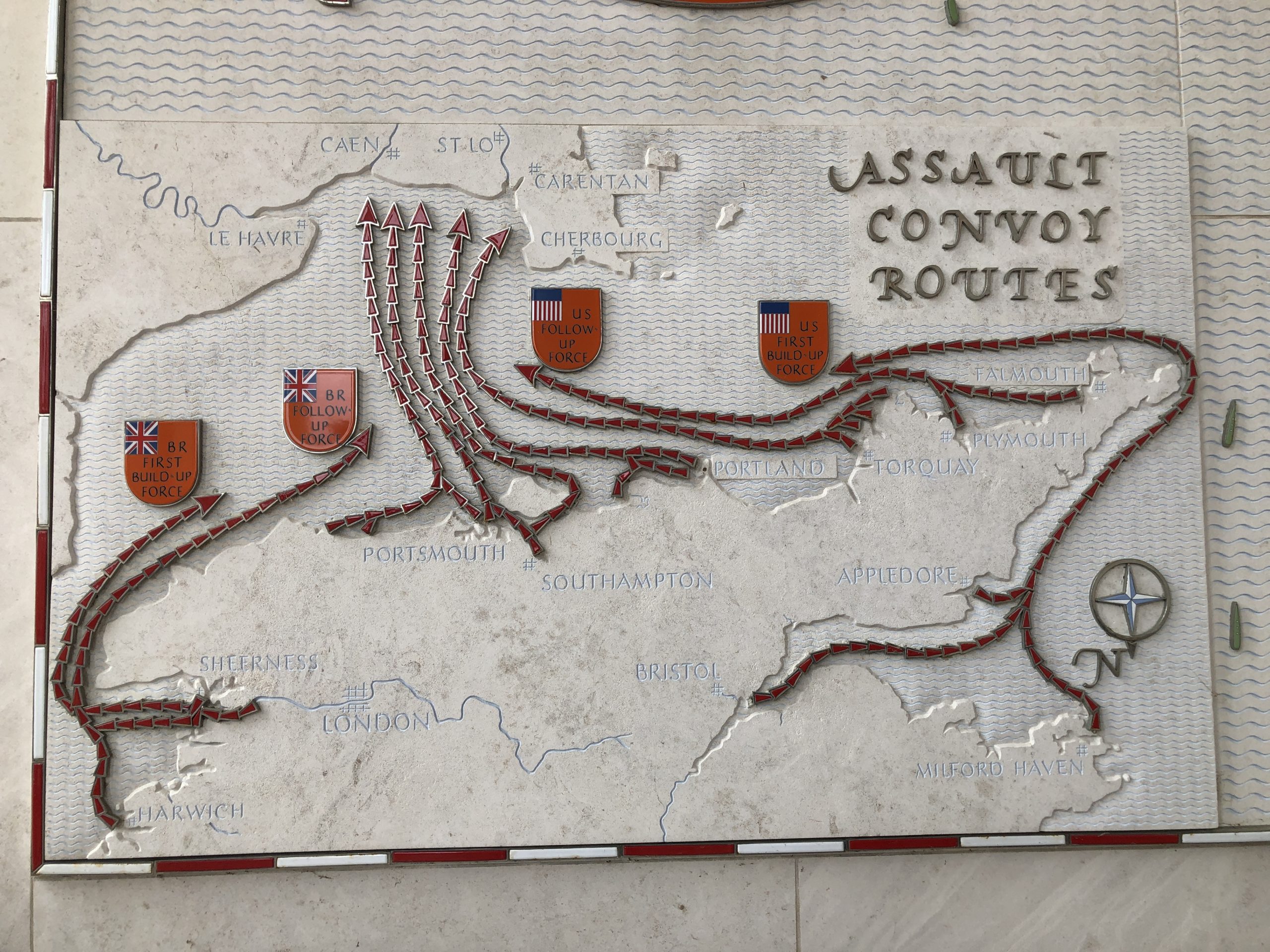
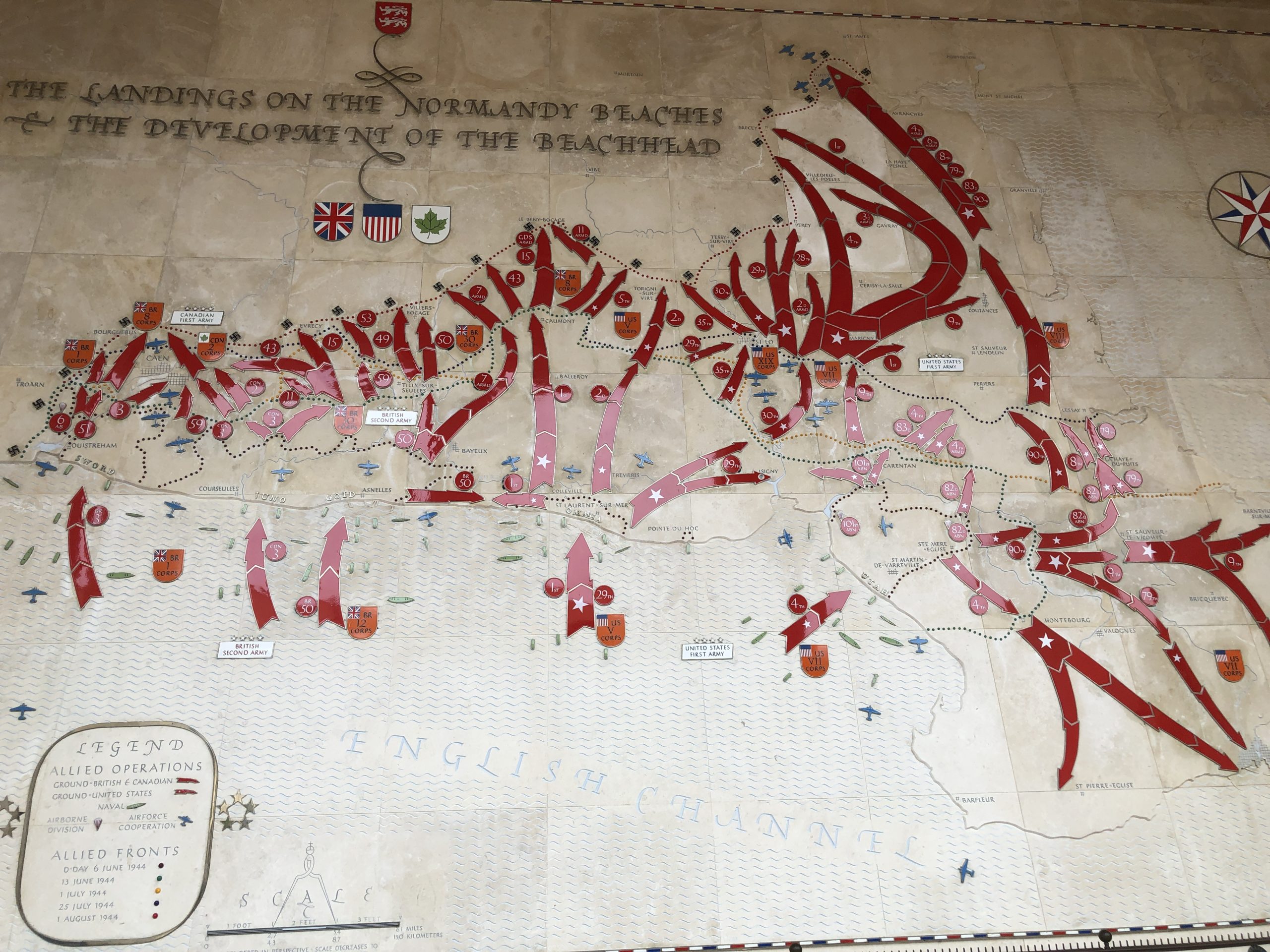
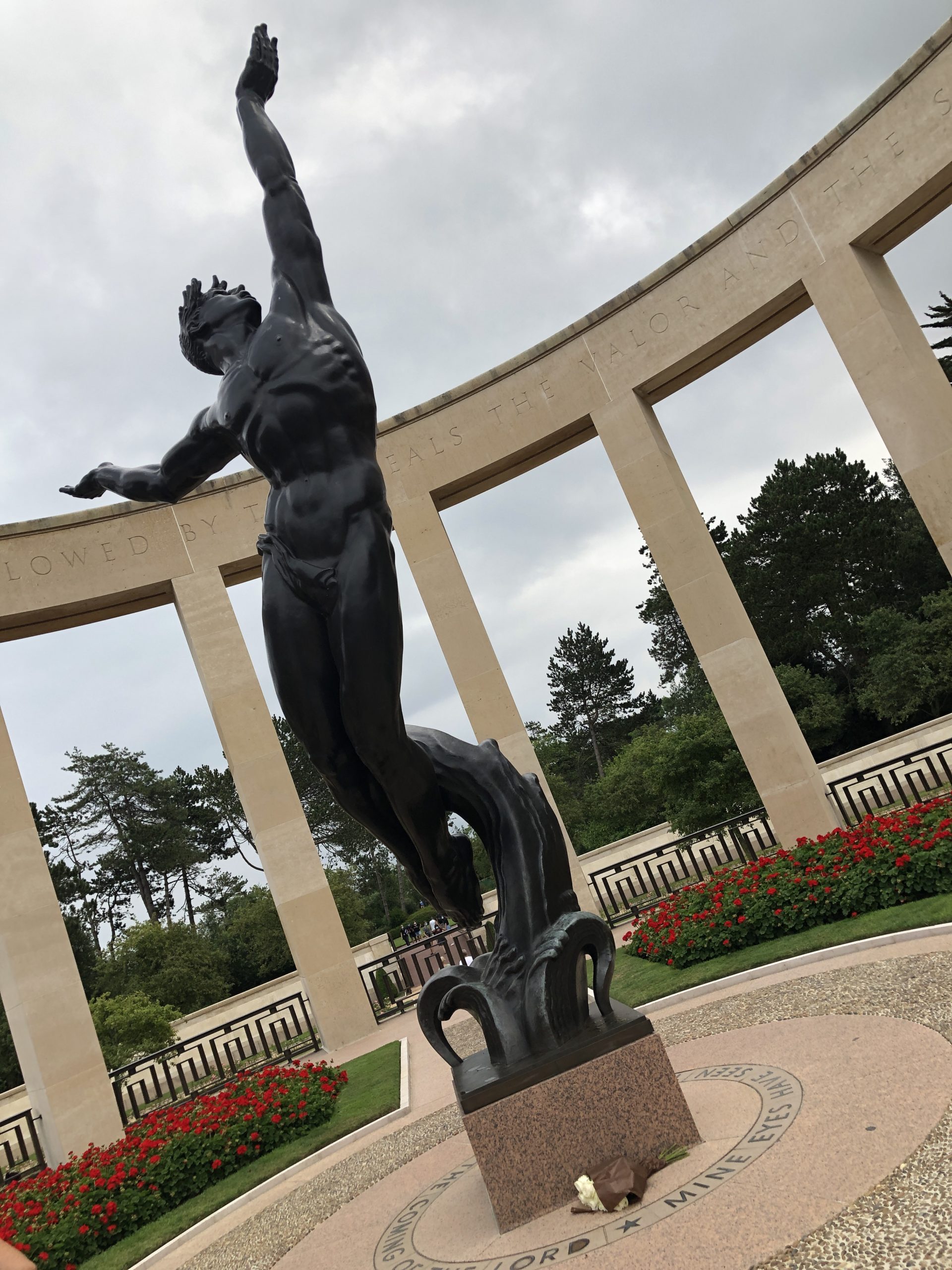
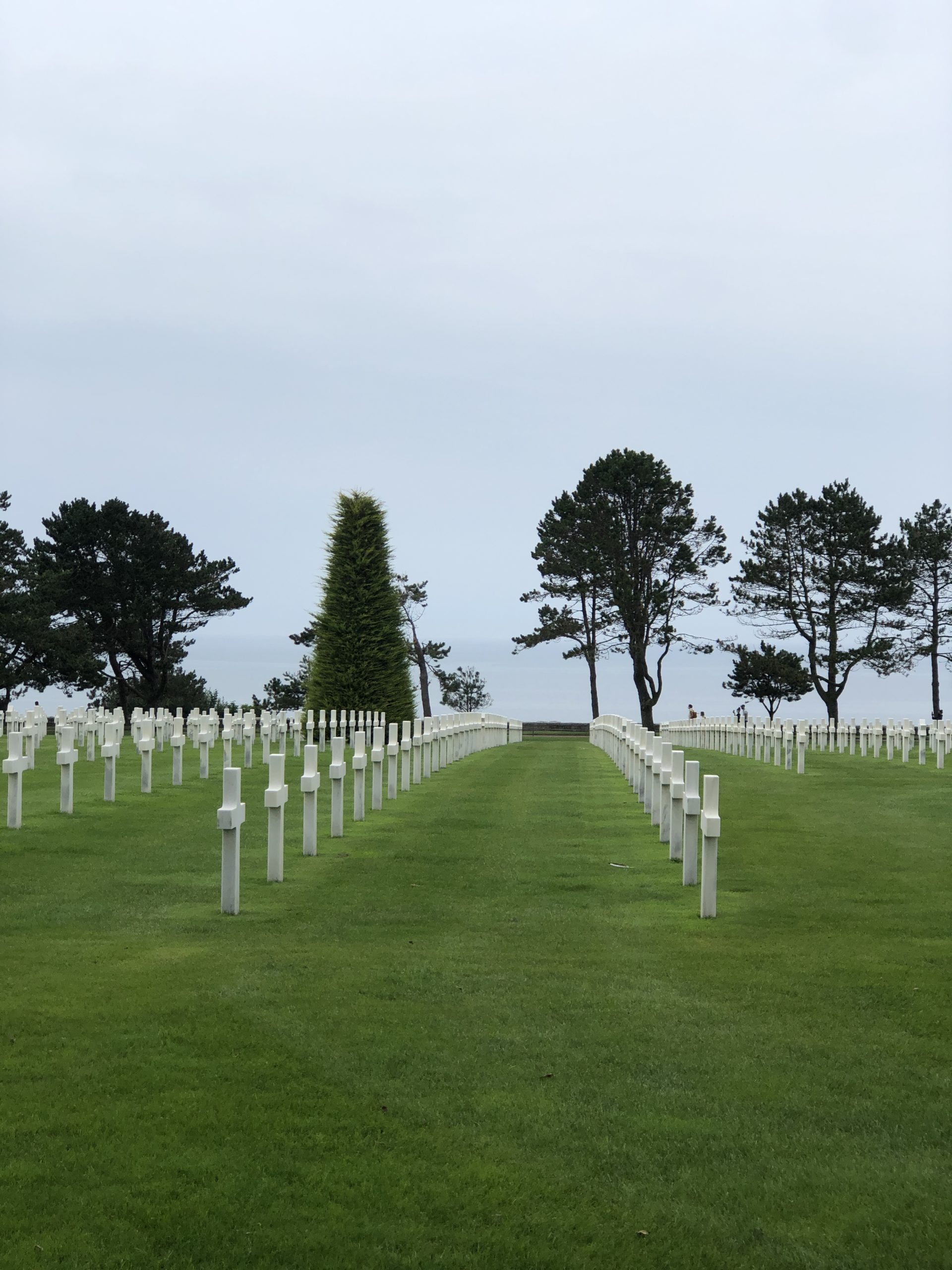
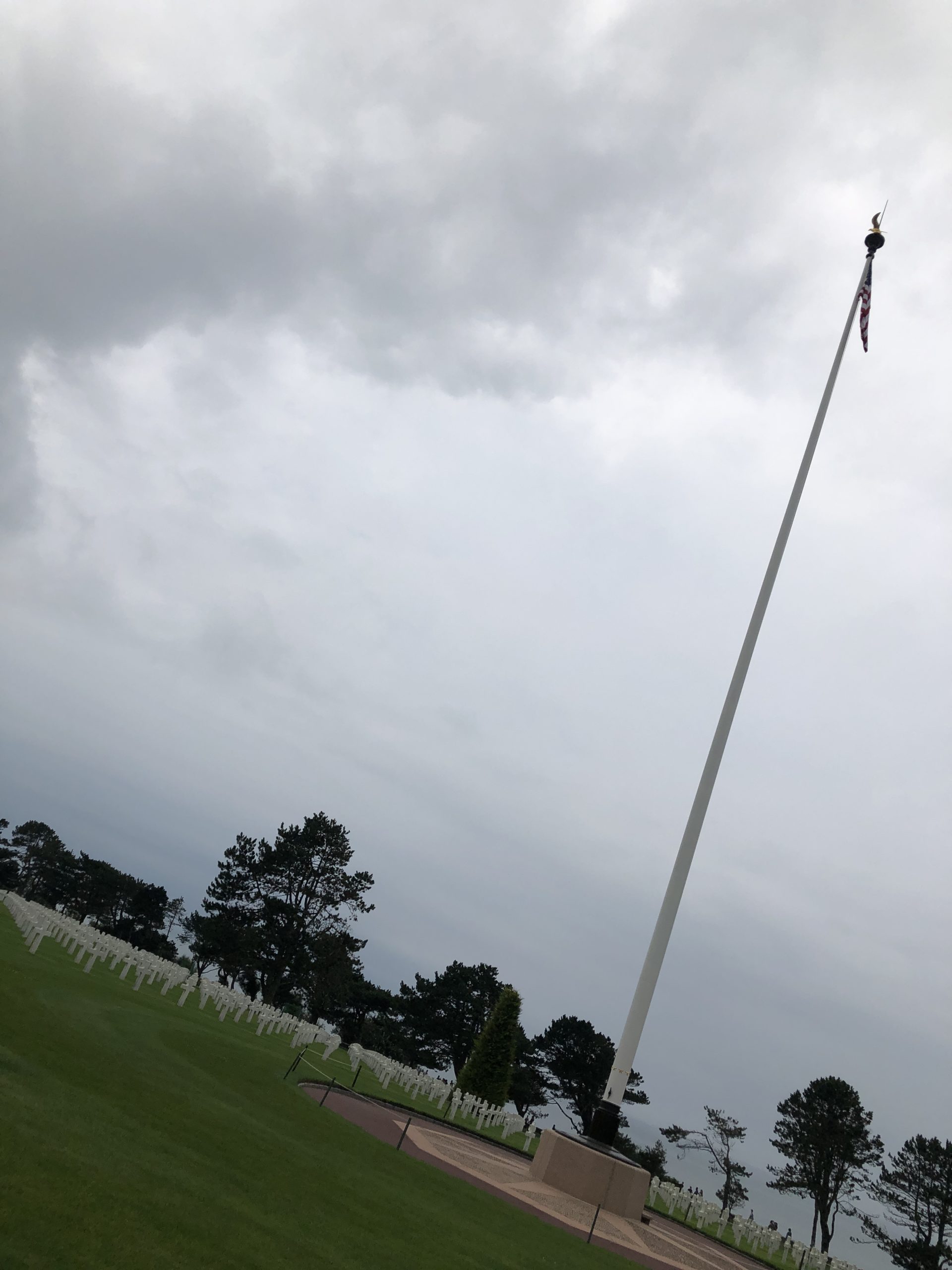

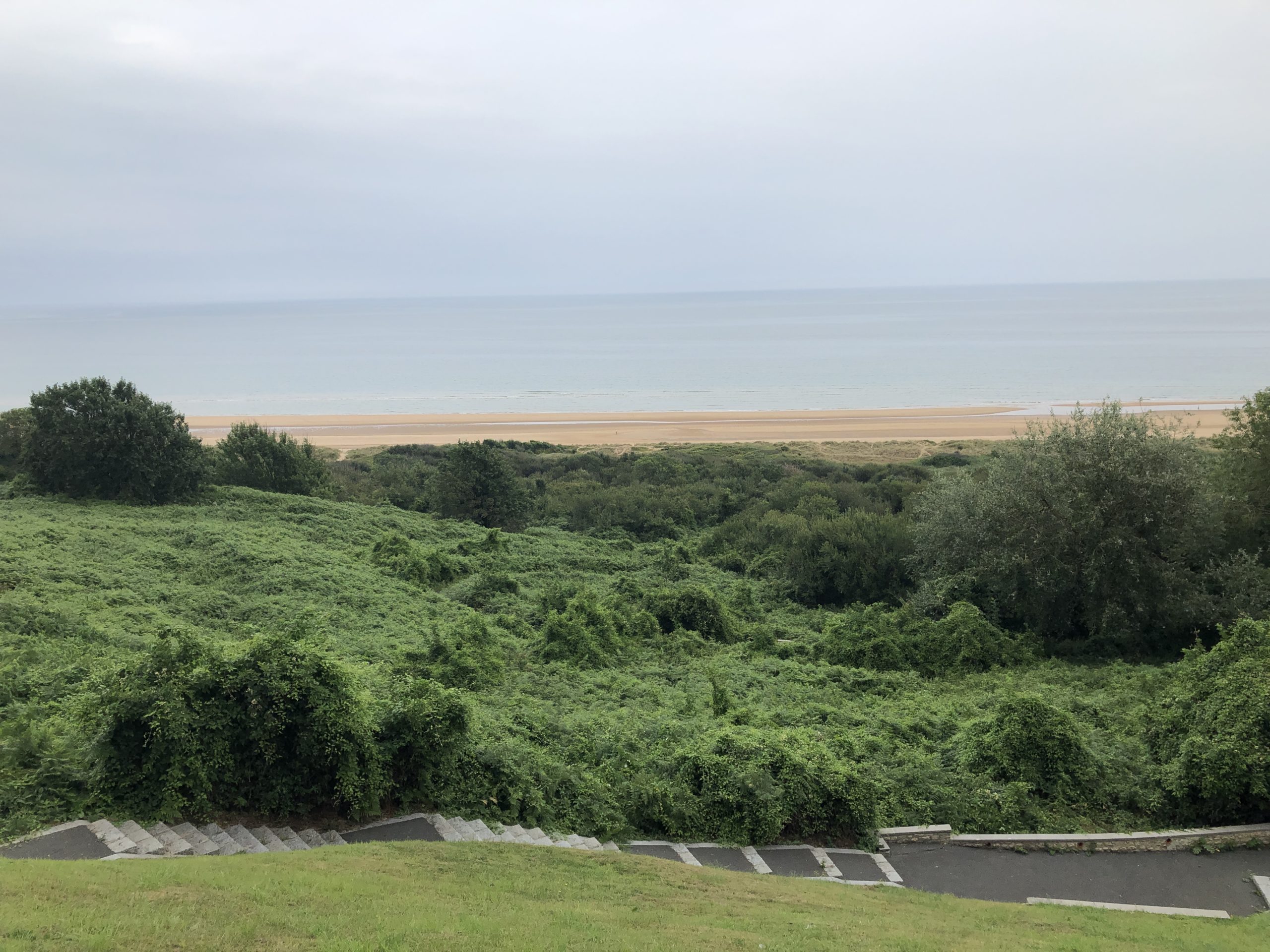




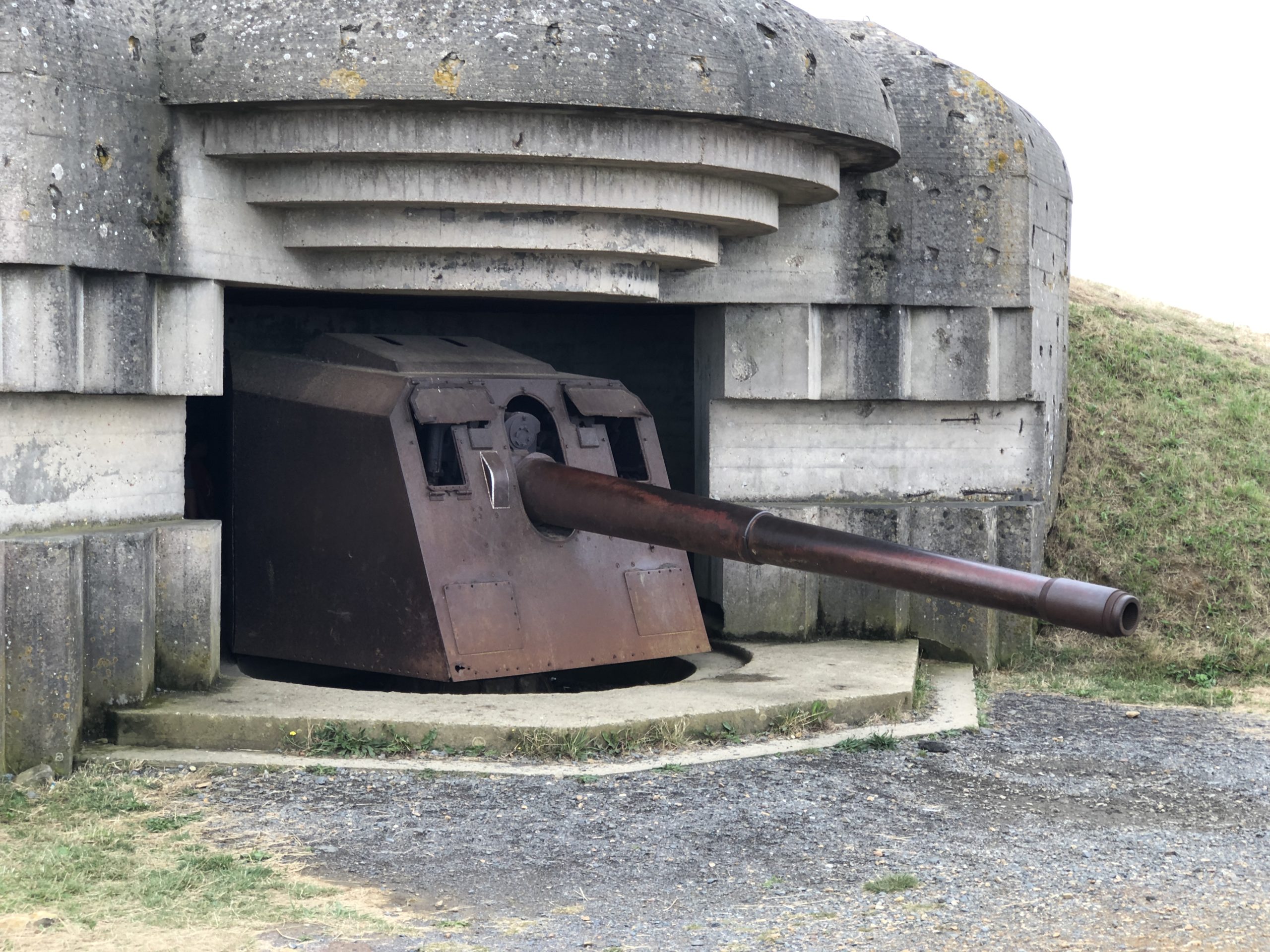

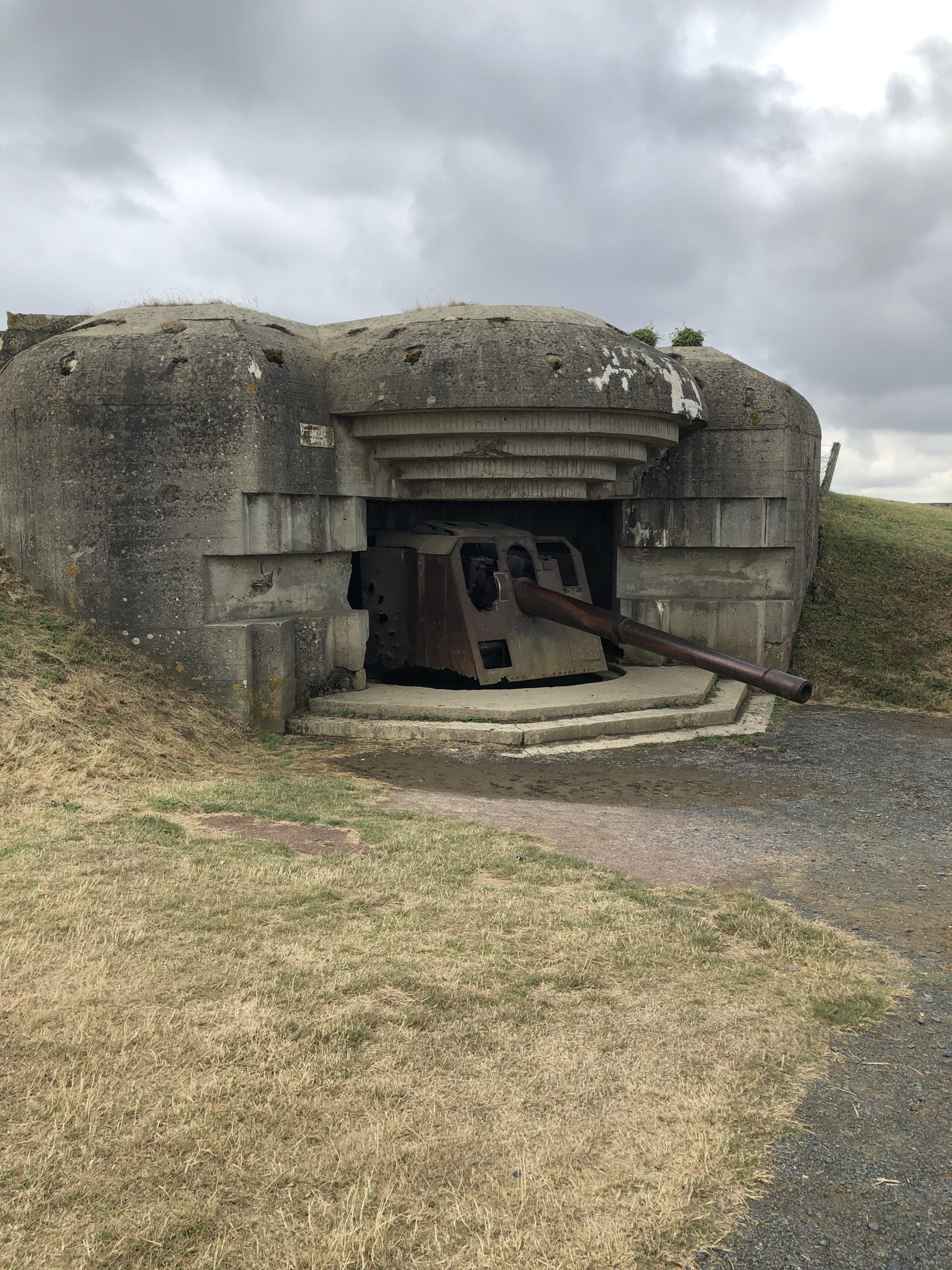
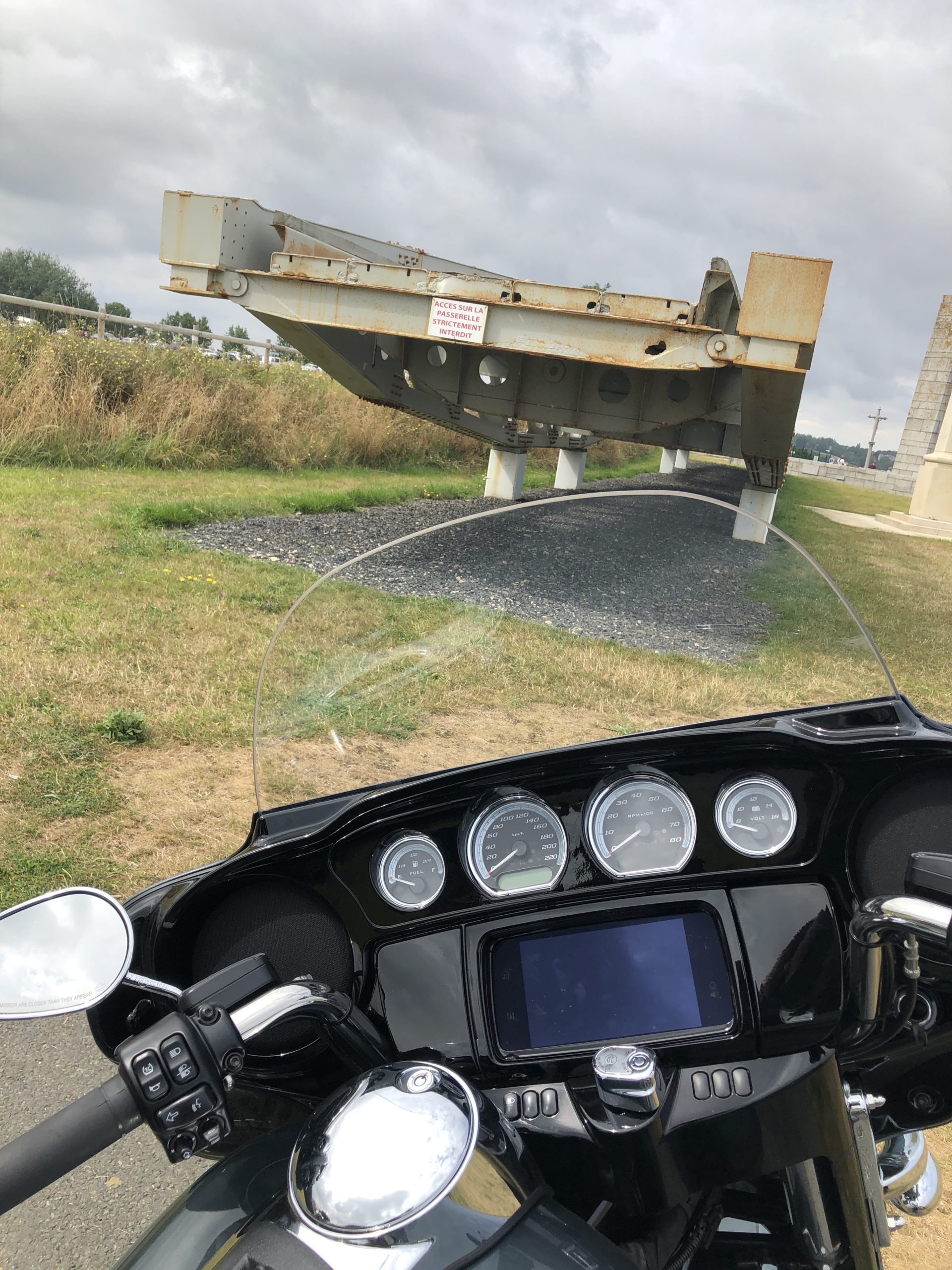
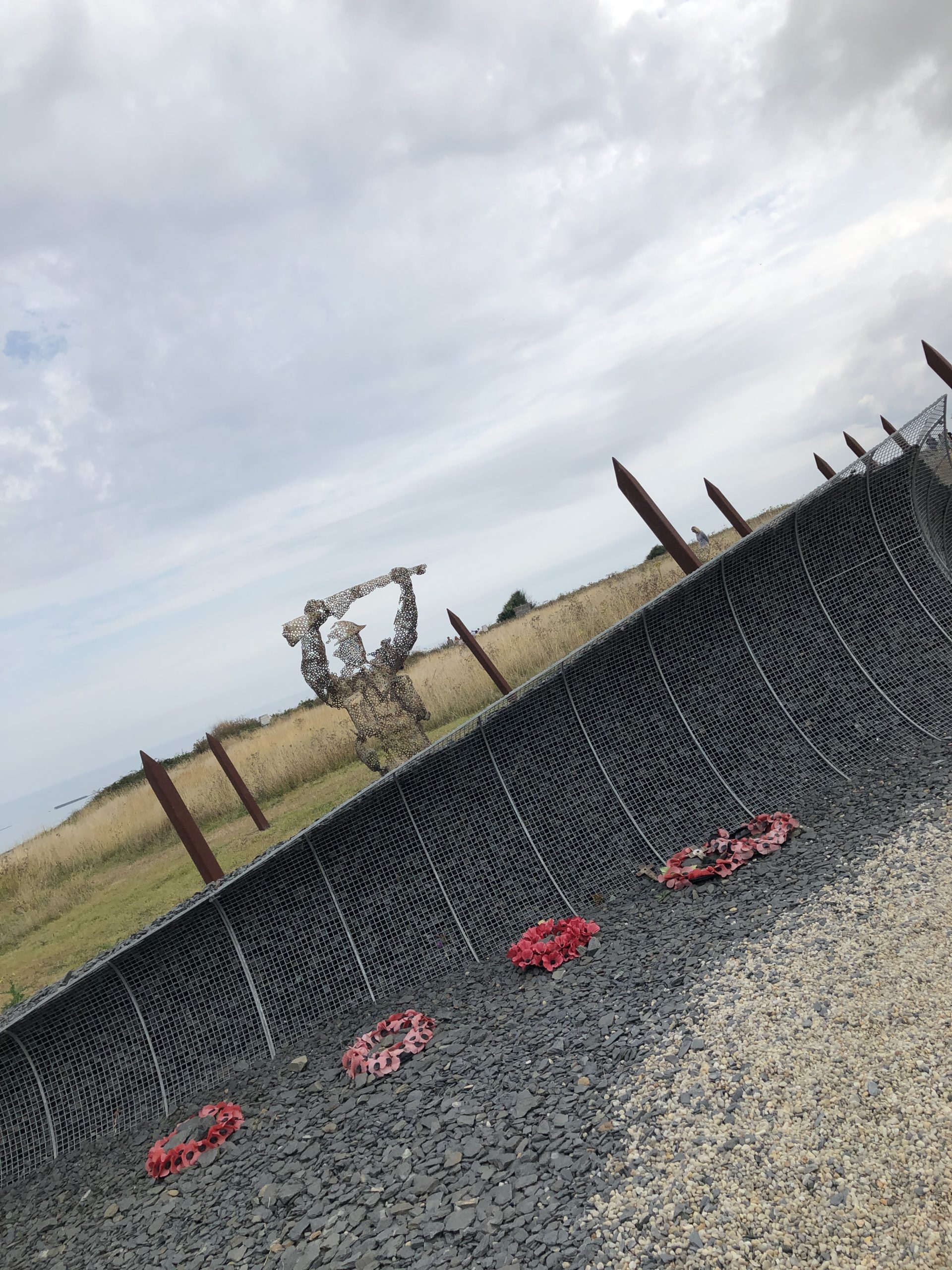
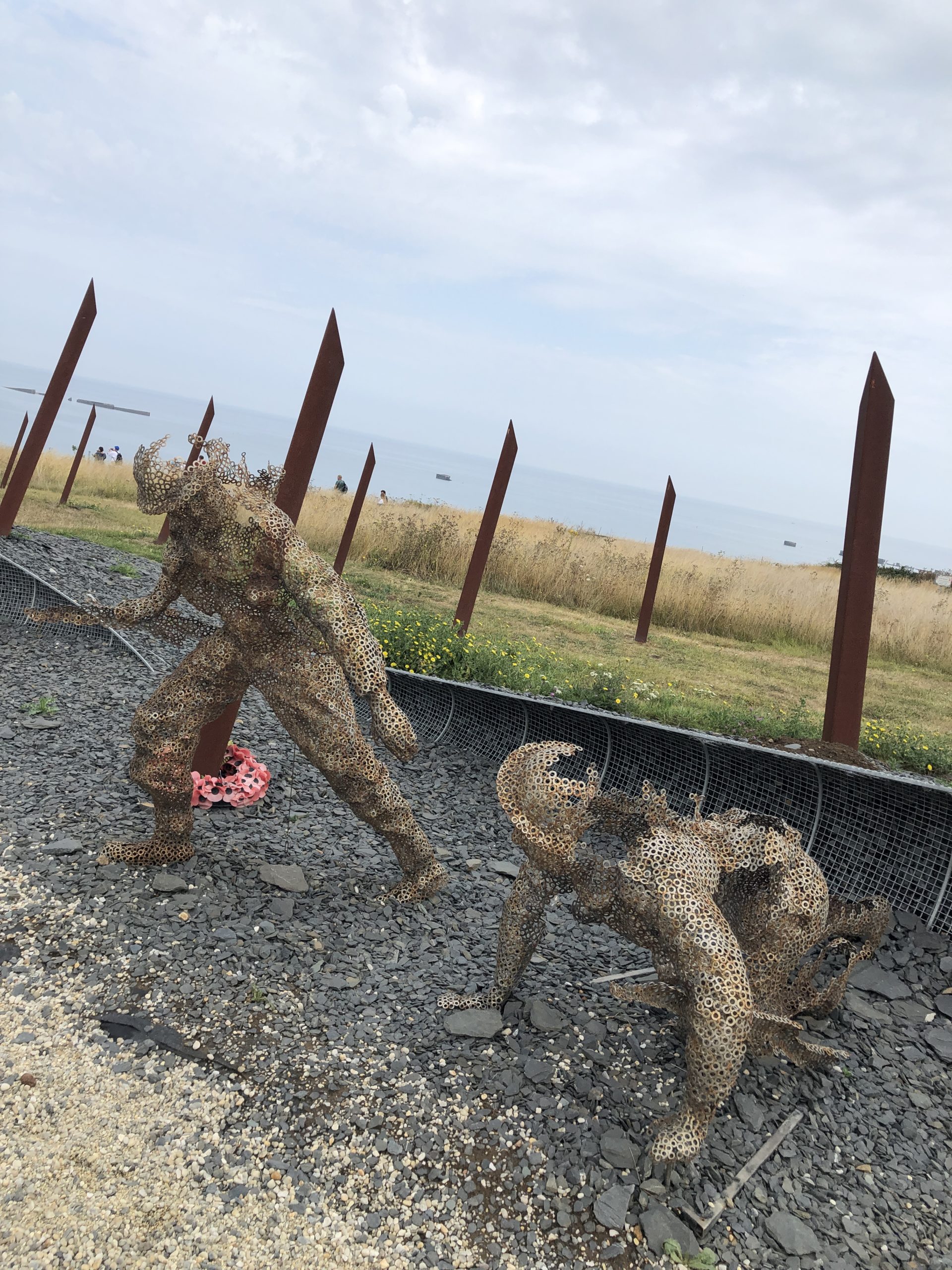

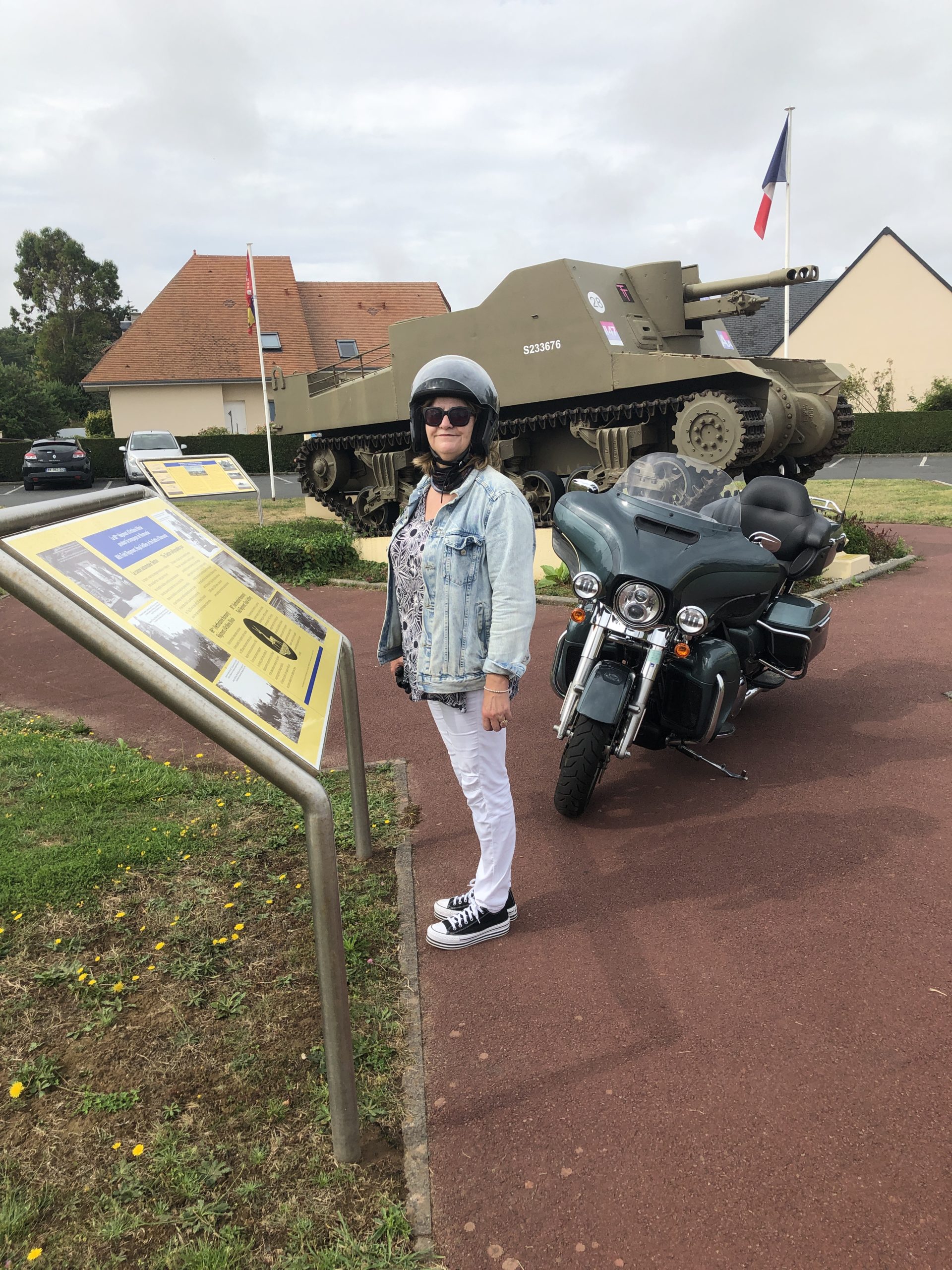
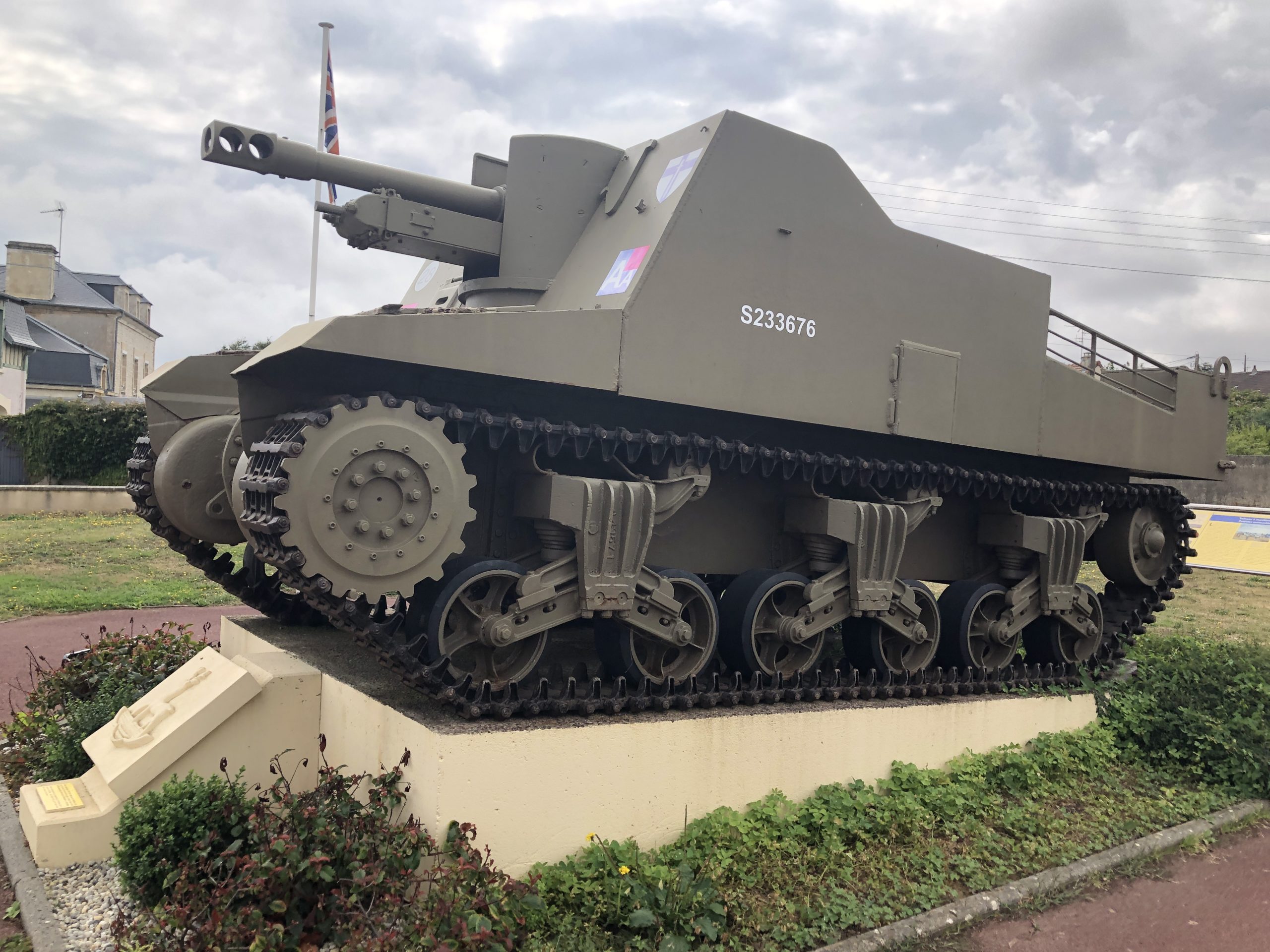

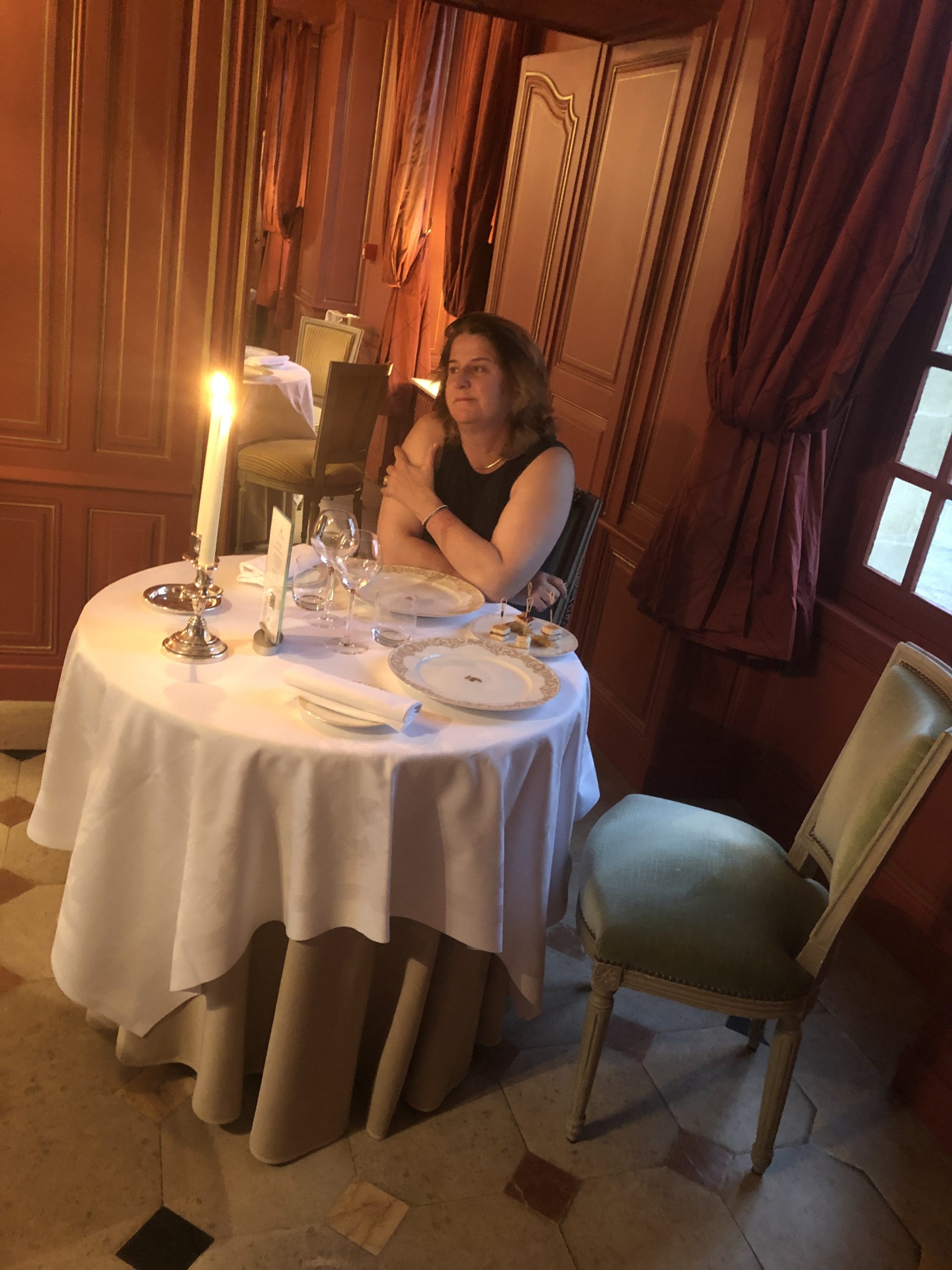
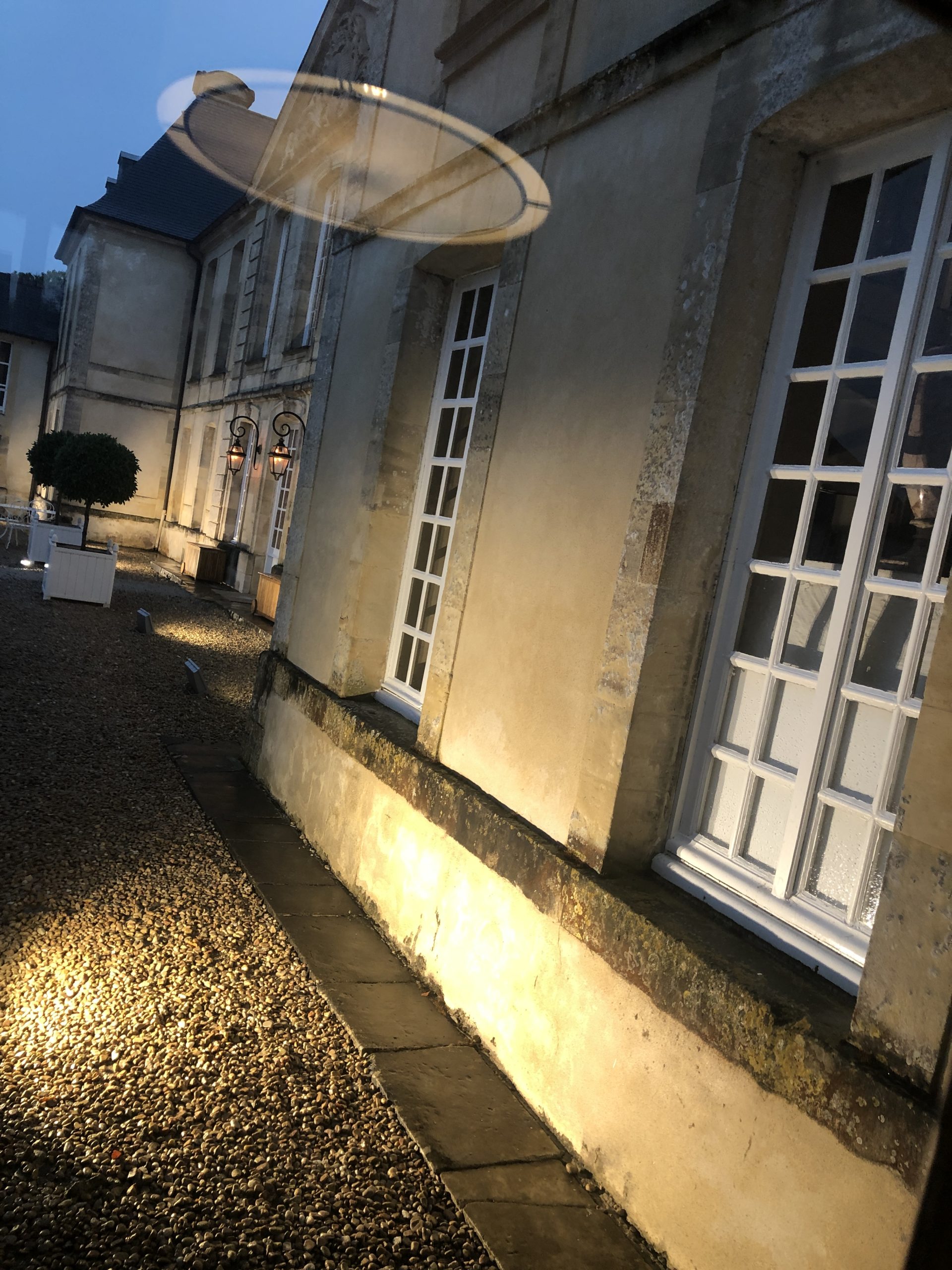

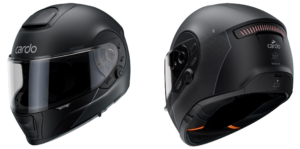

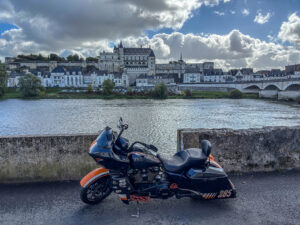

More Stories
RIDE TO LEONARDO DA VINCI’S CASTLE
RIDE TO BOOZ
RIDE TO THE VILLAGE CALLED HEDGEHOG